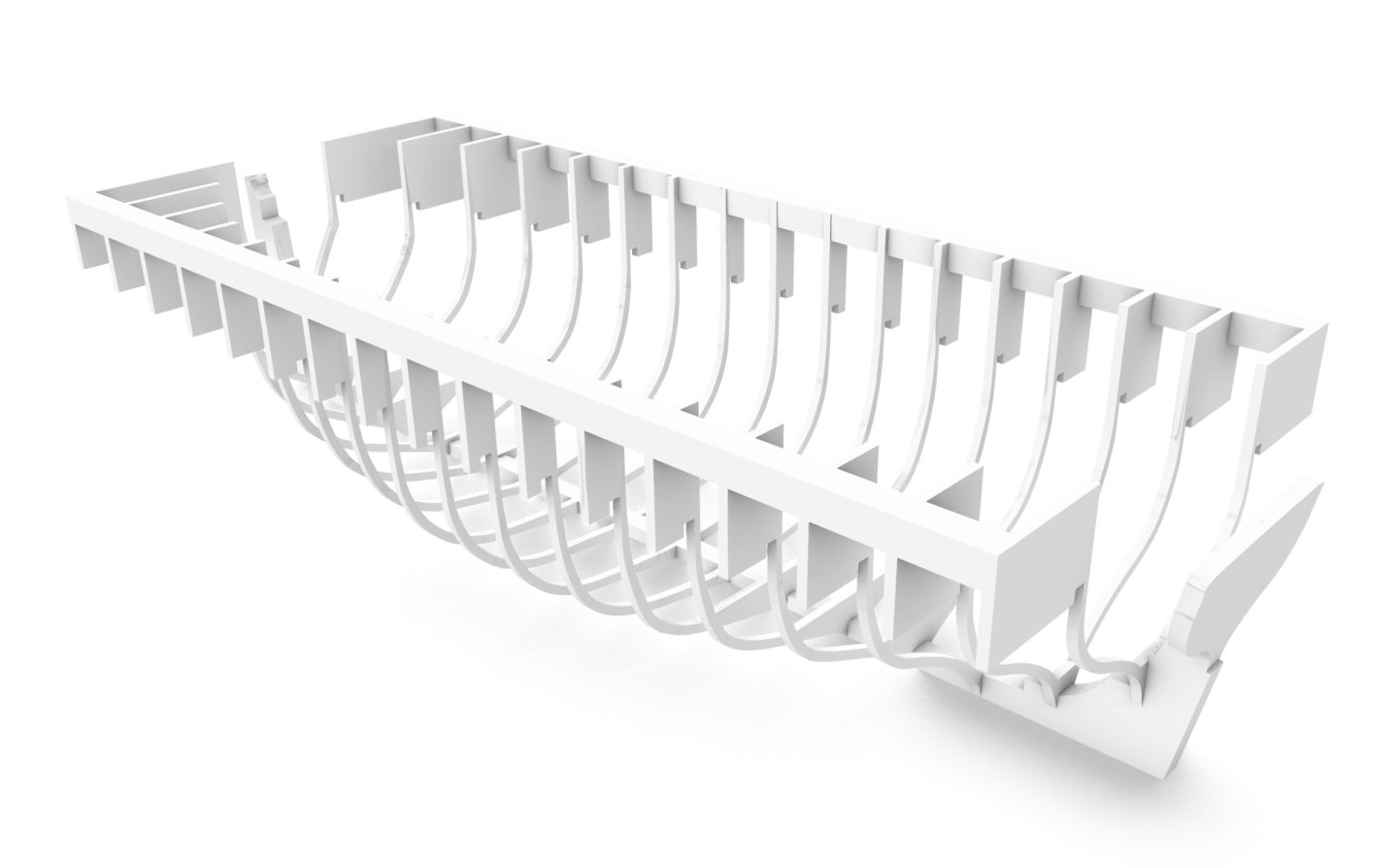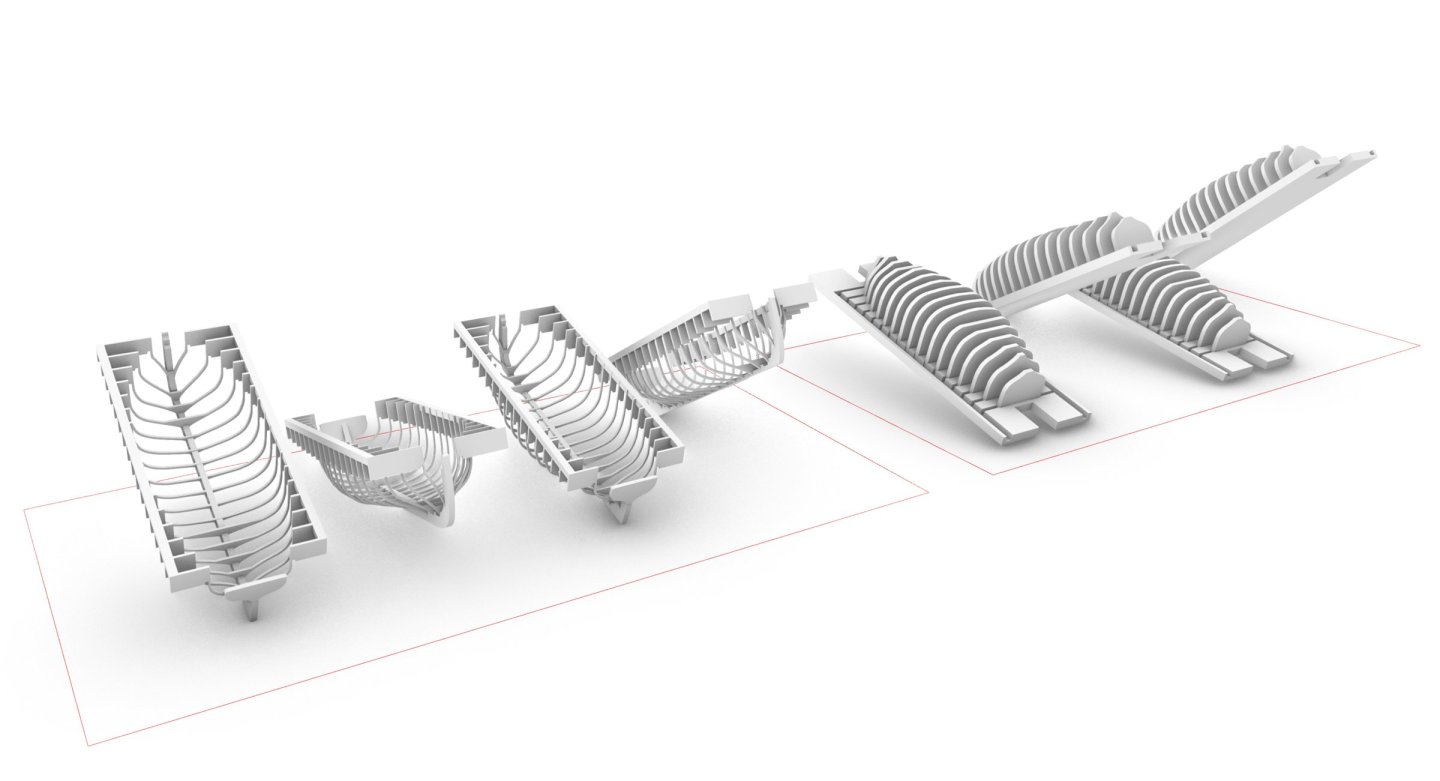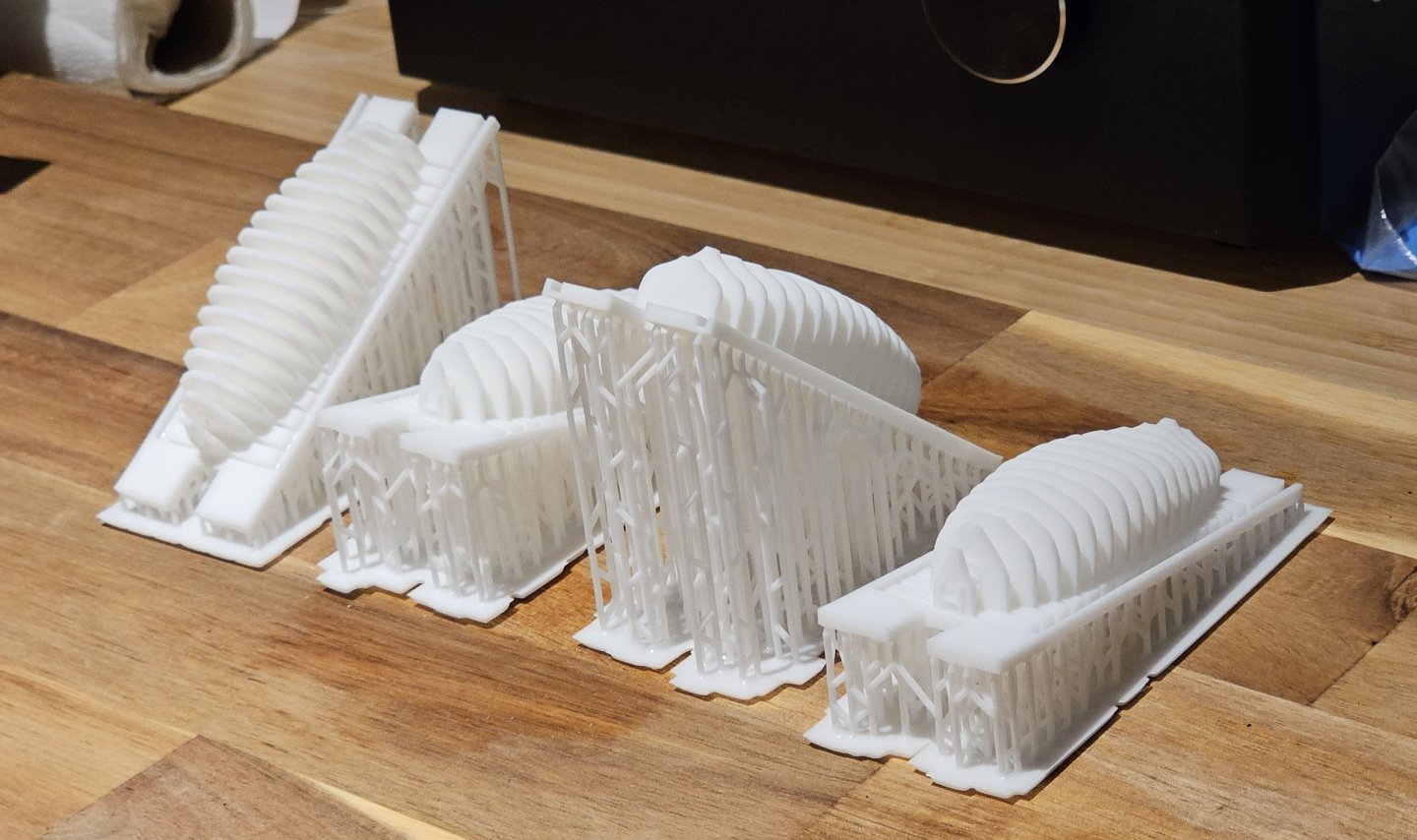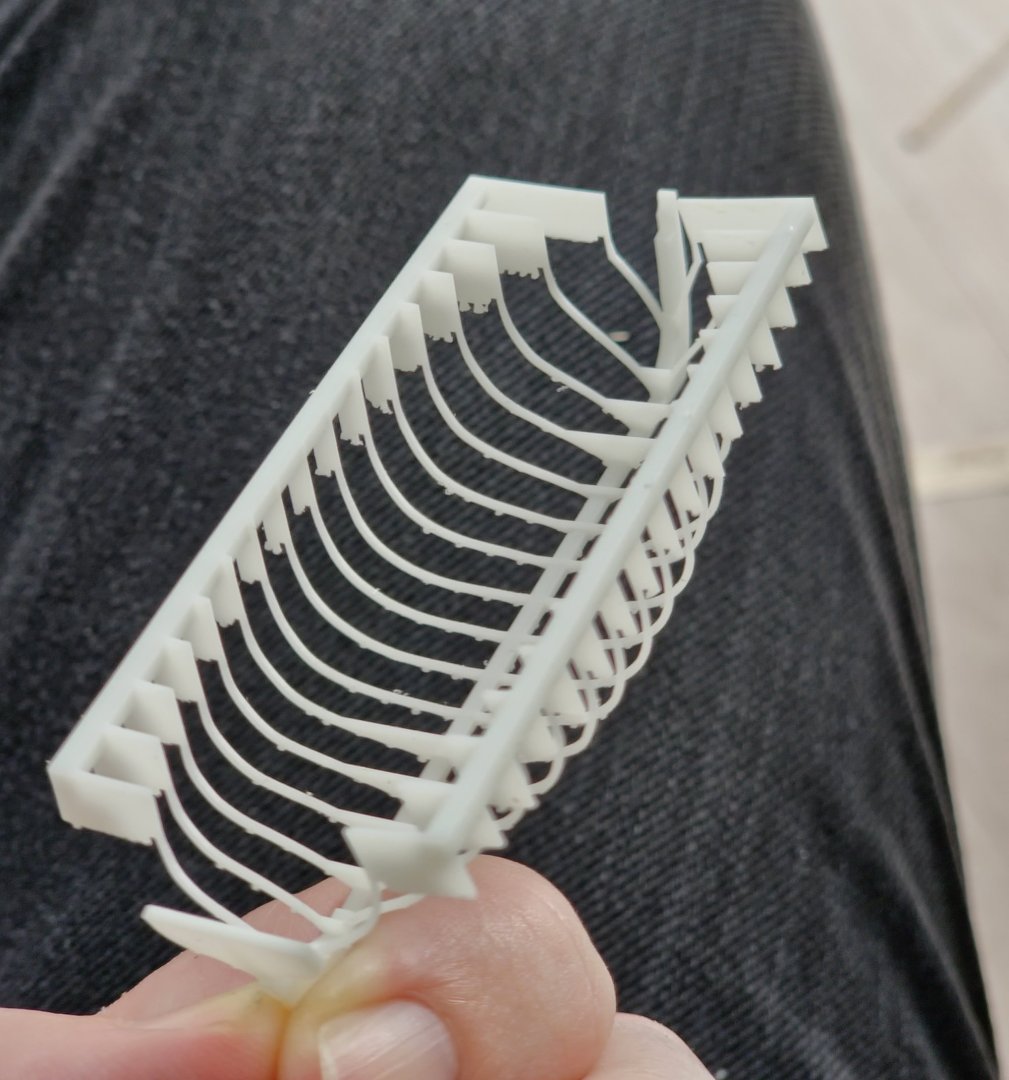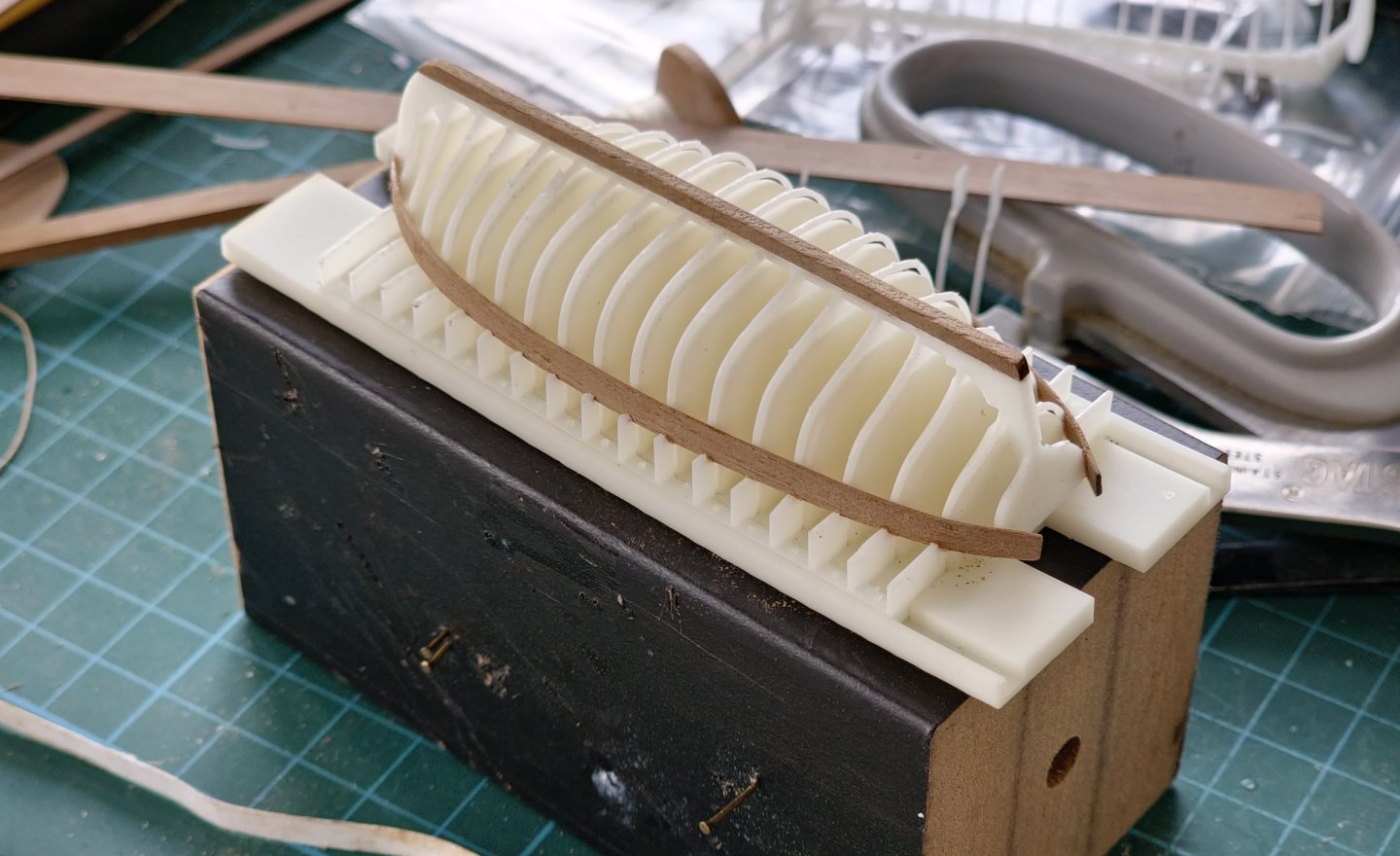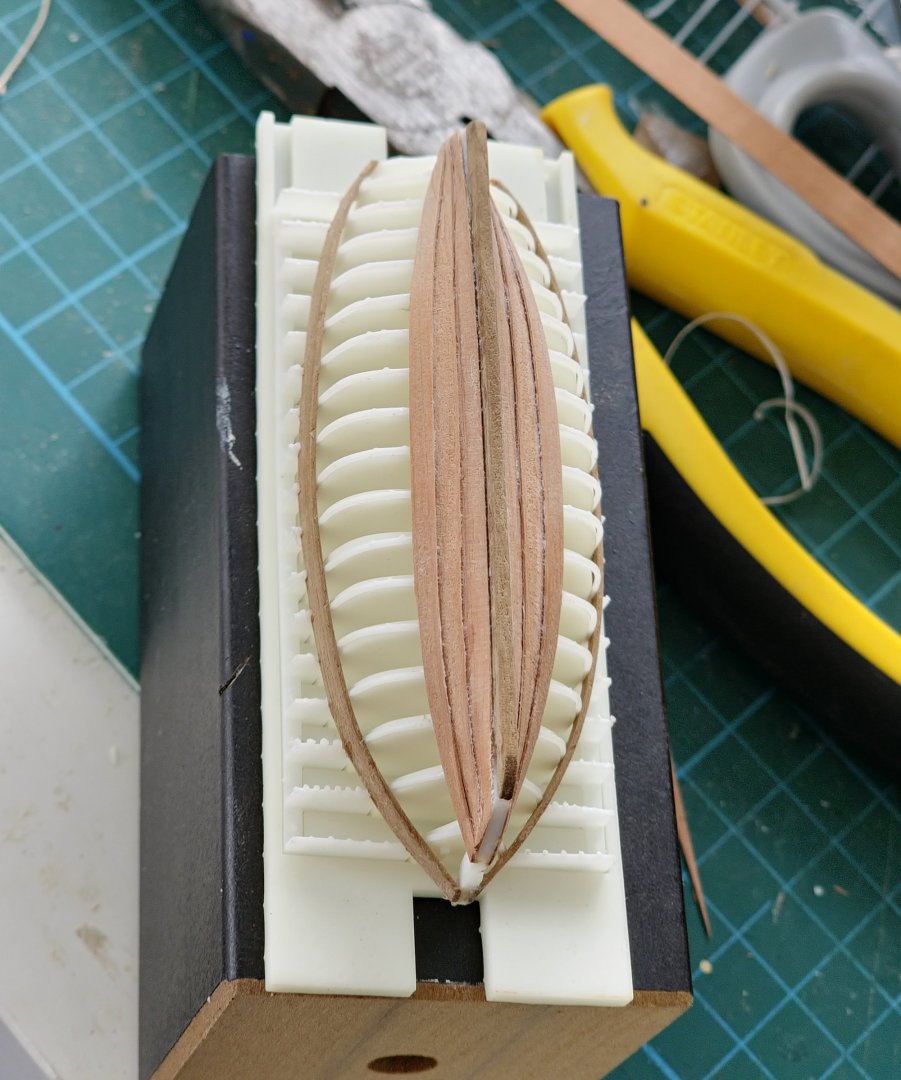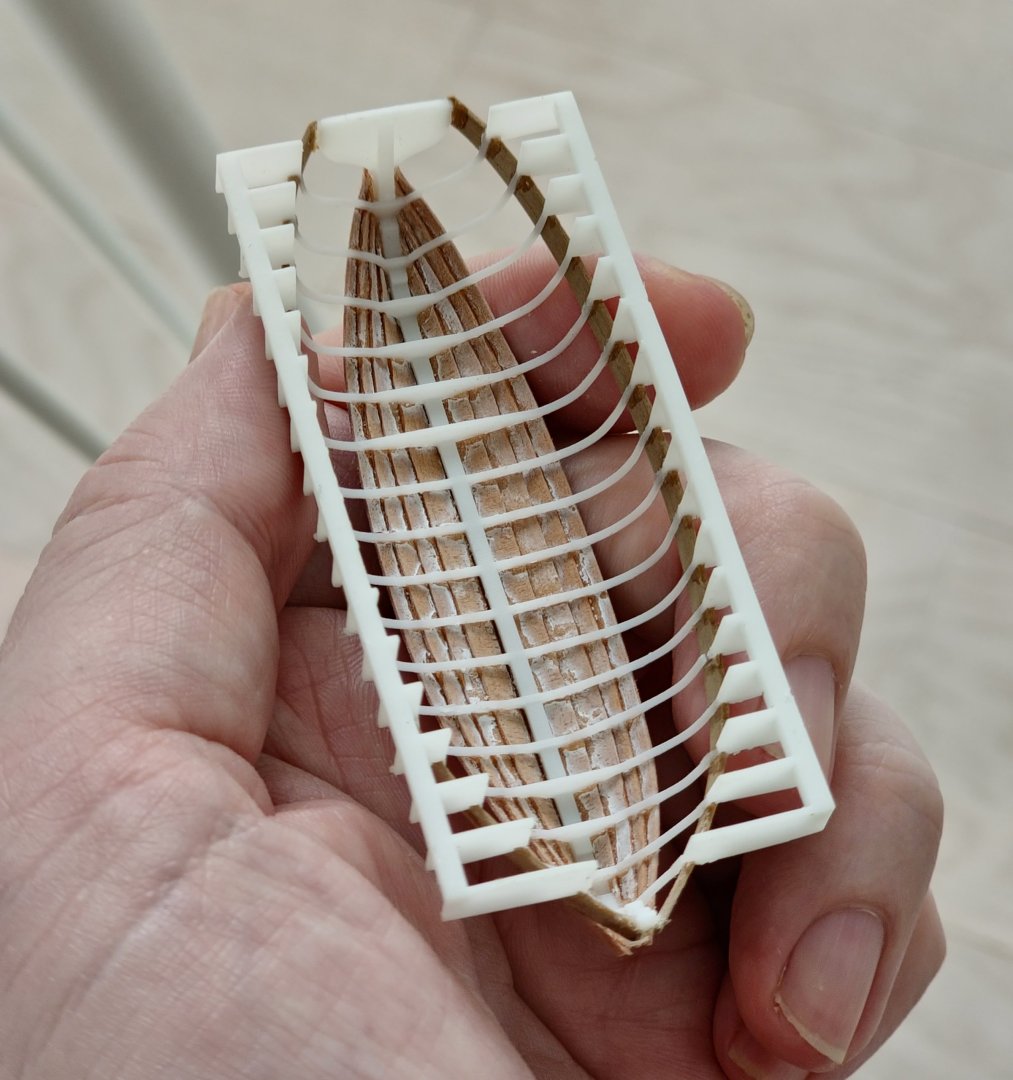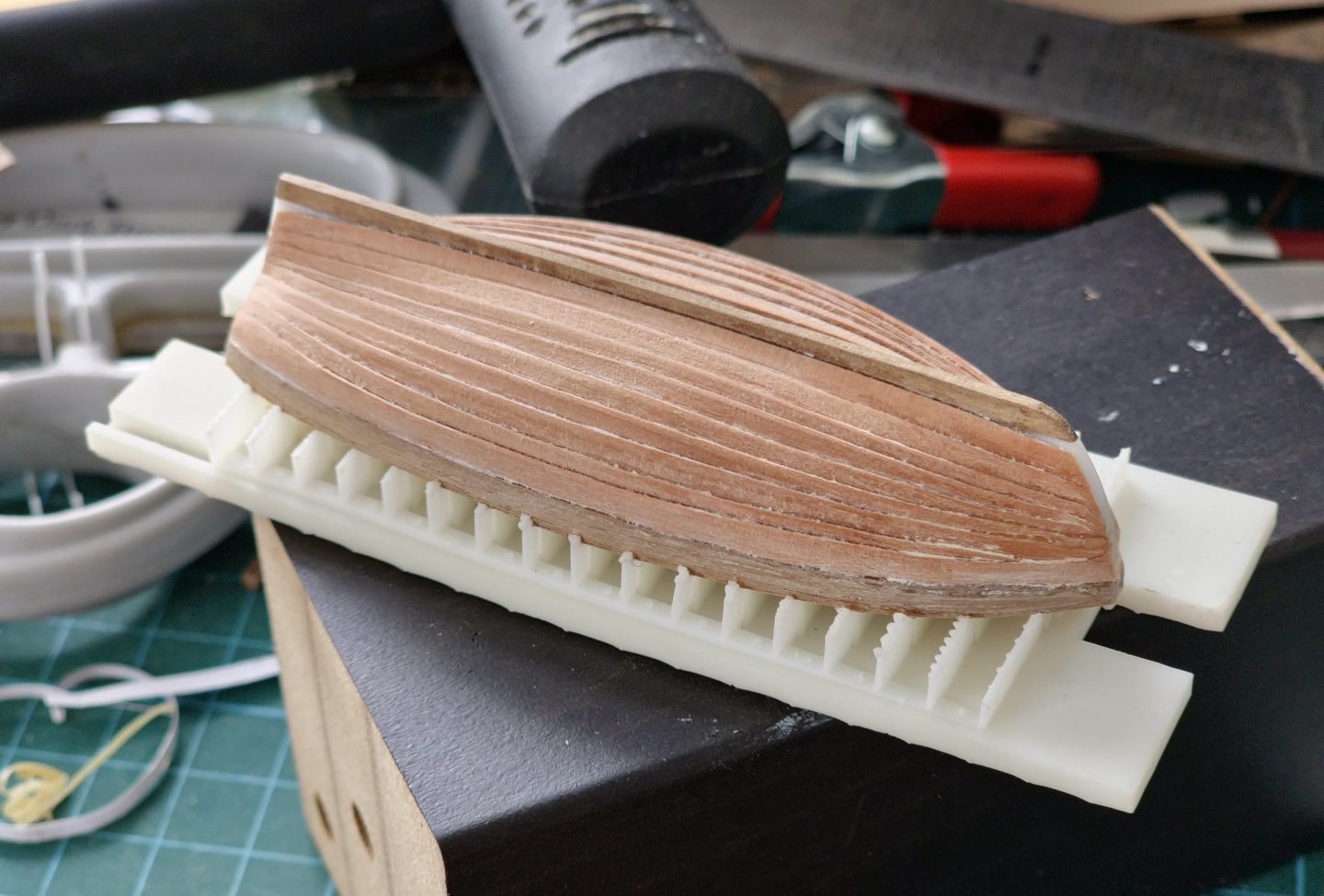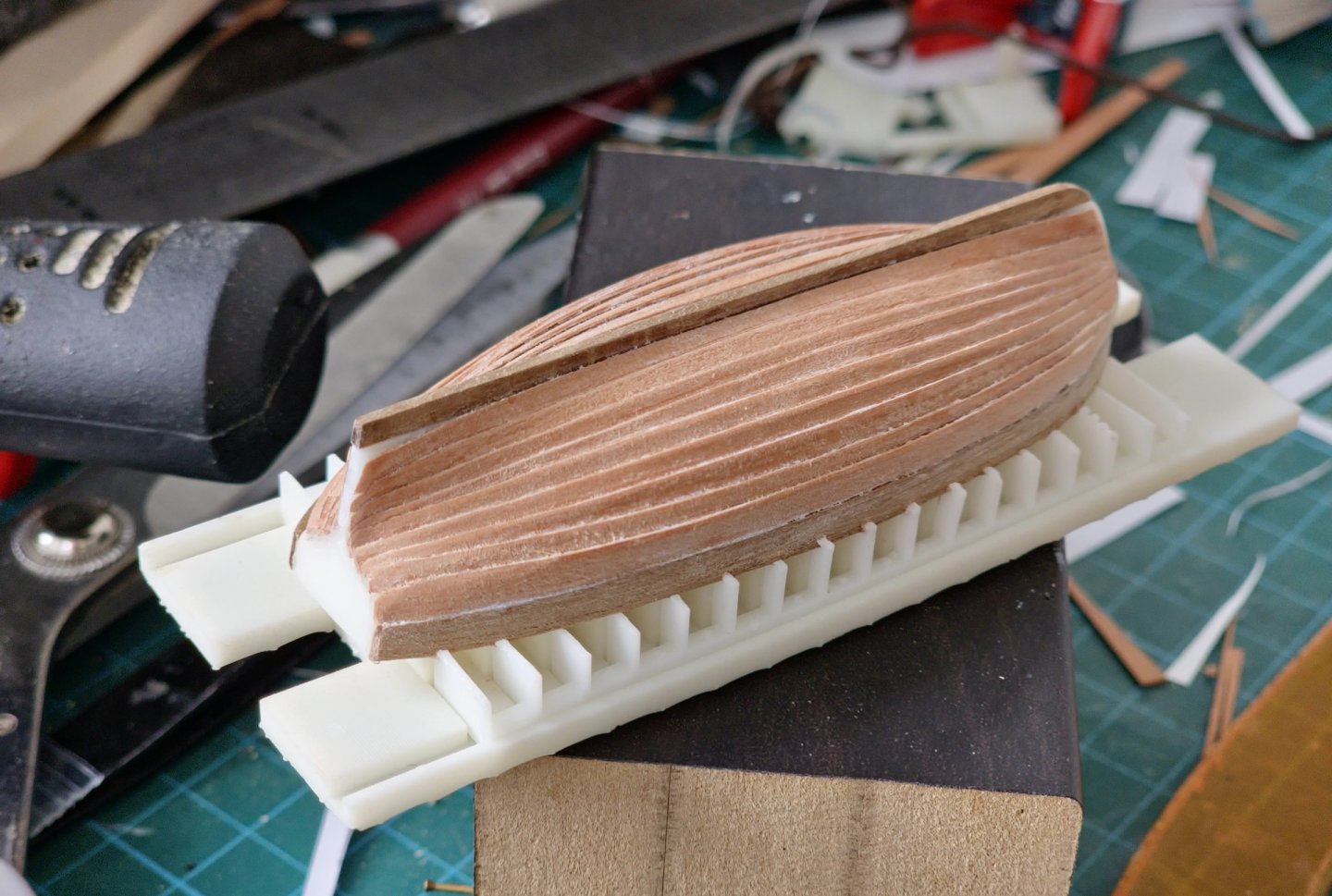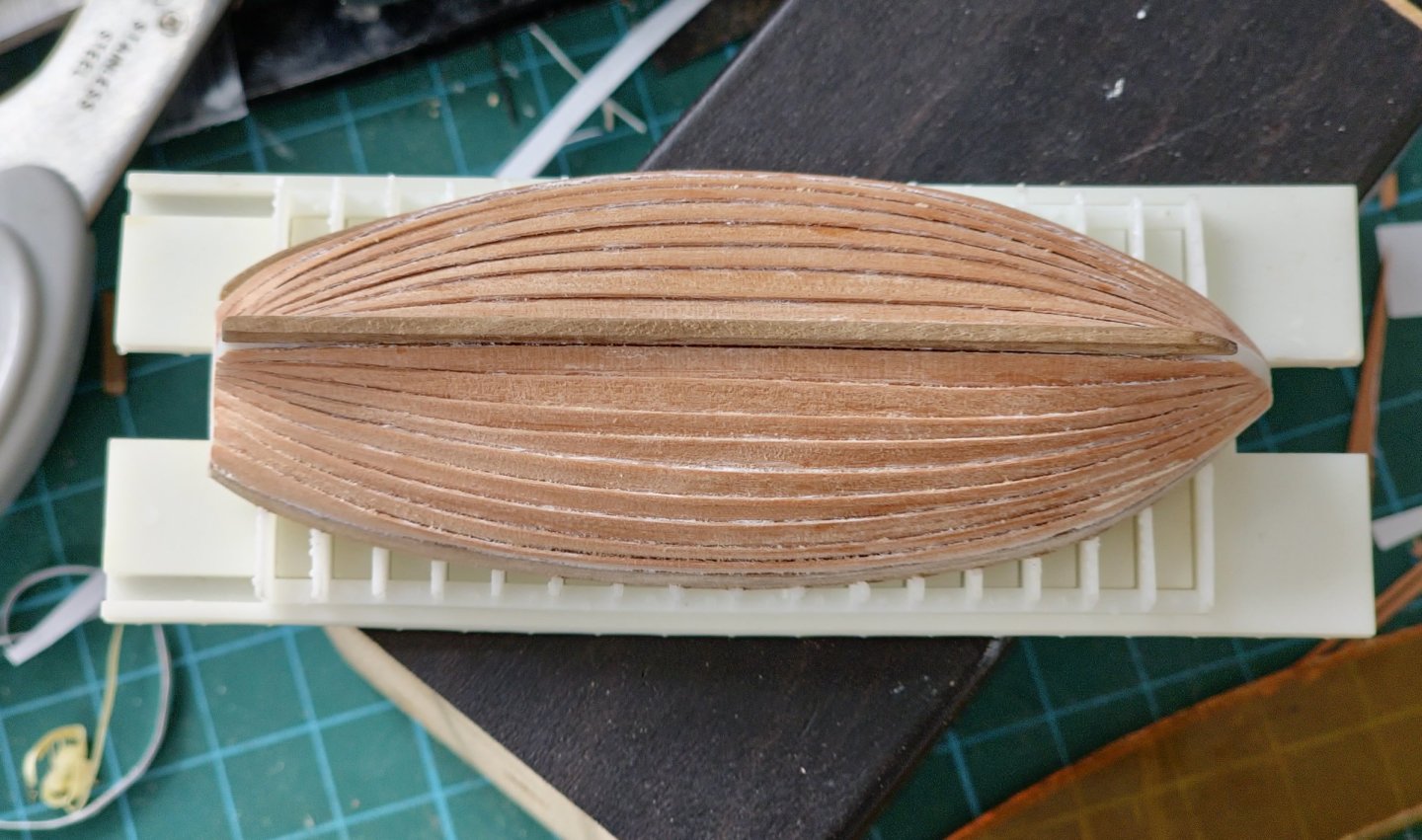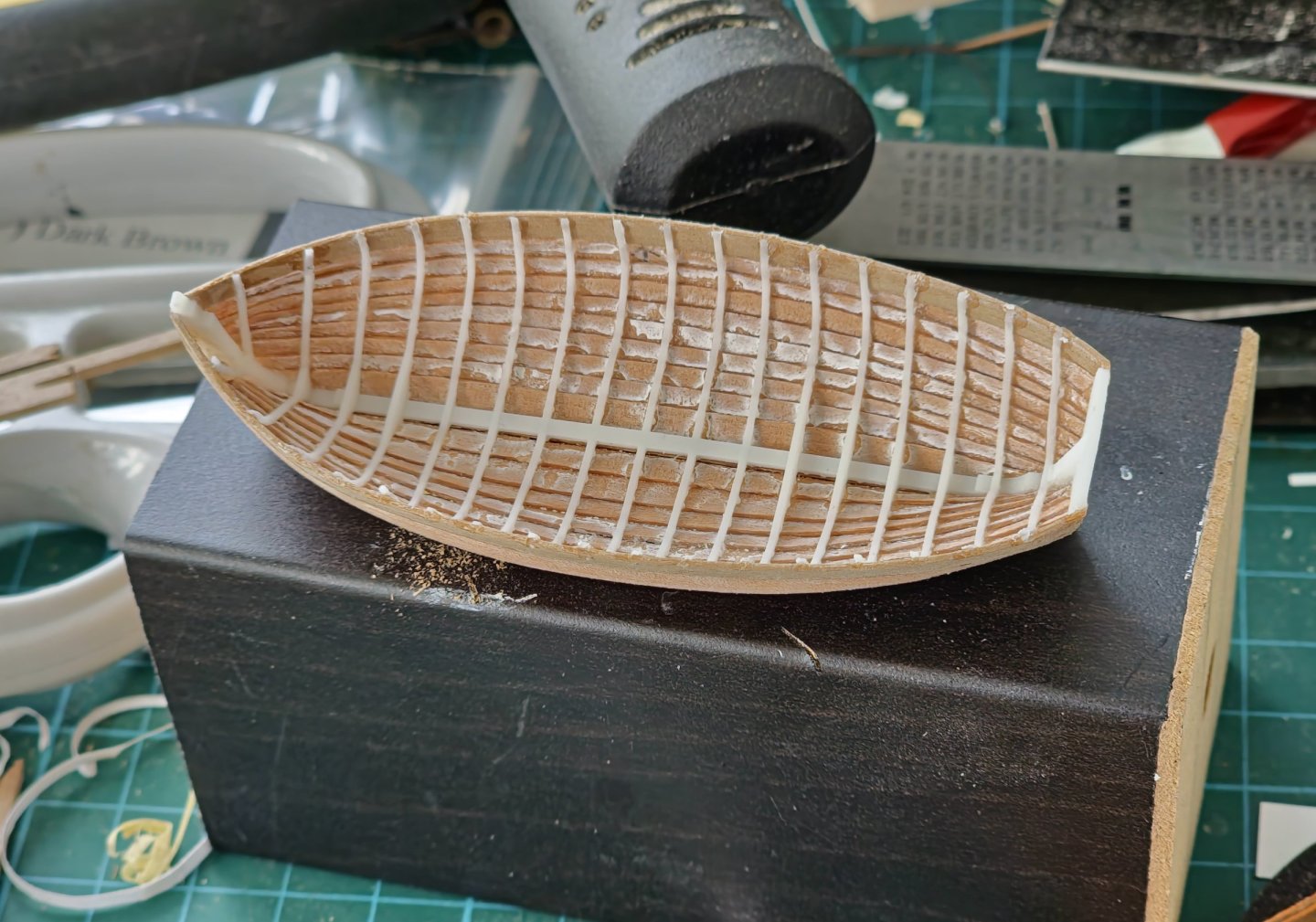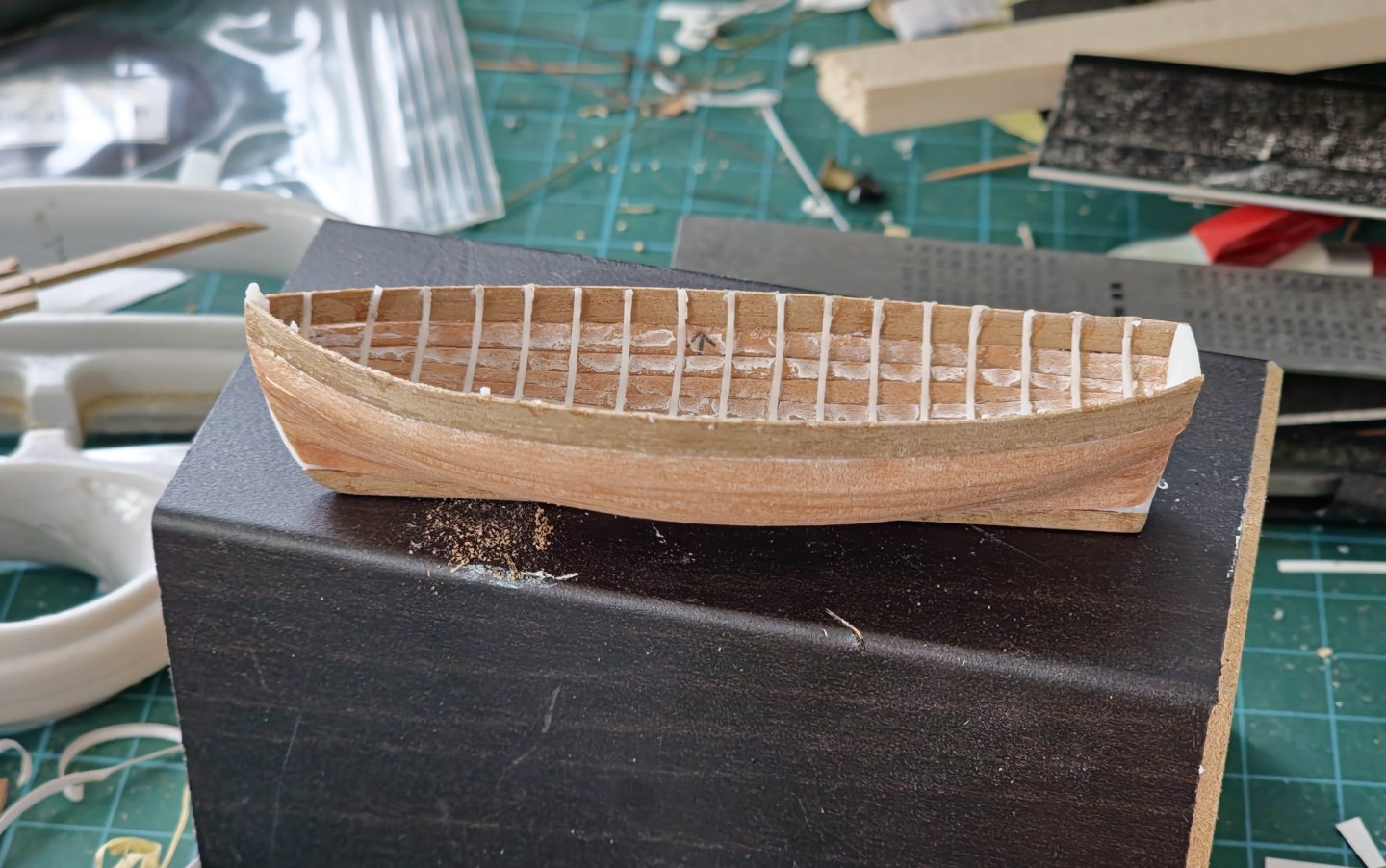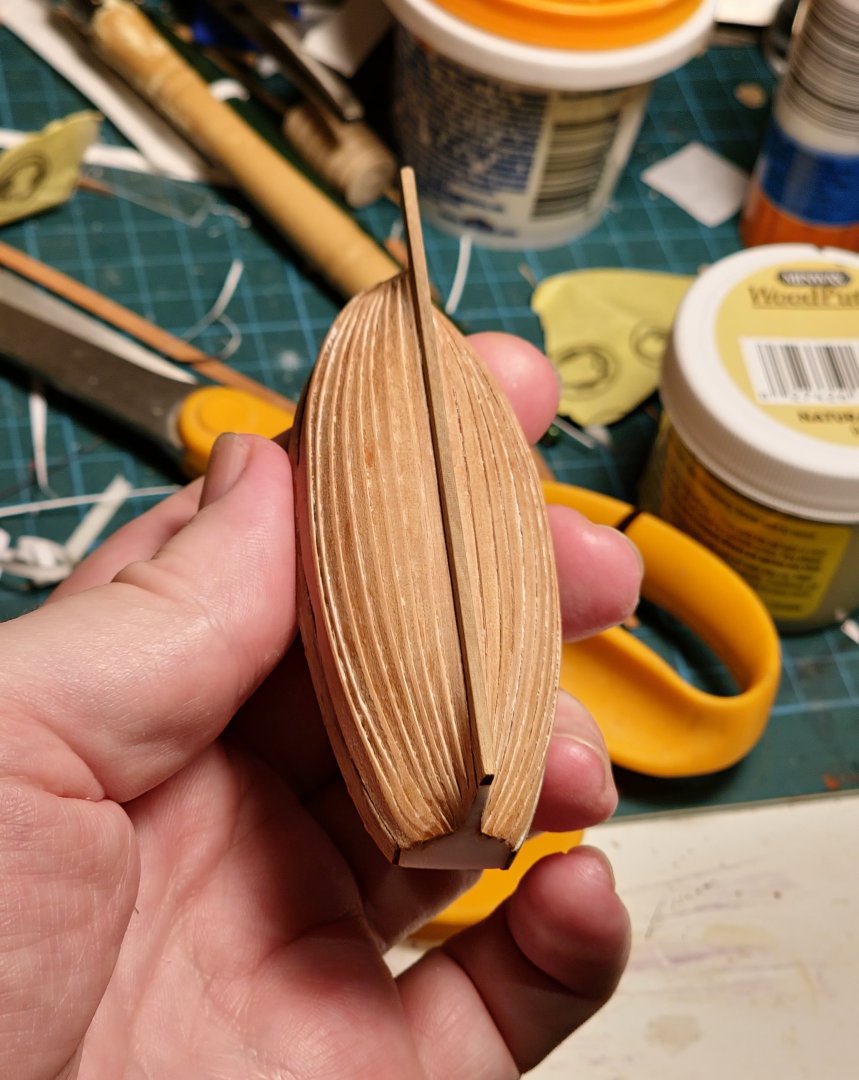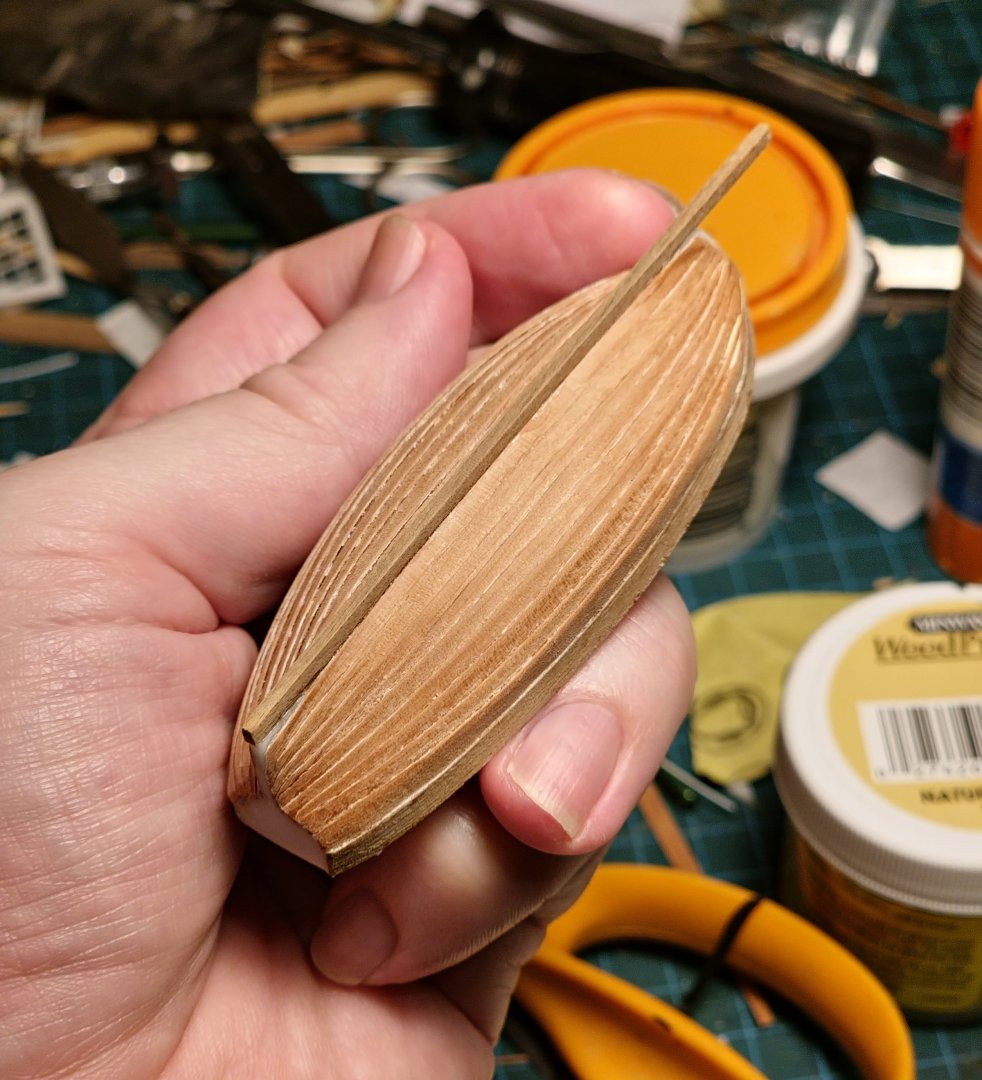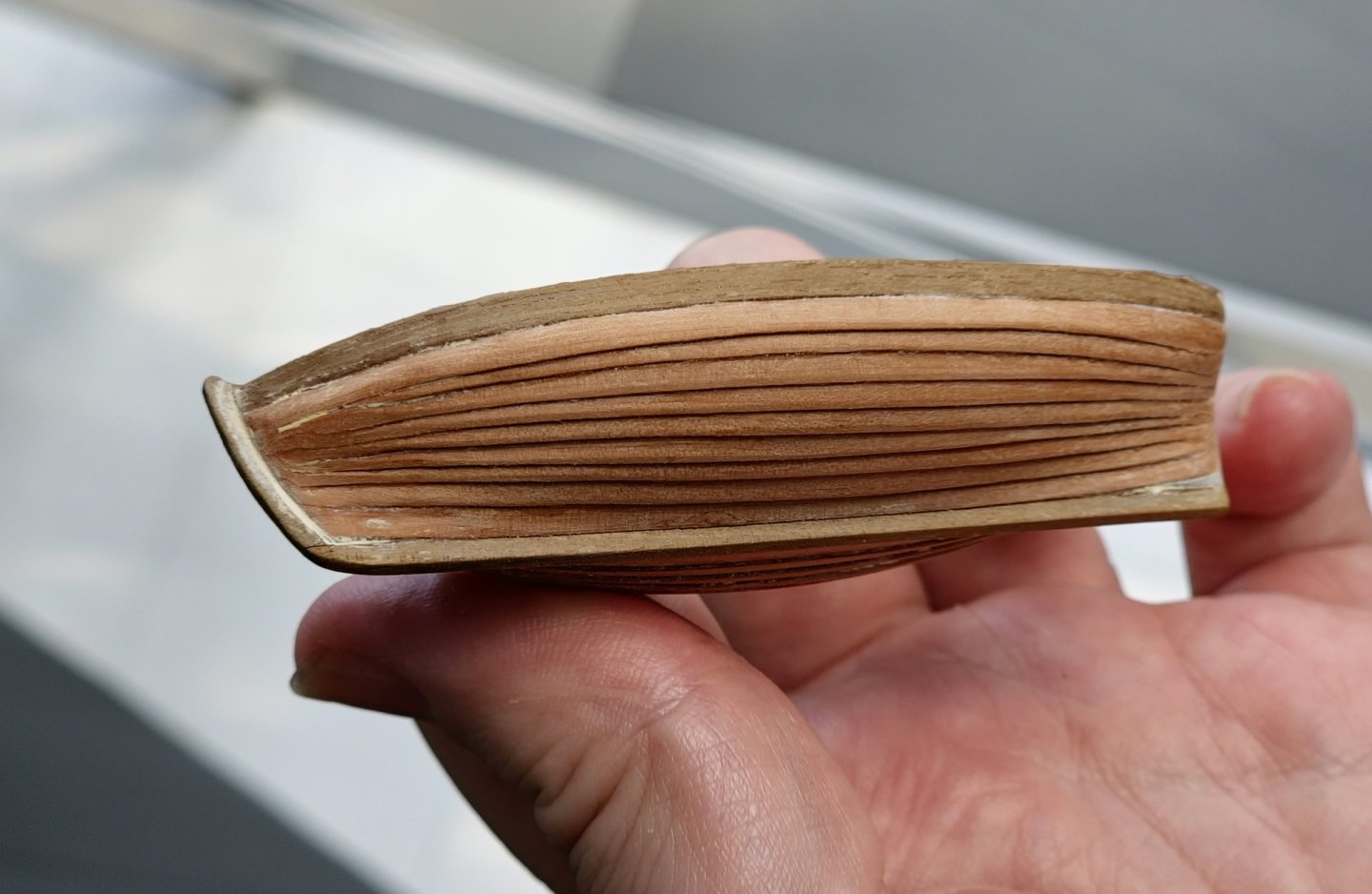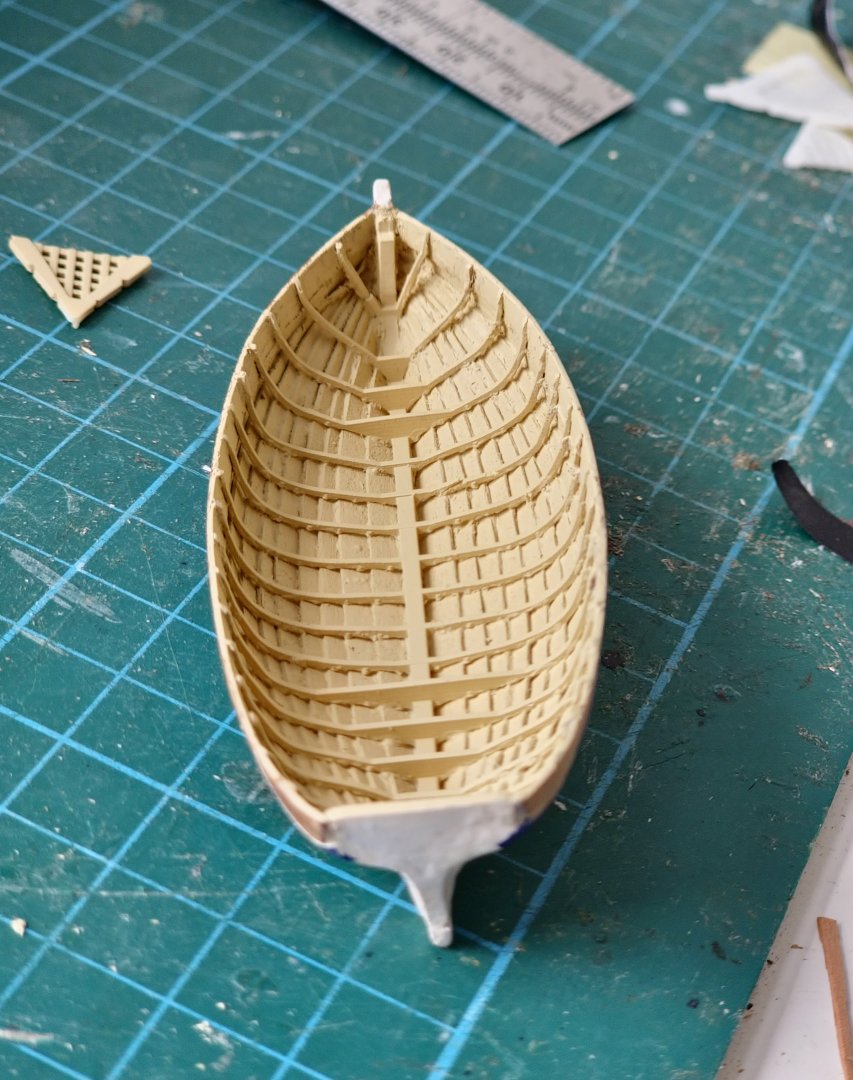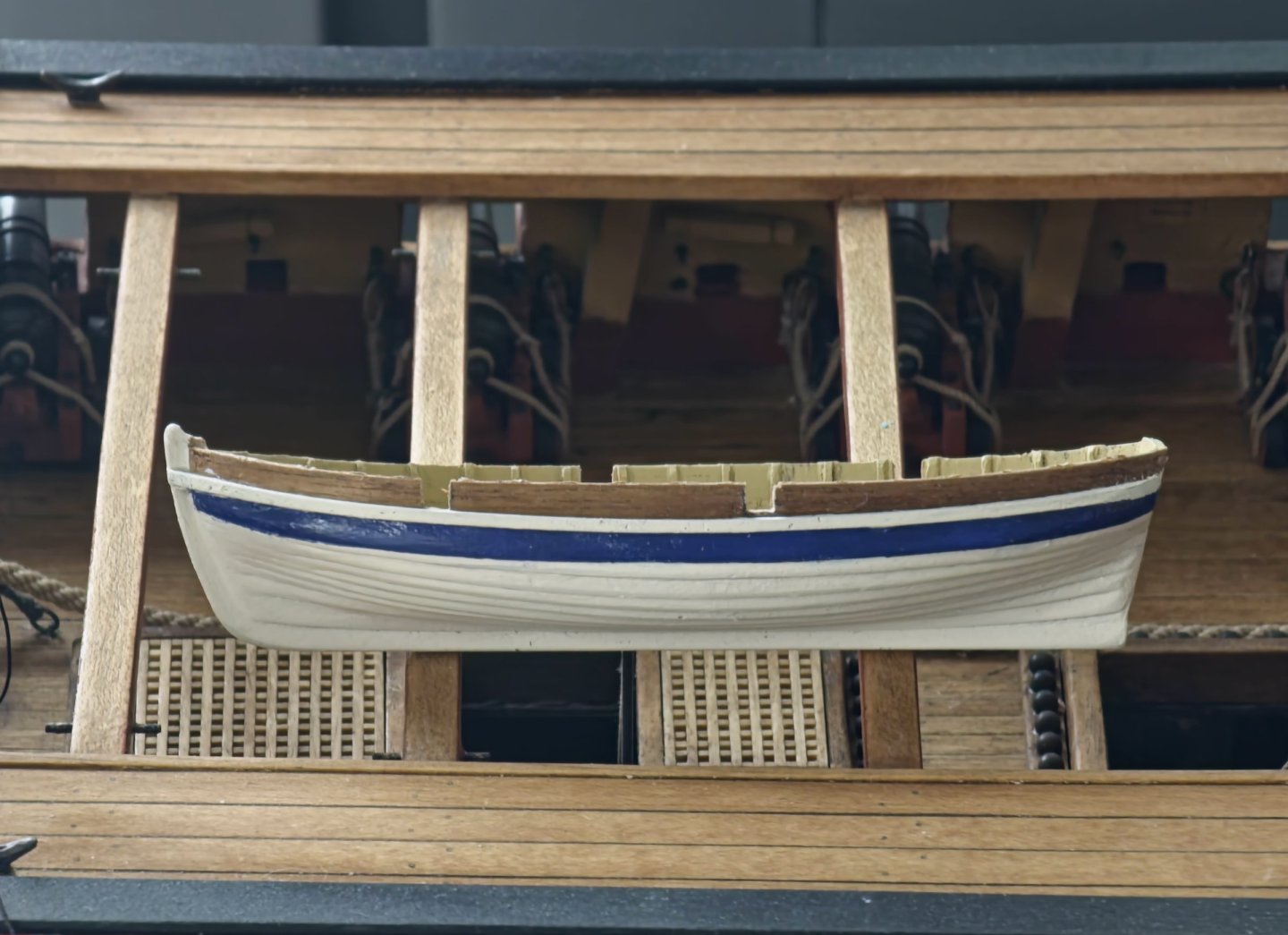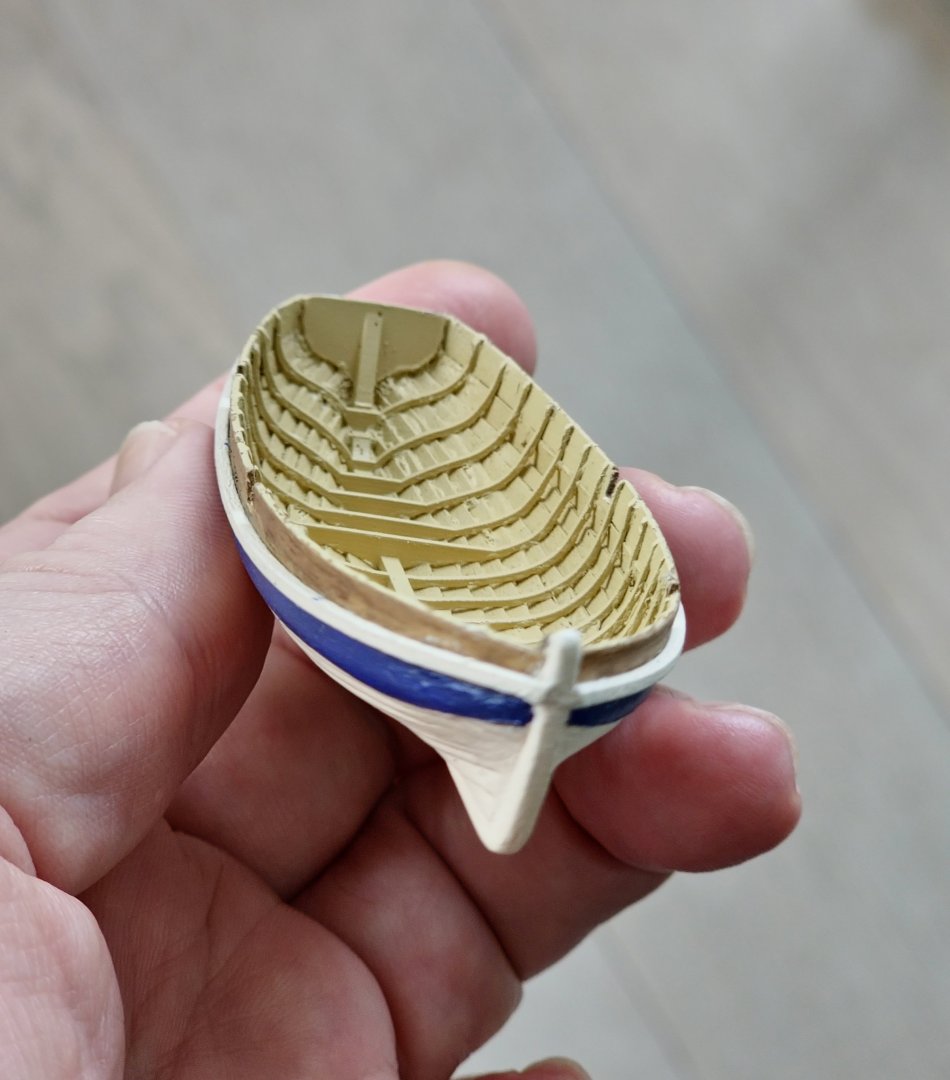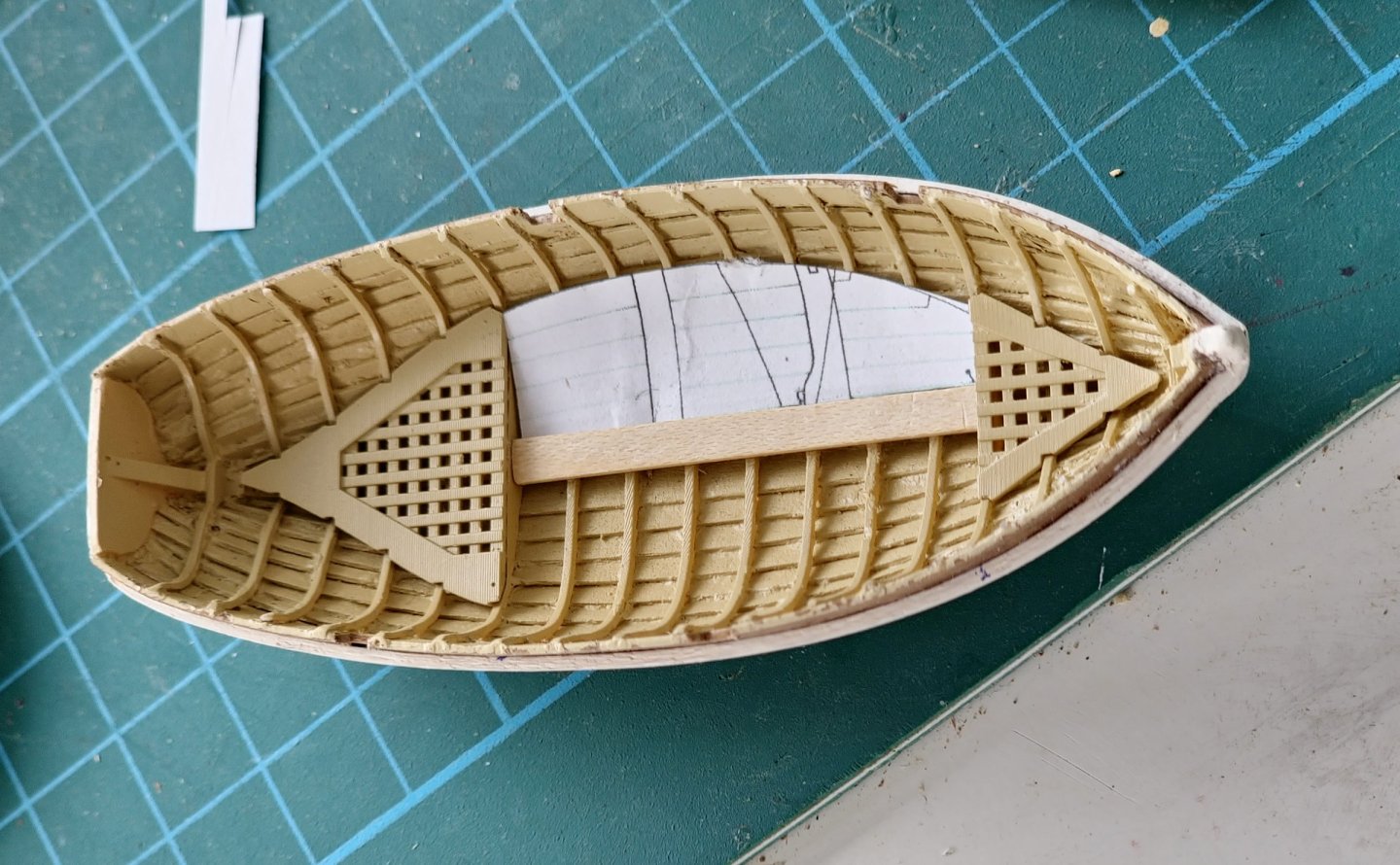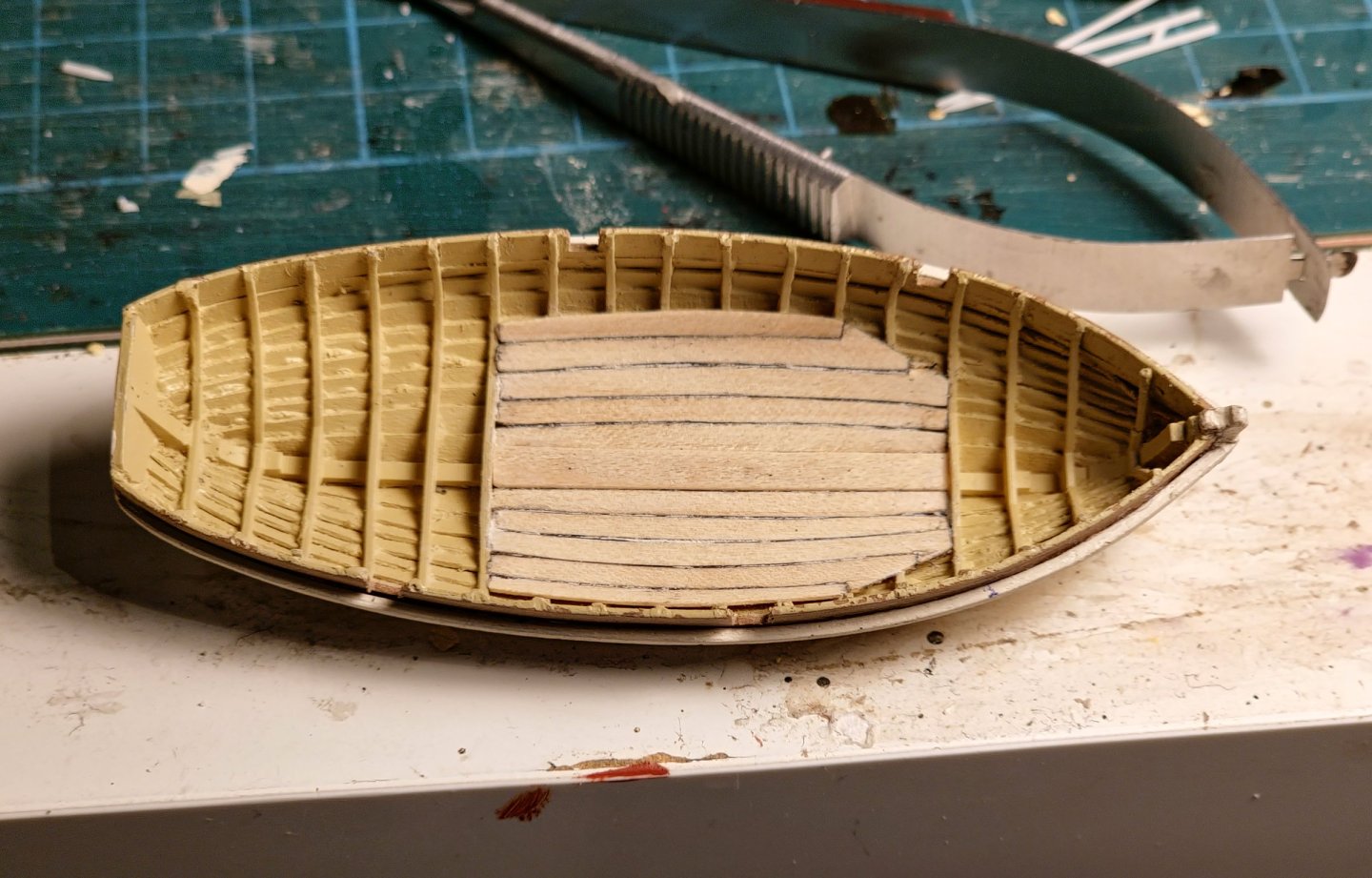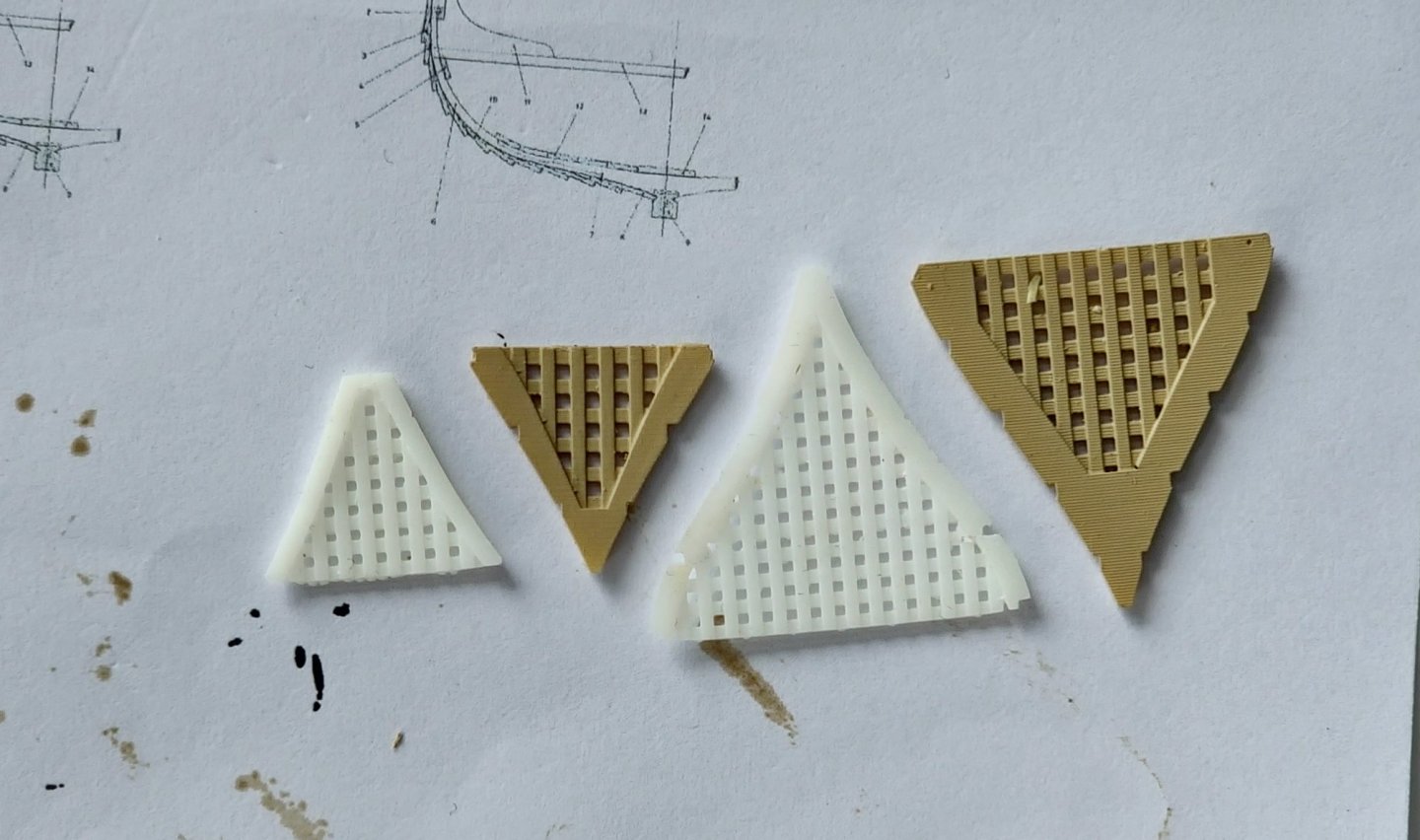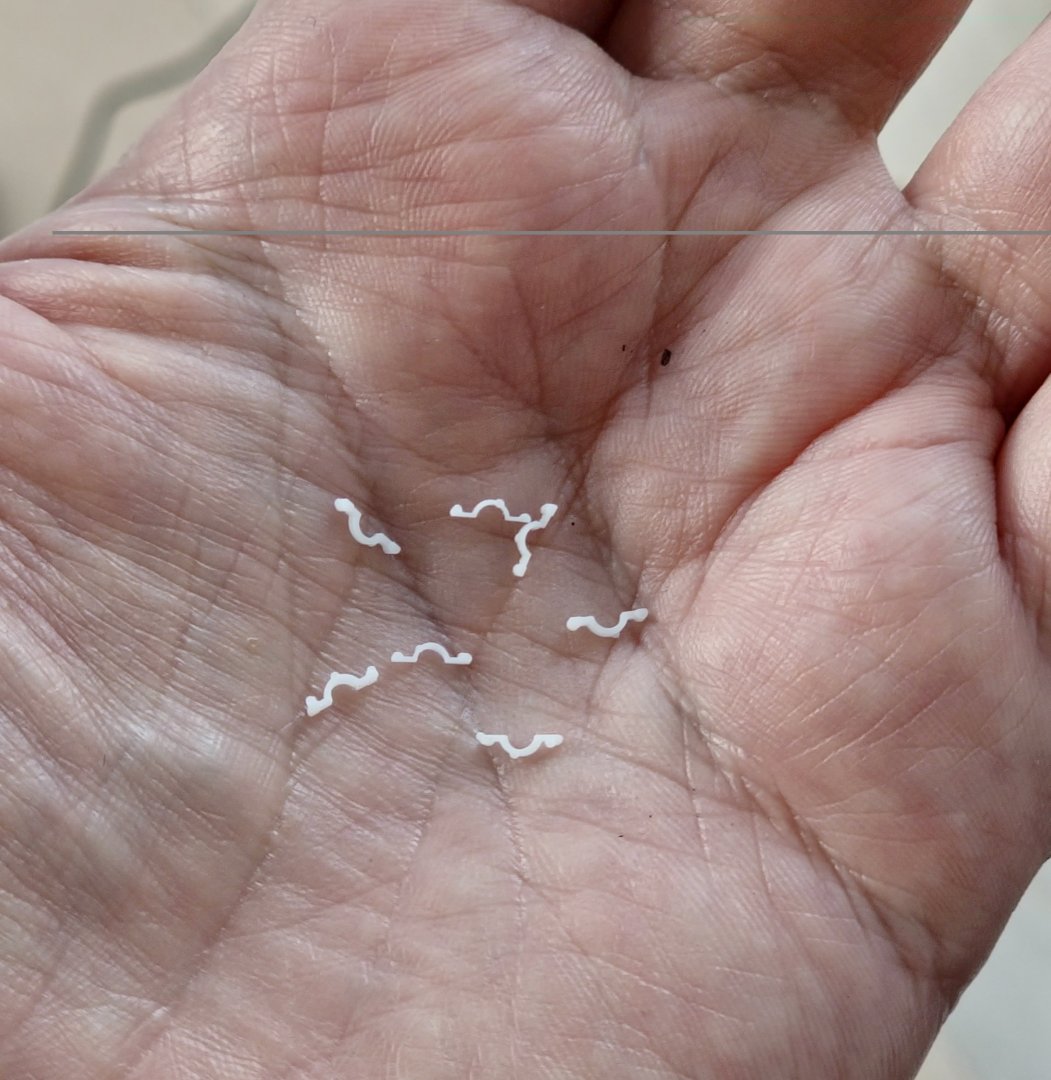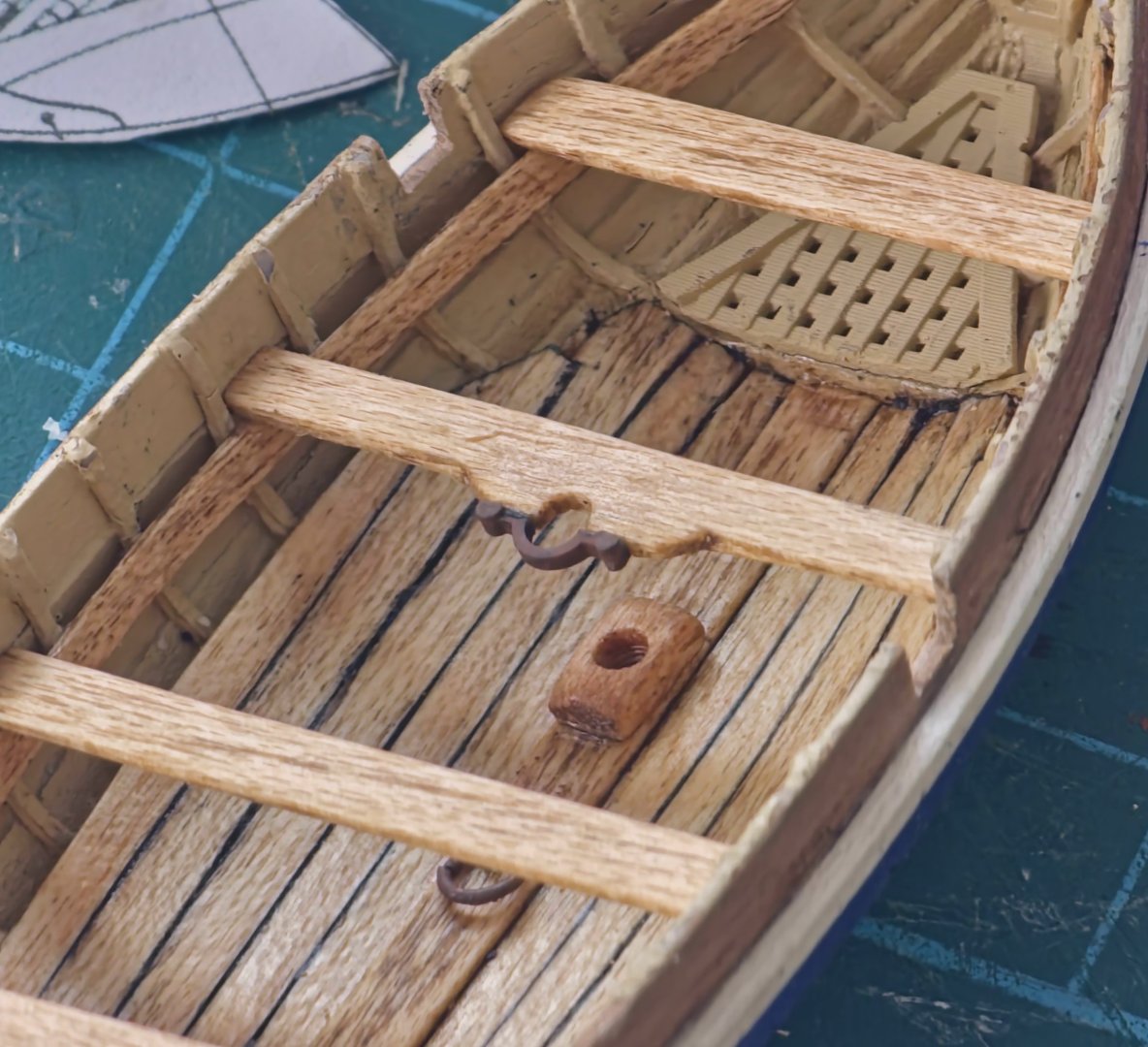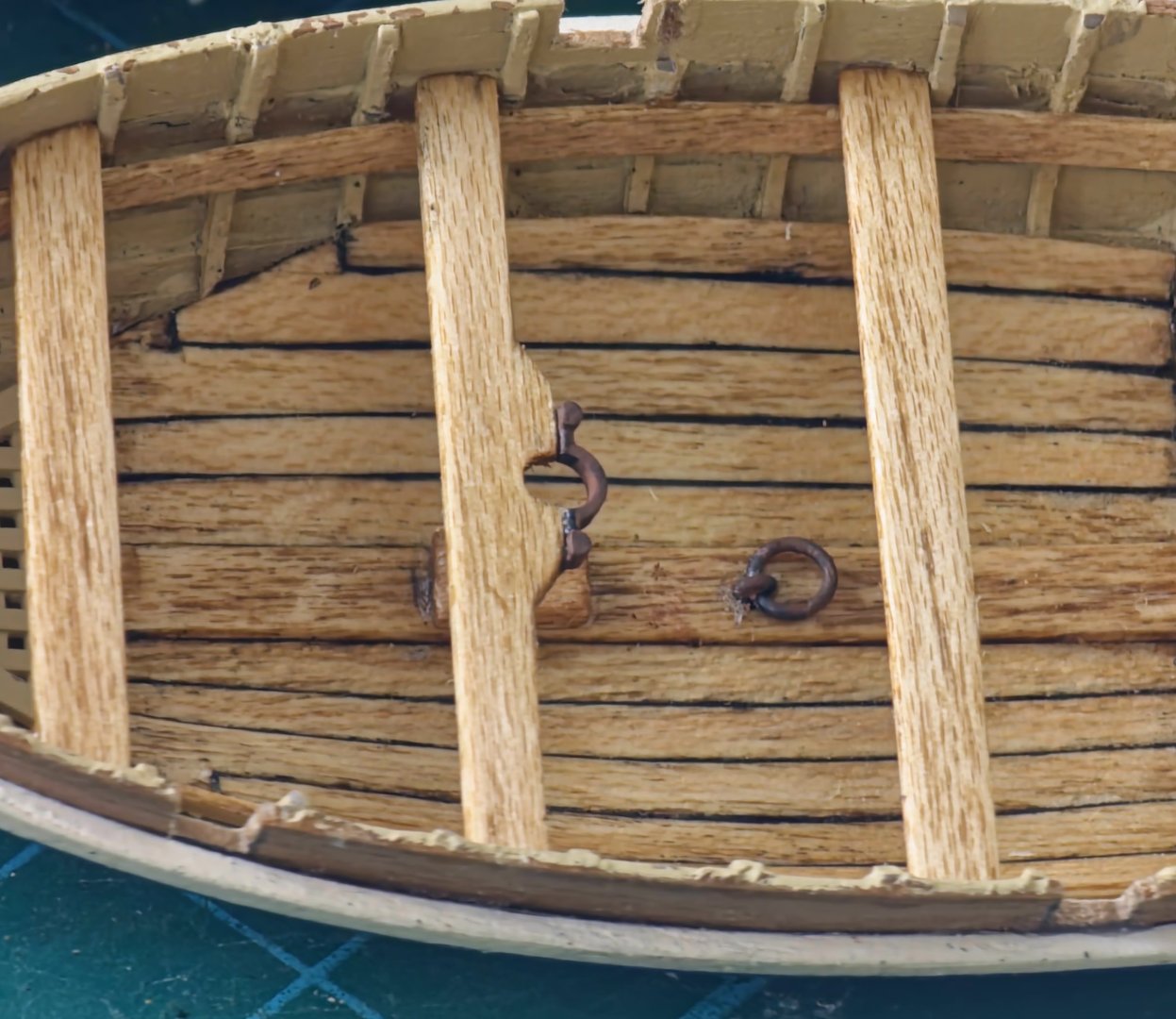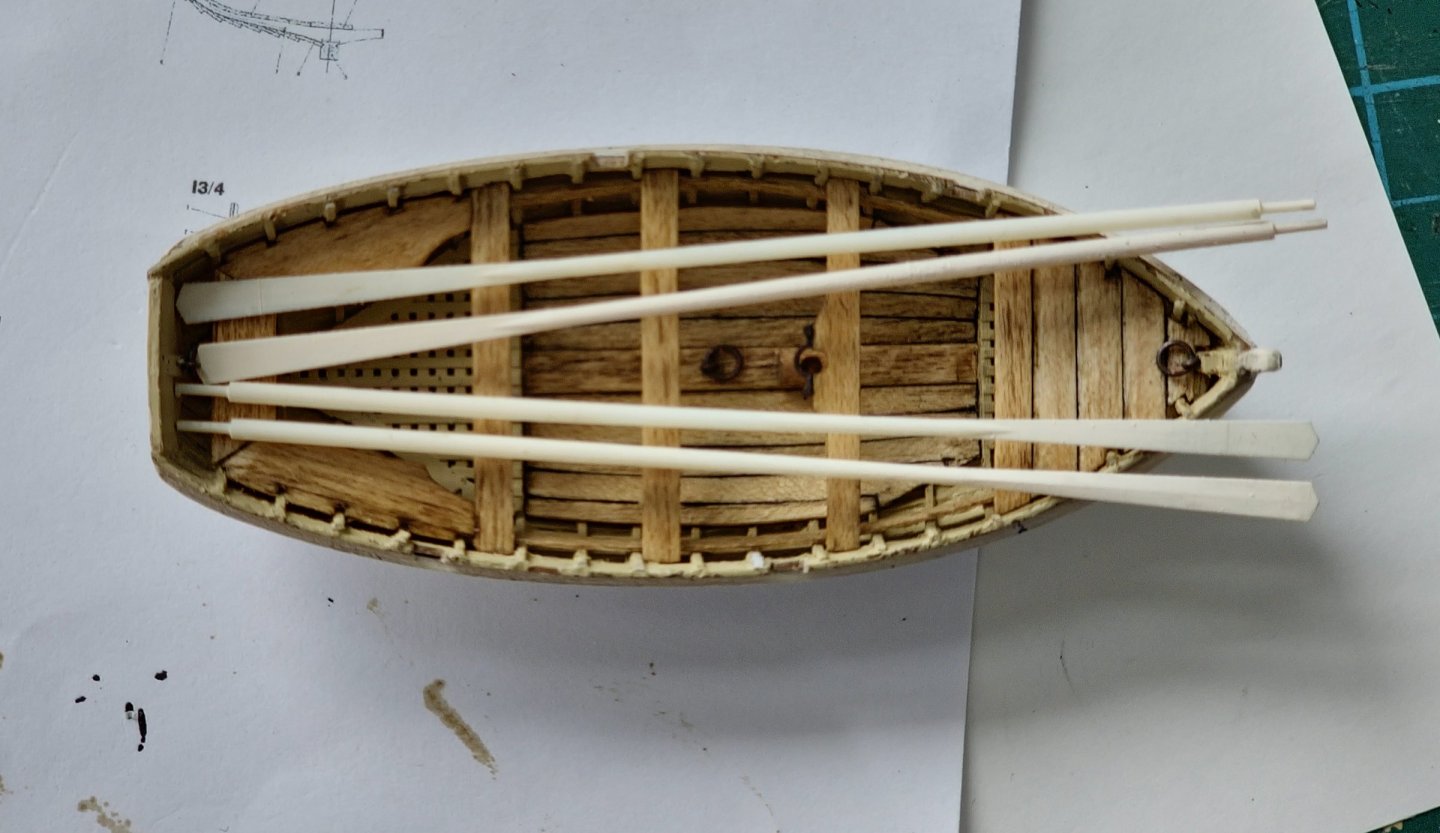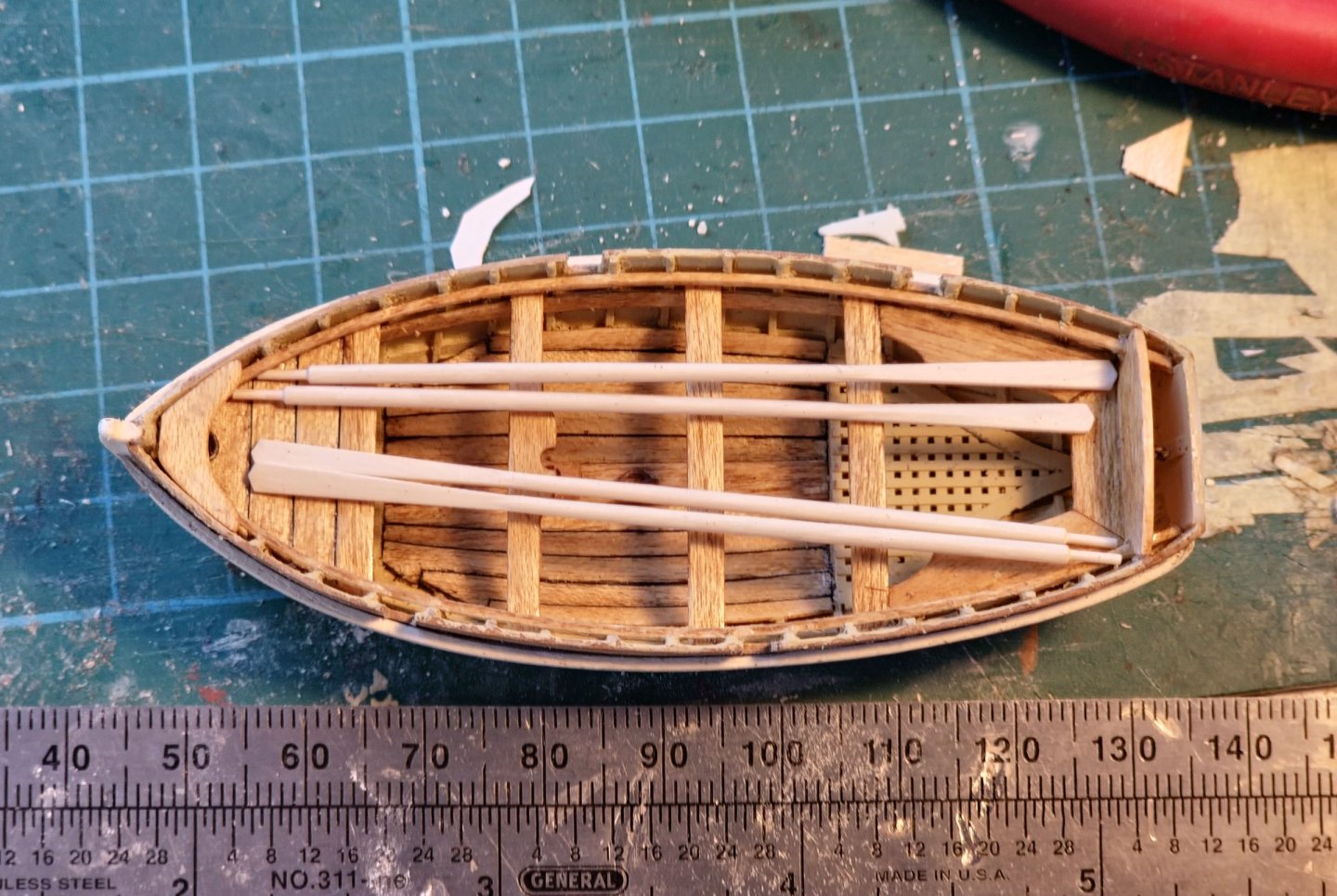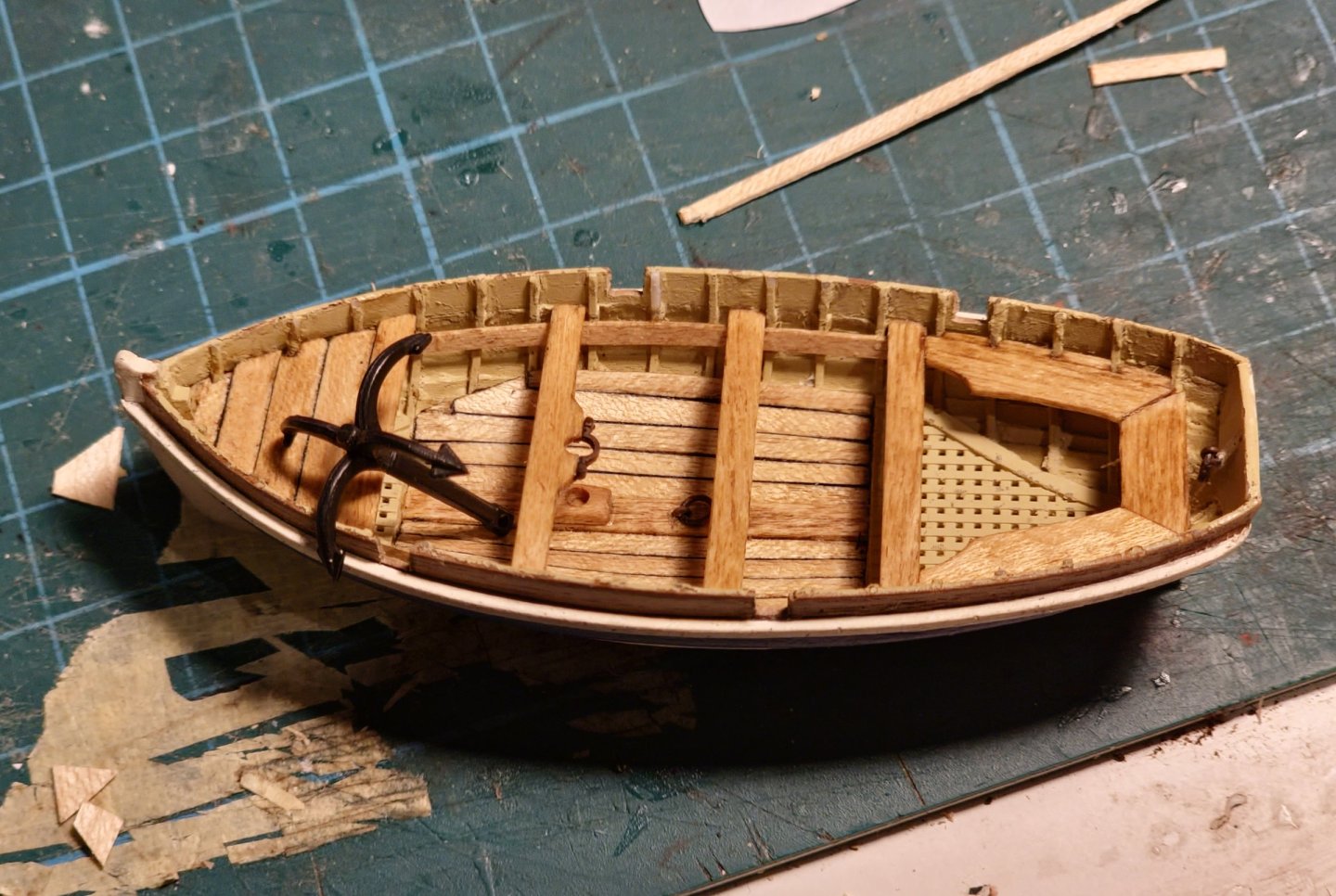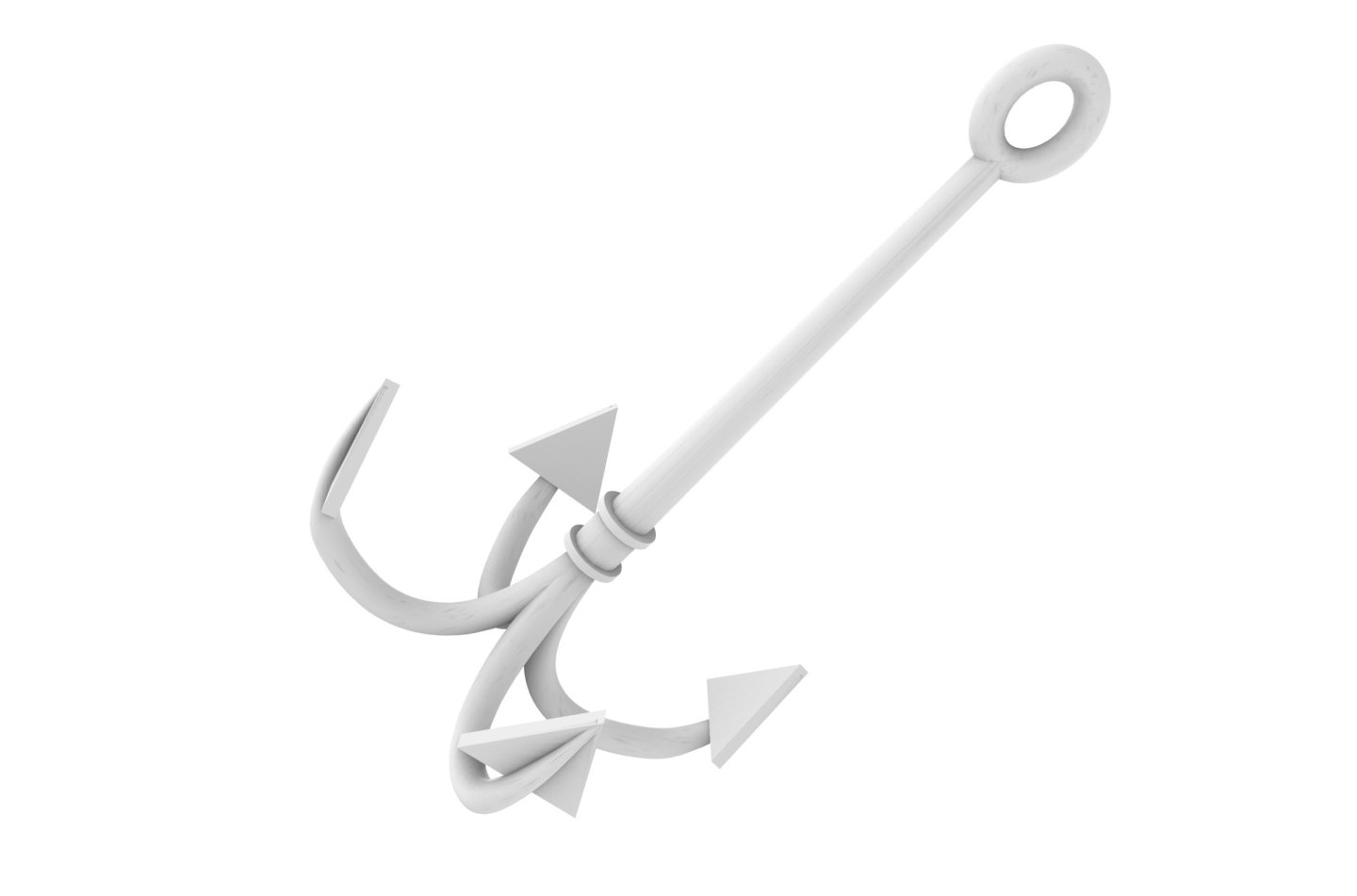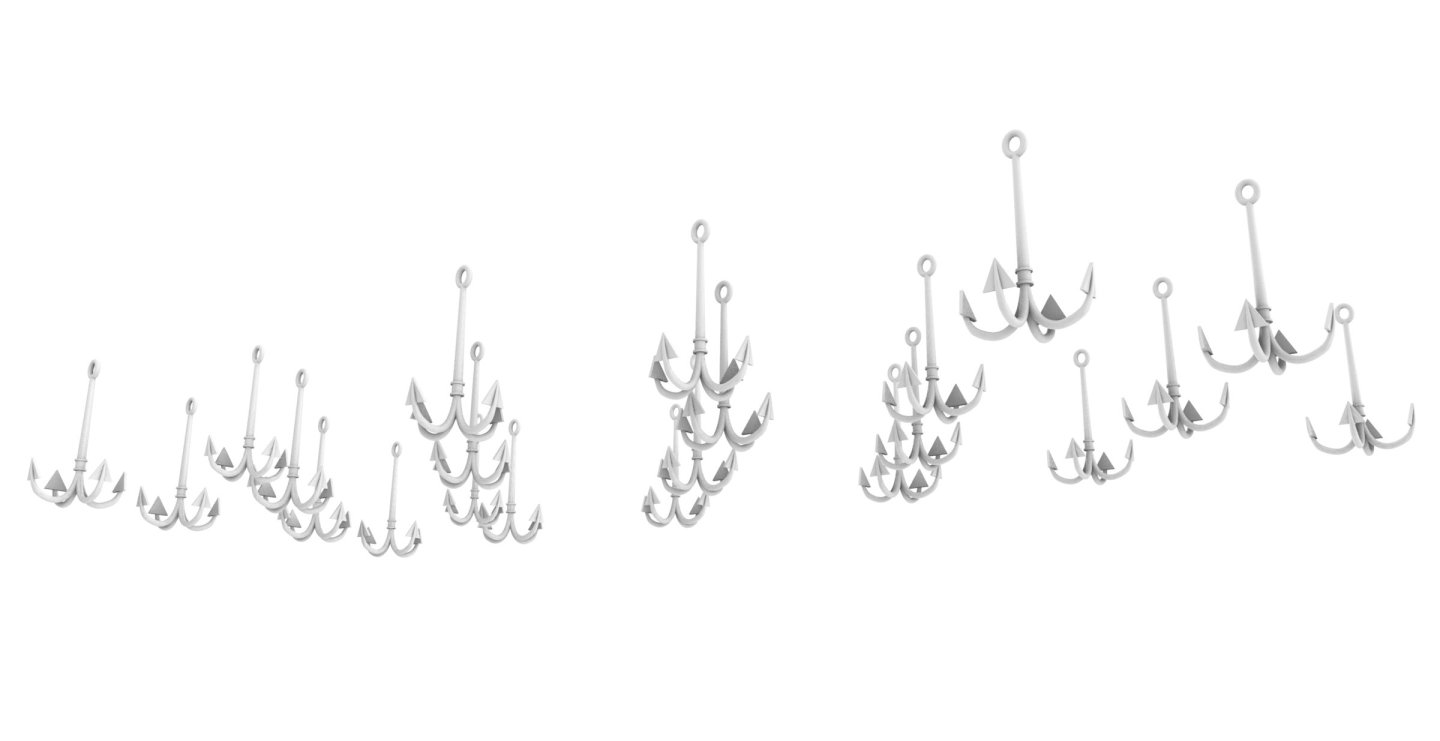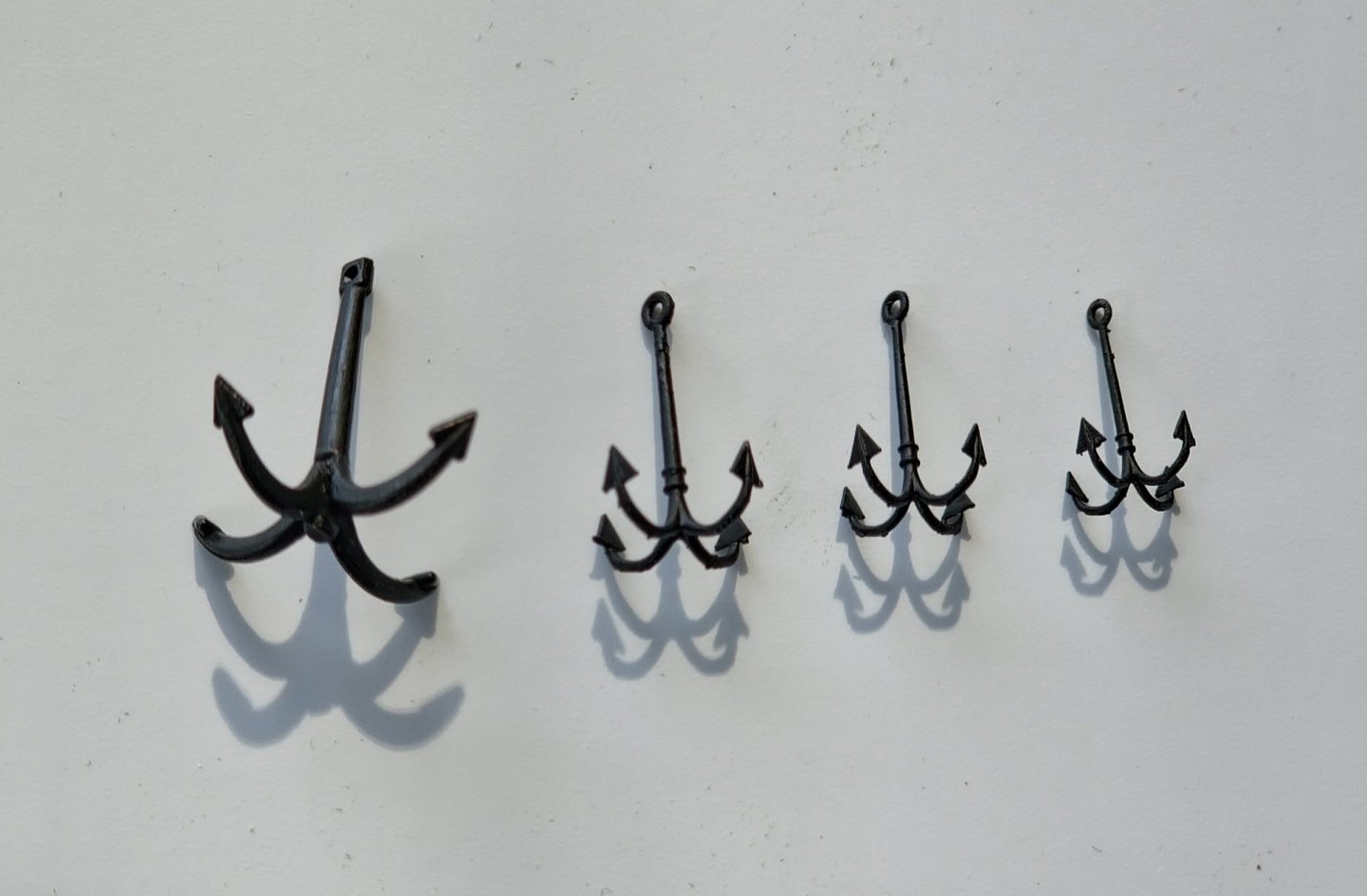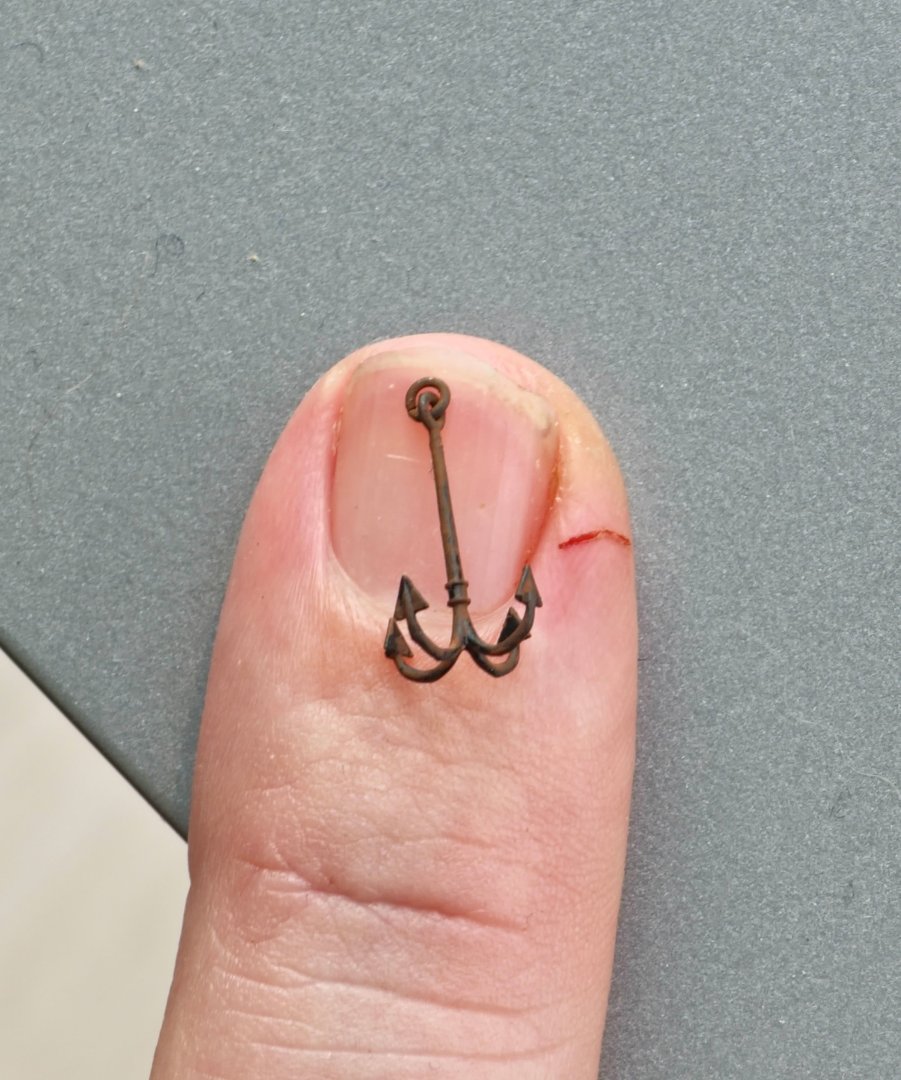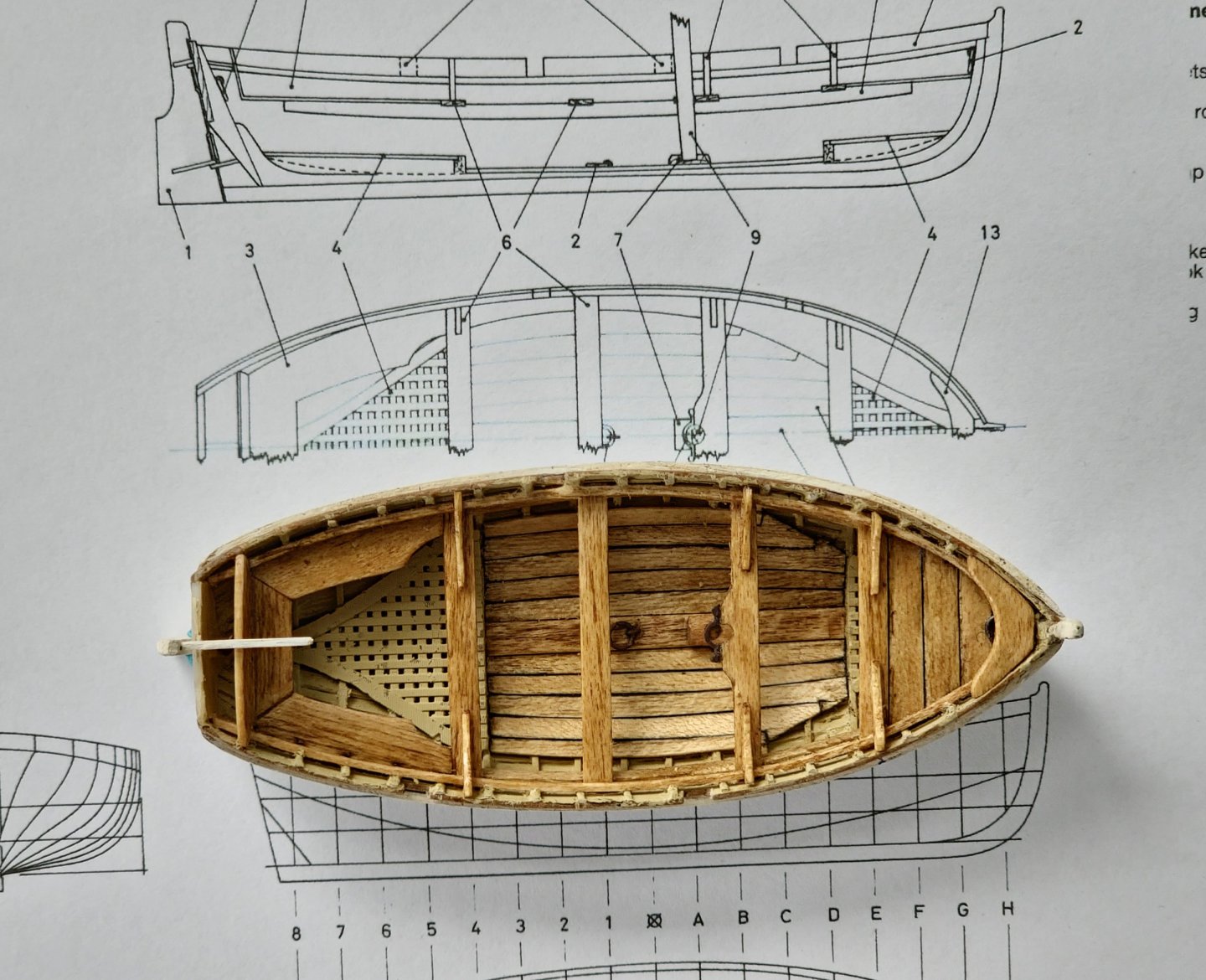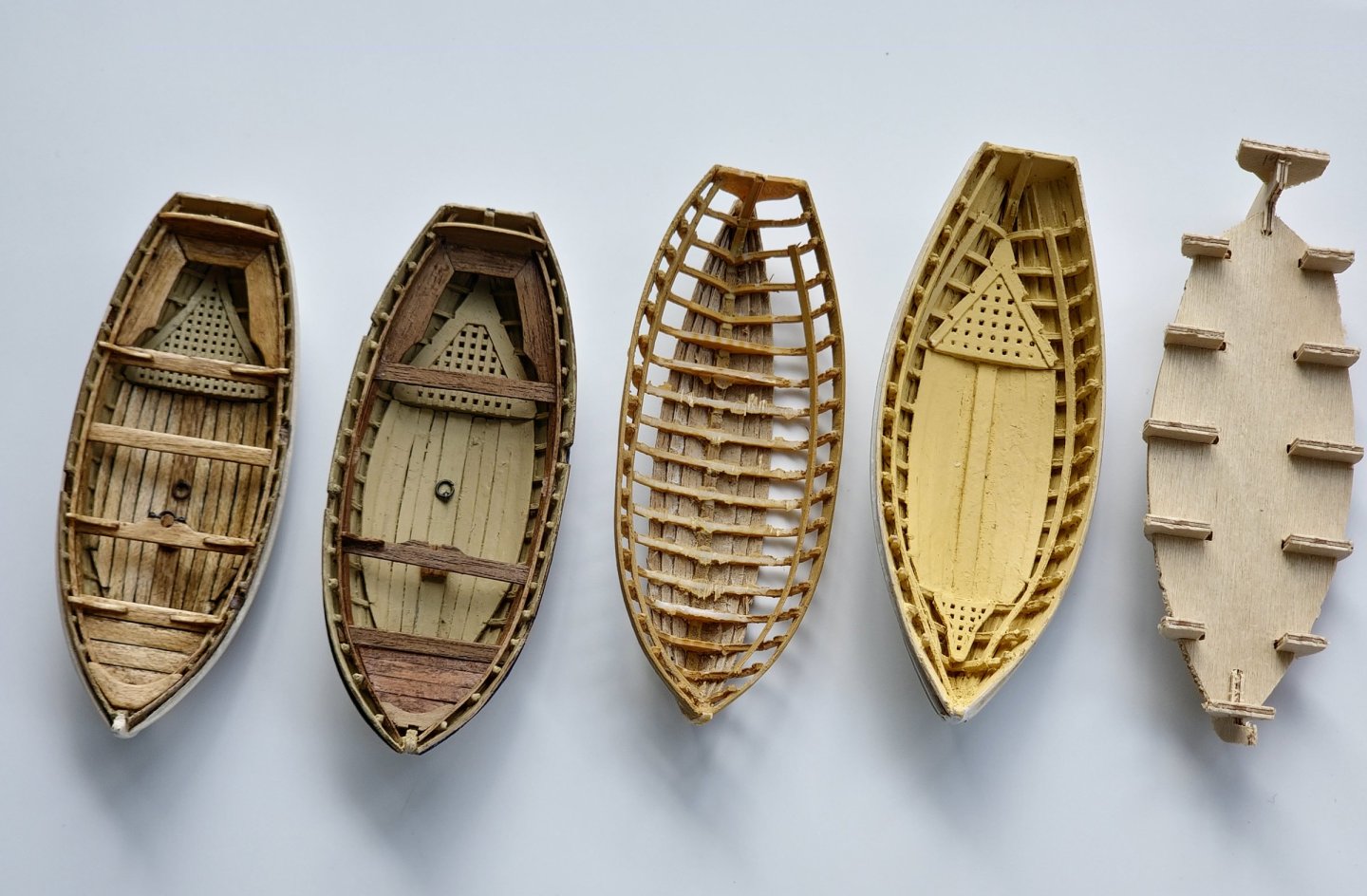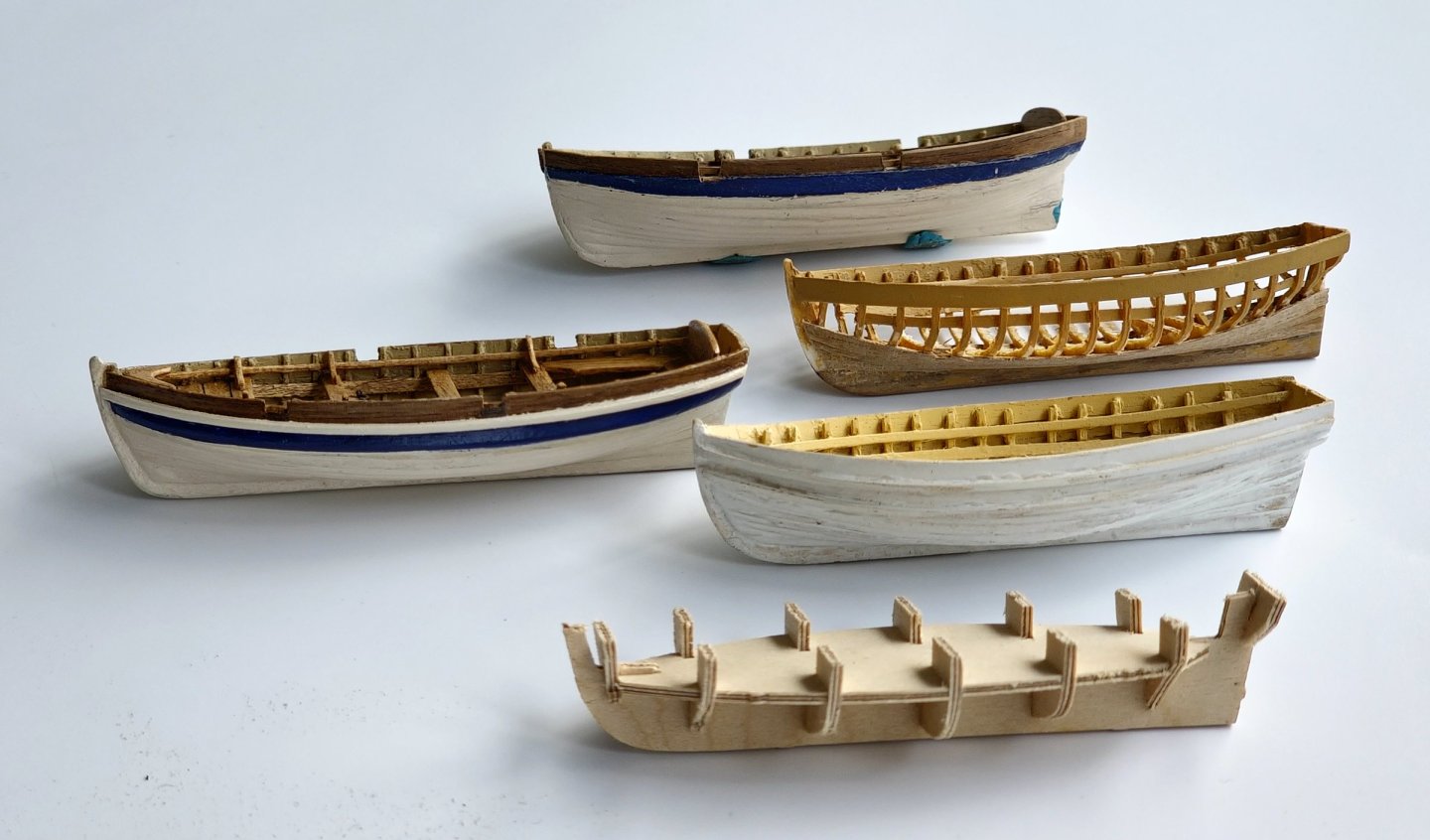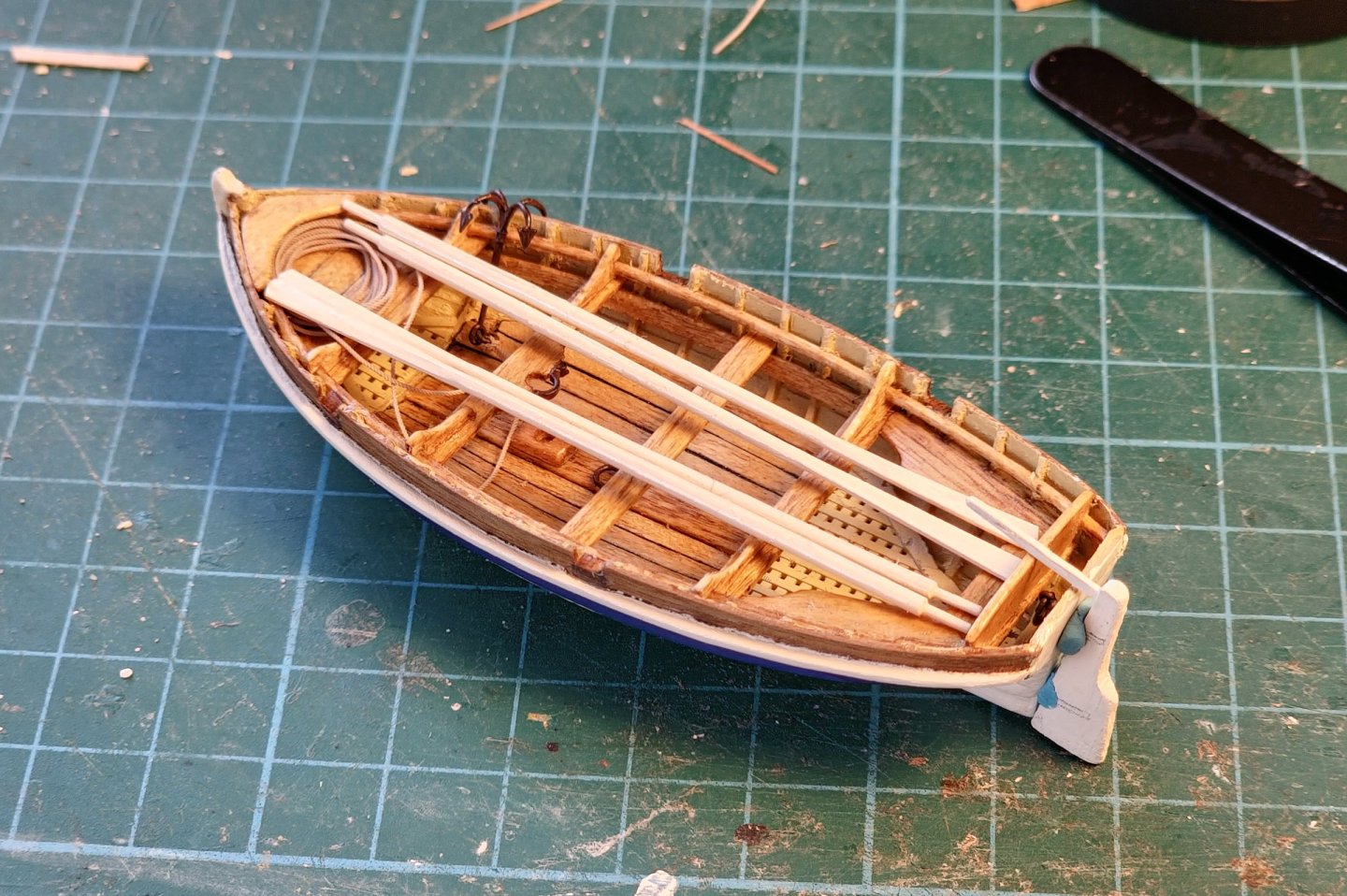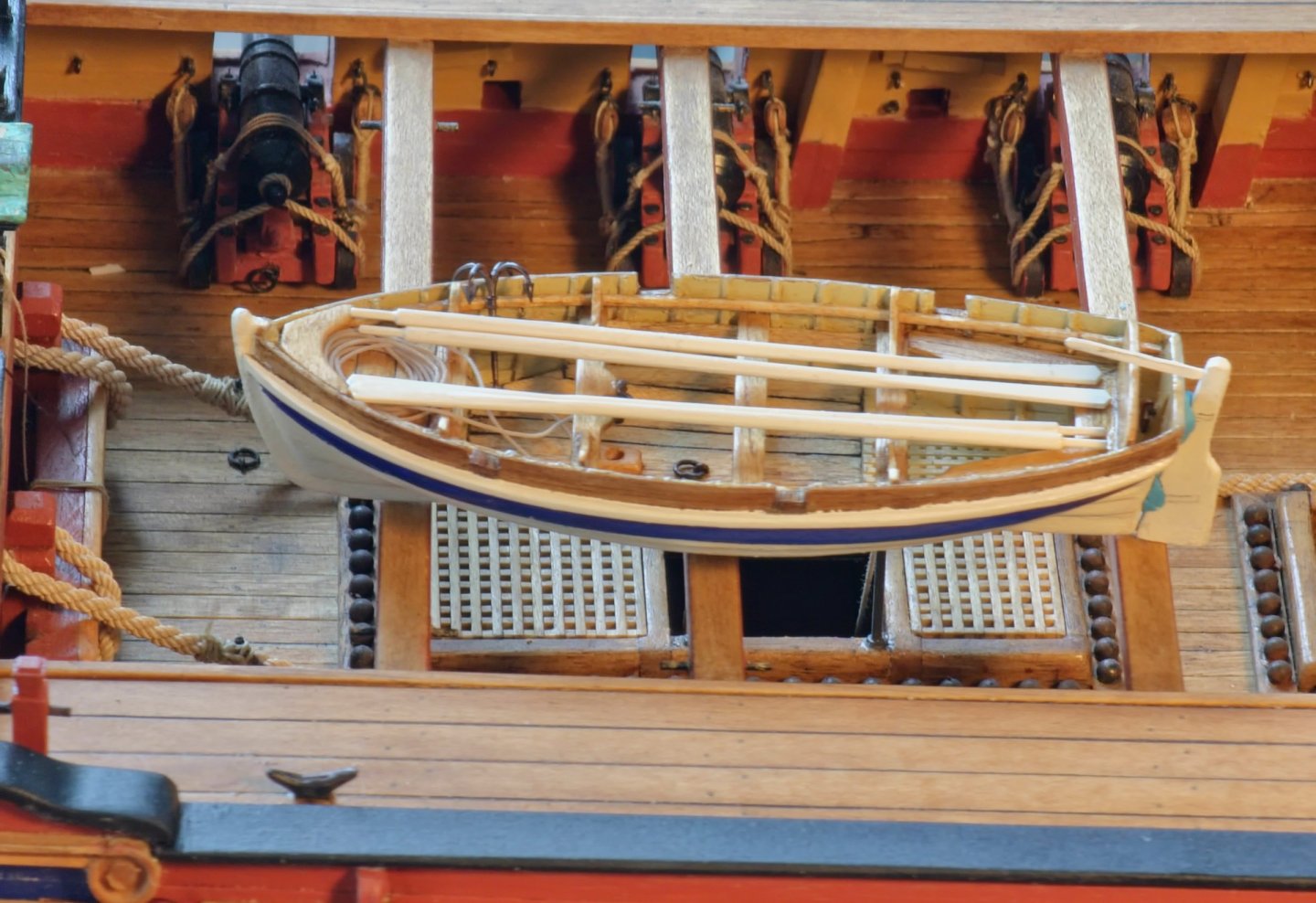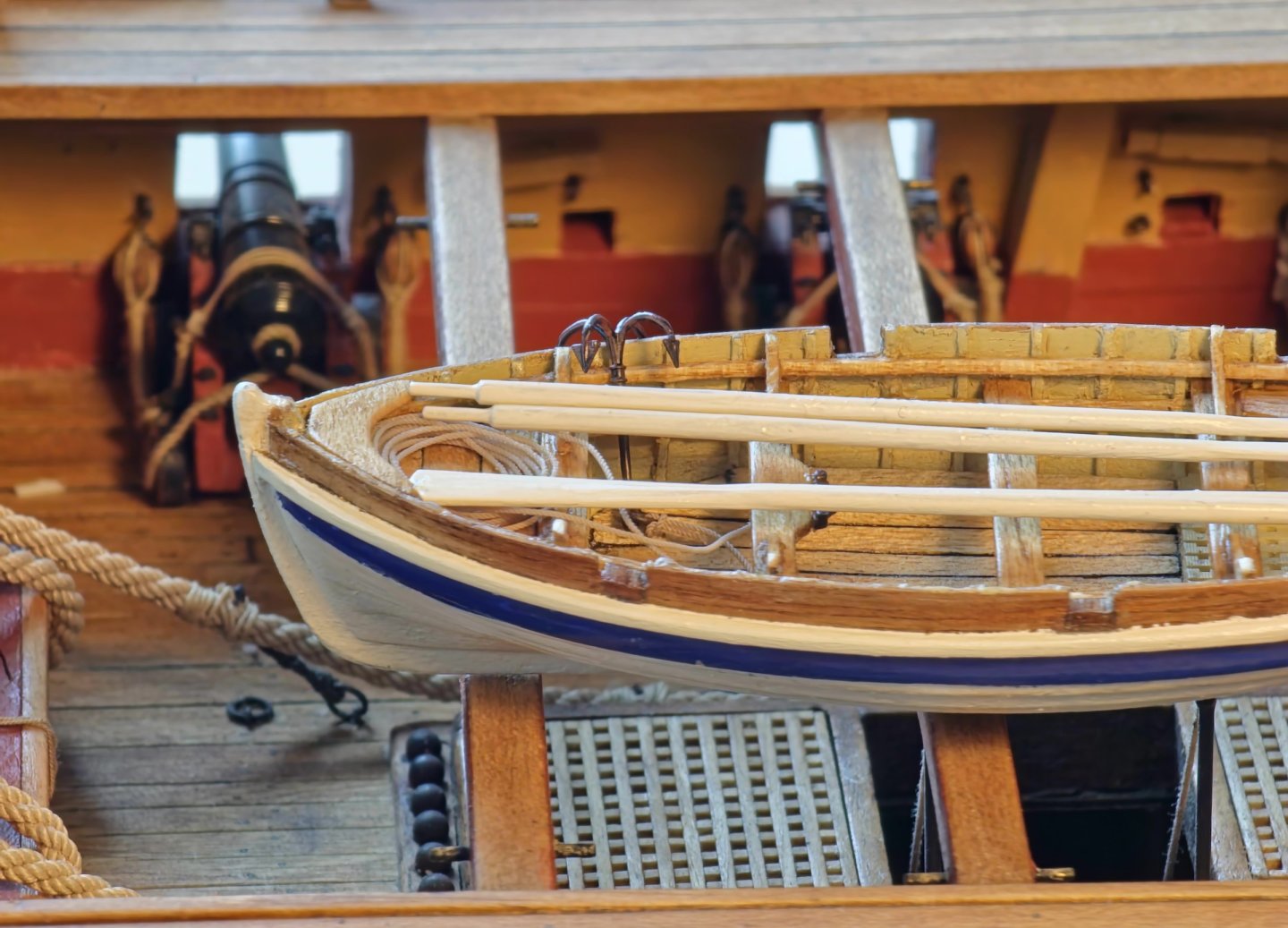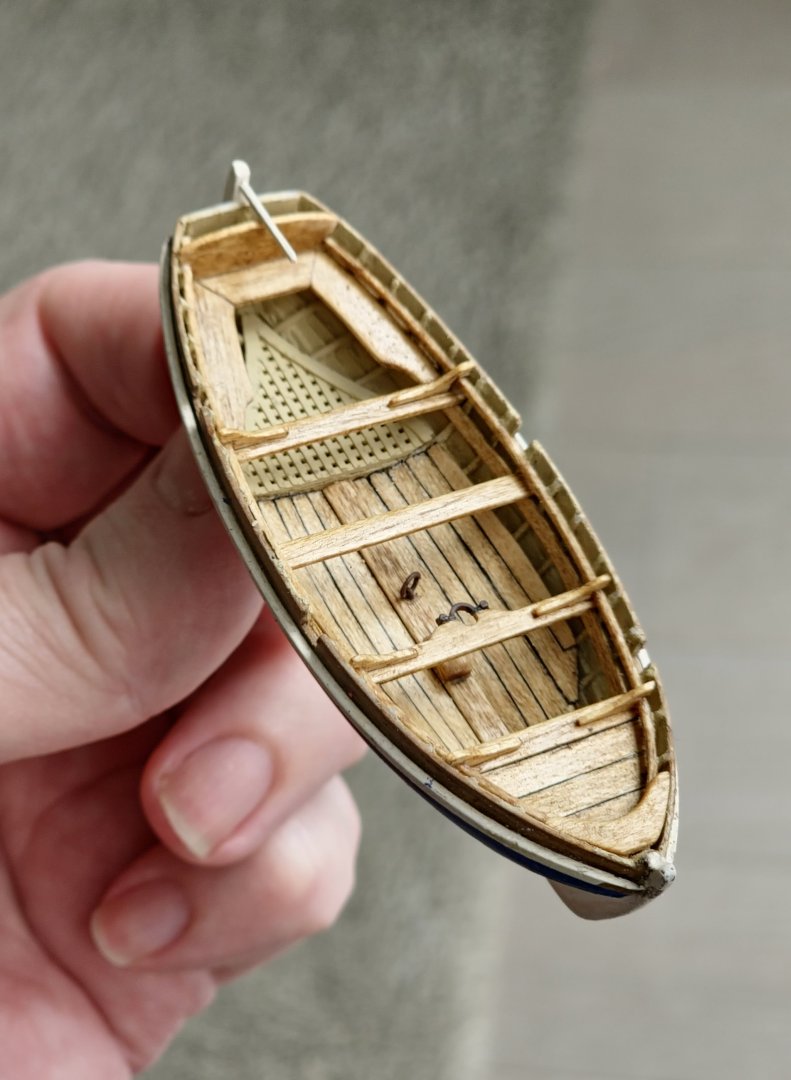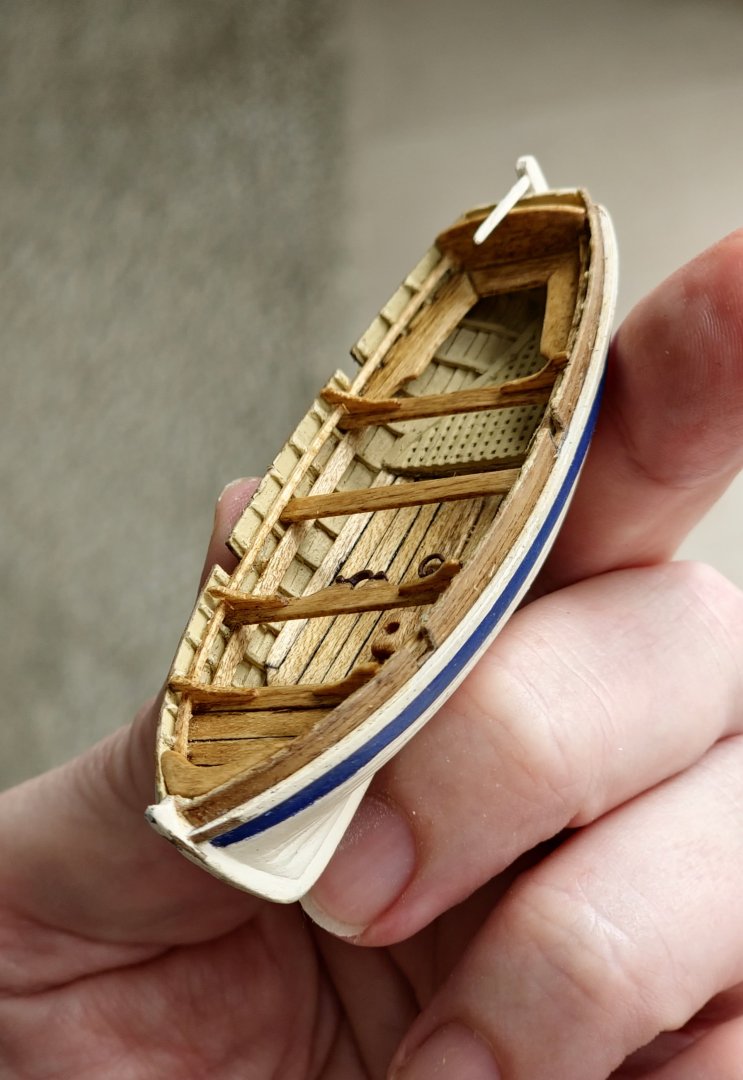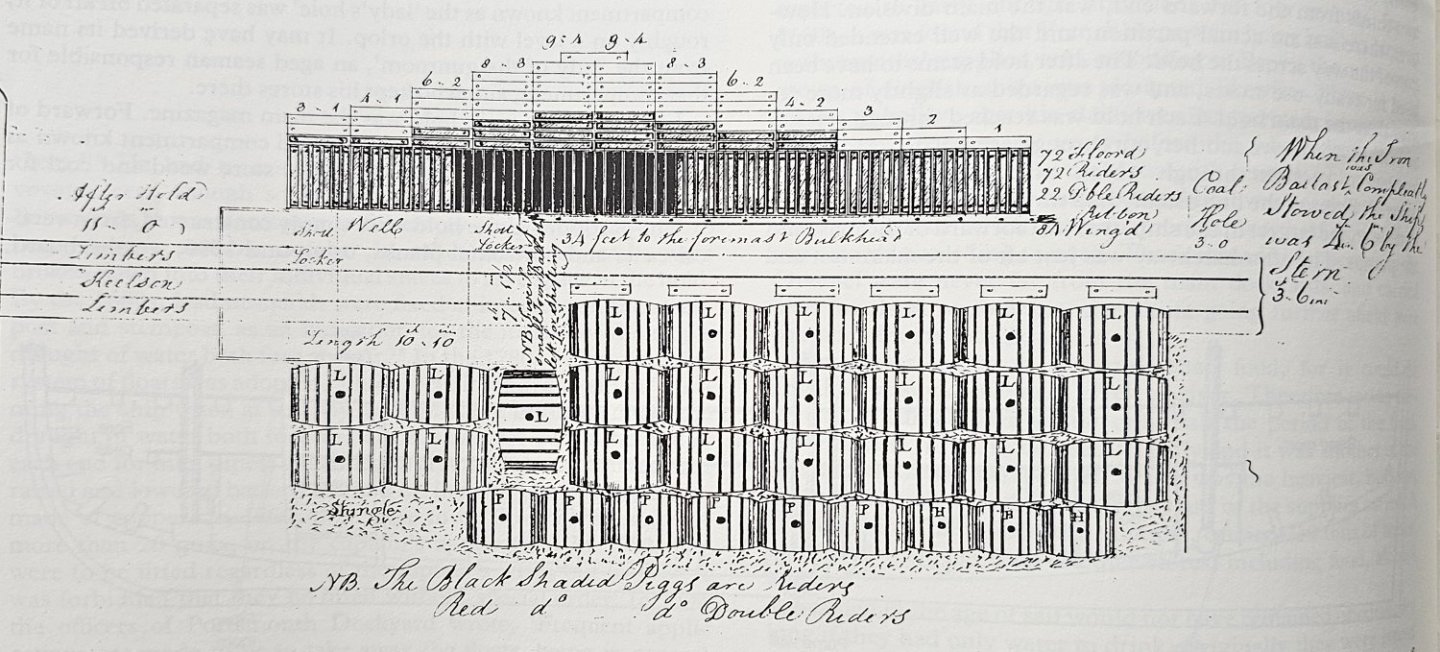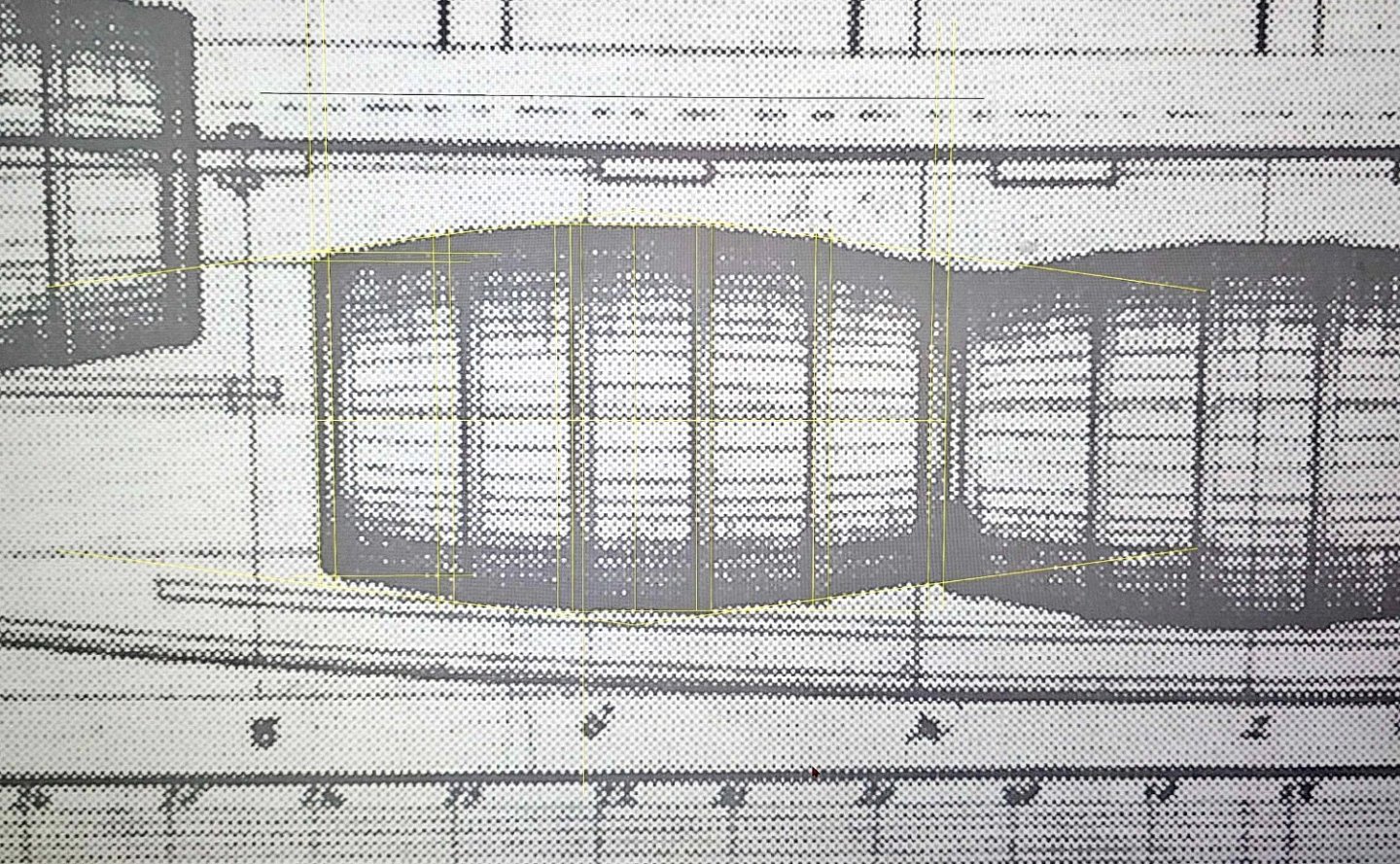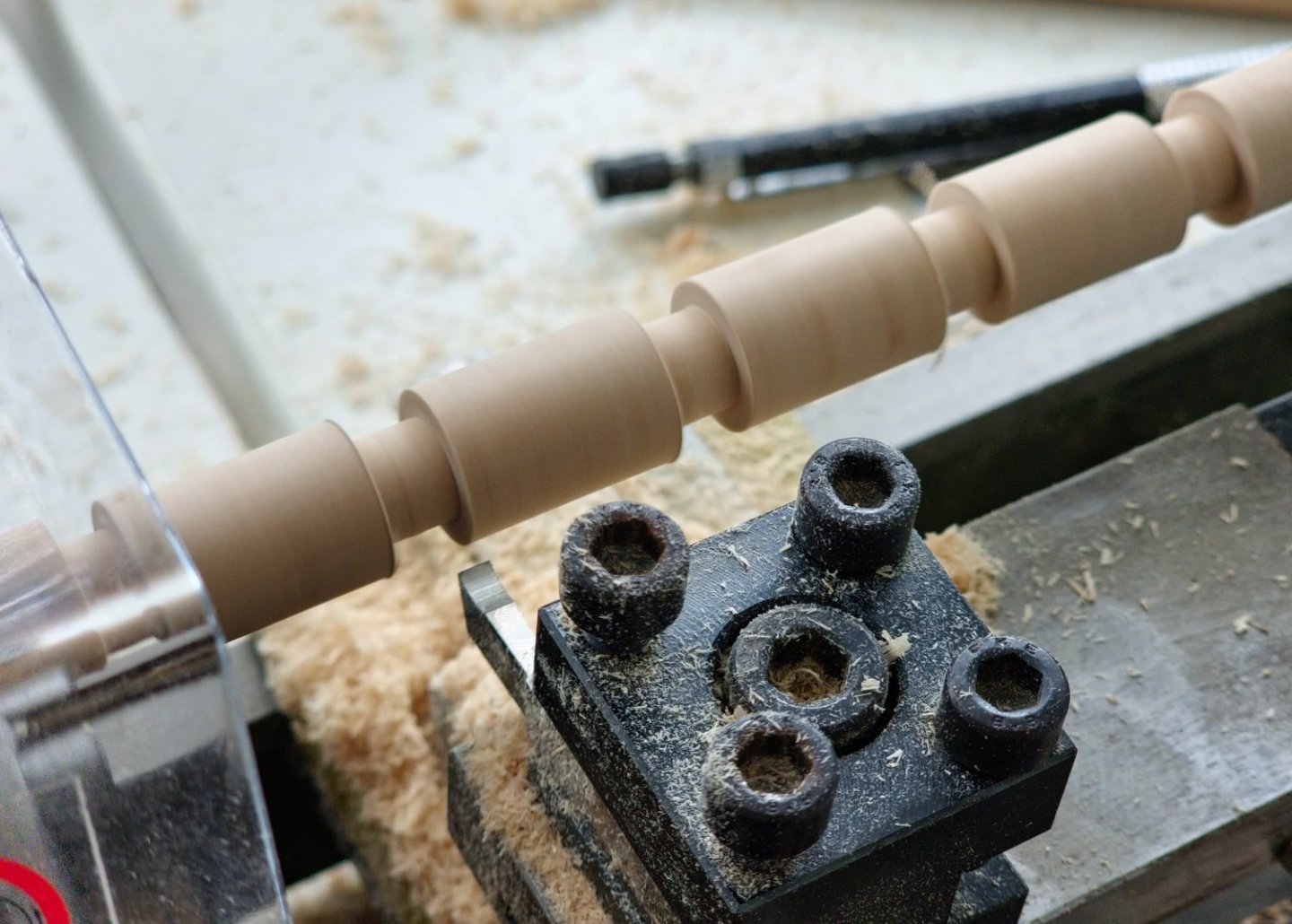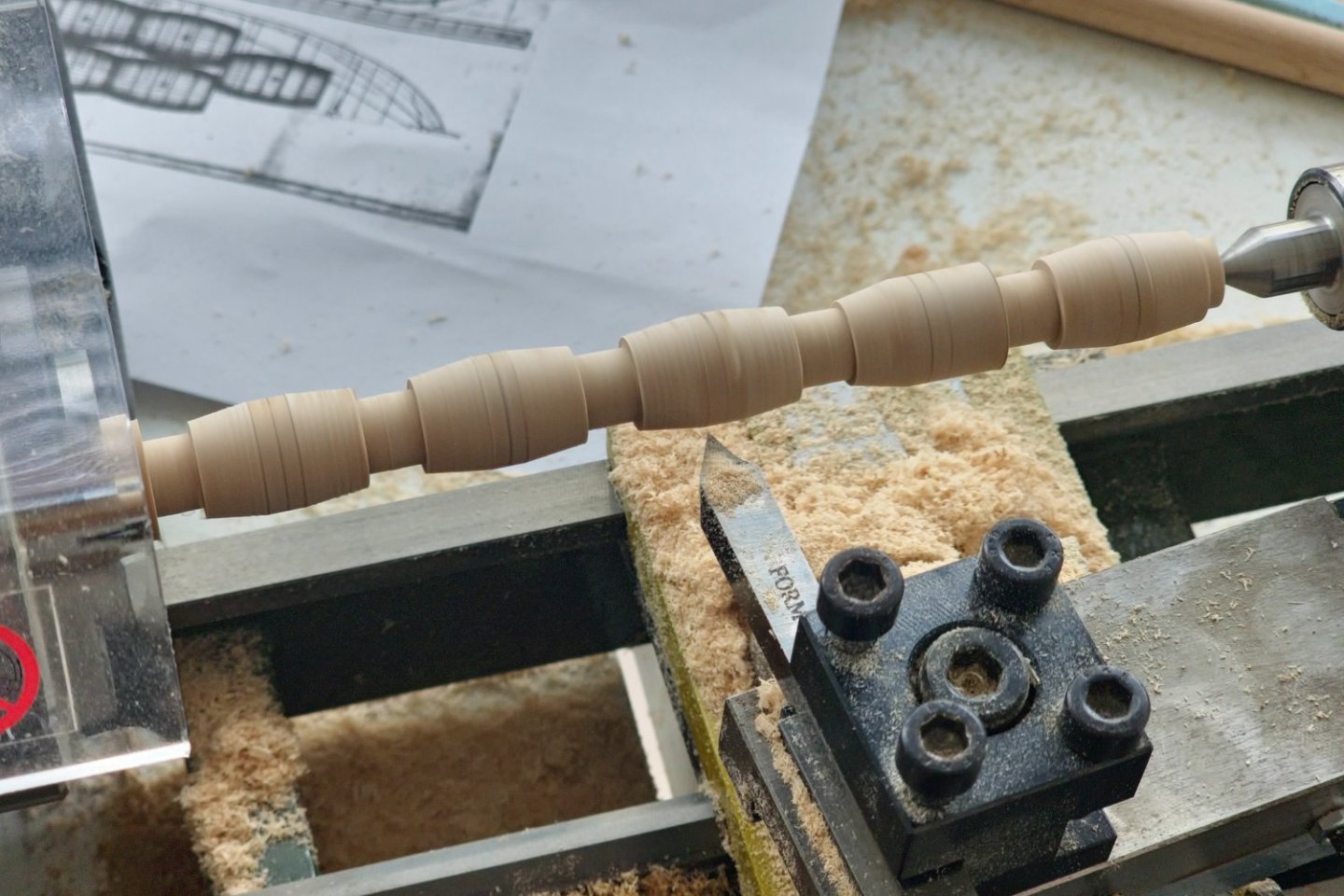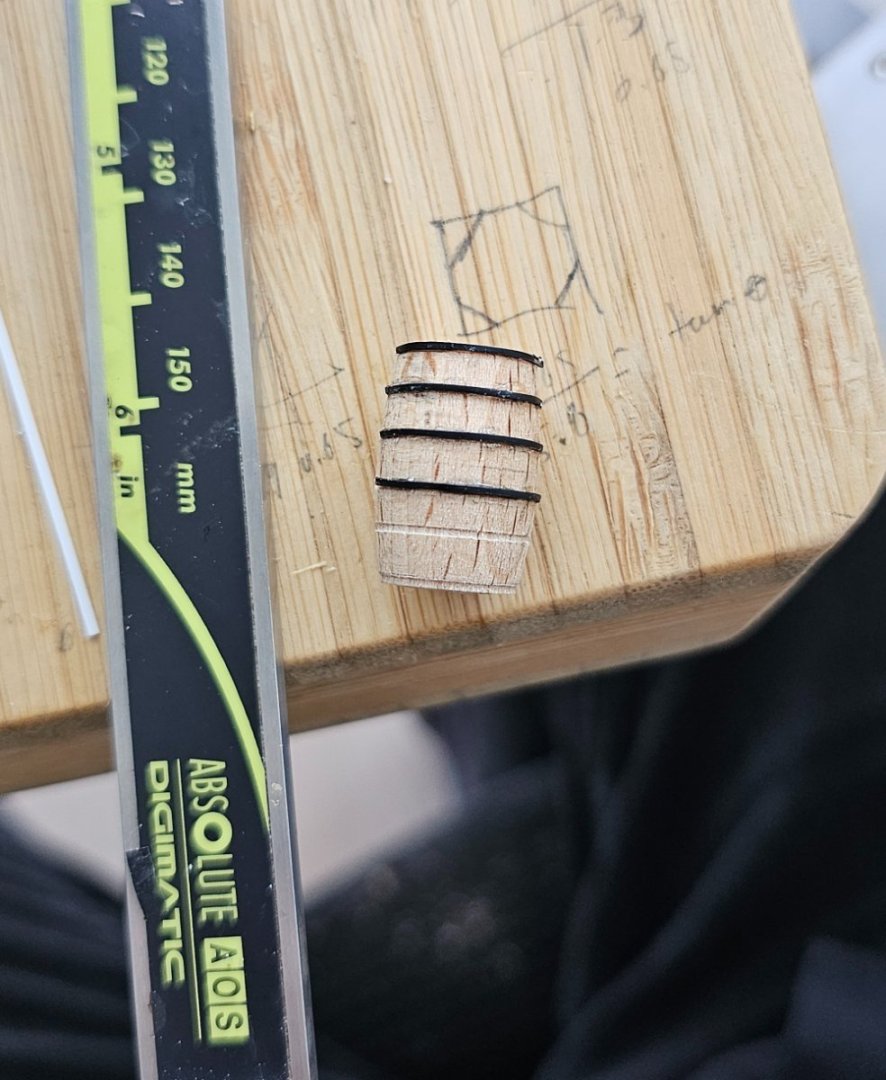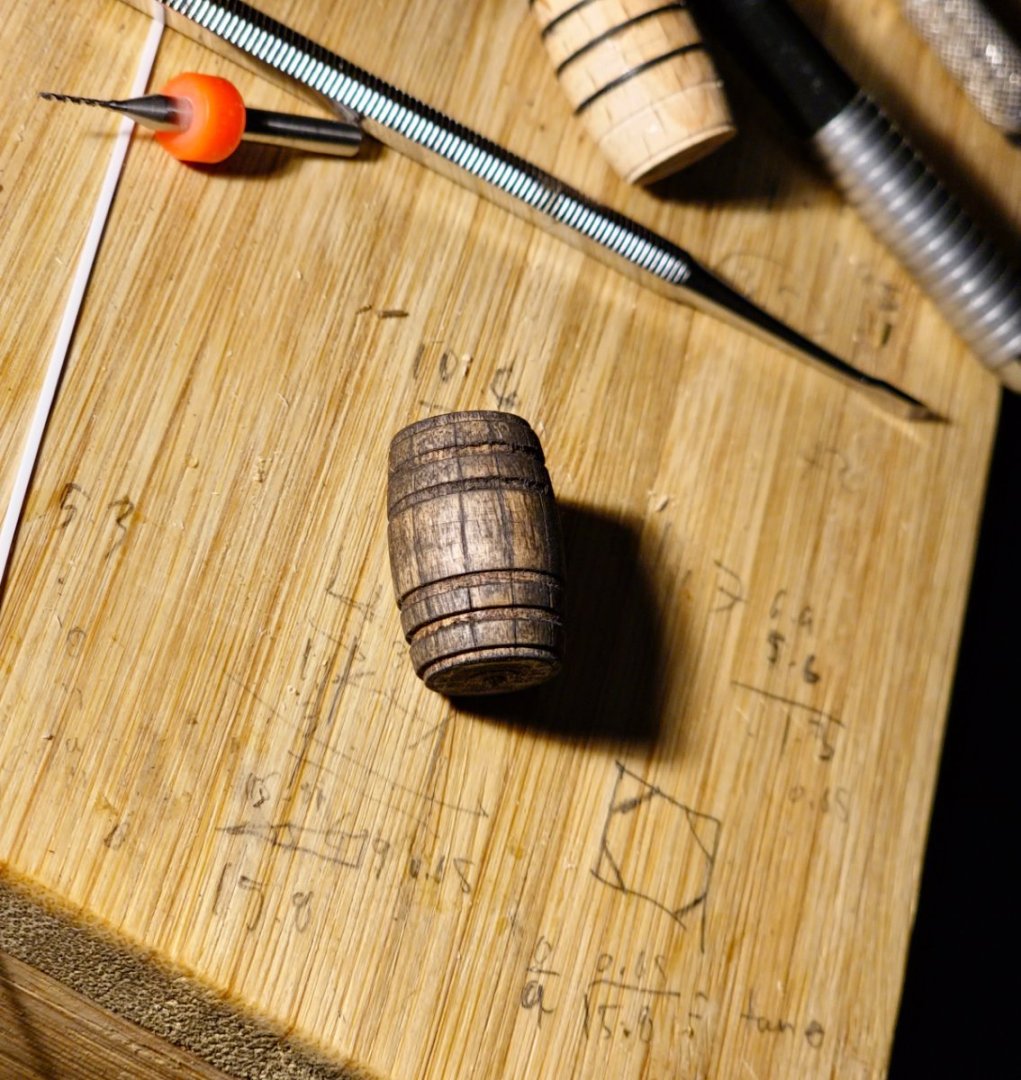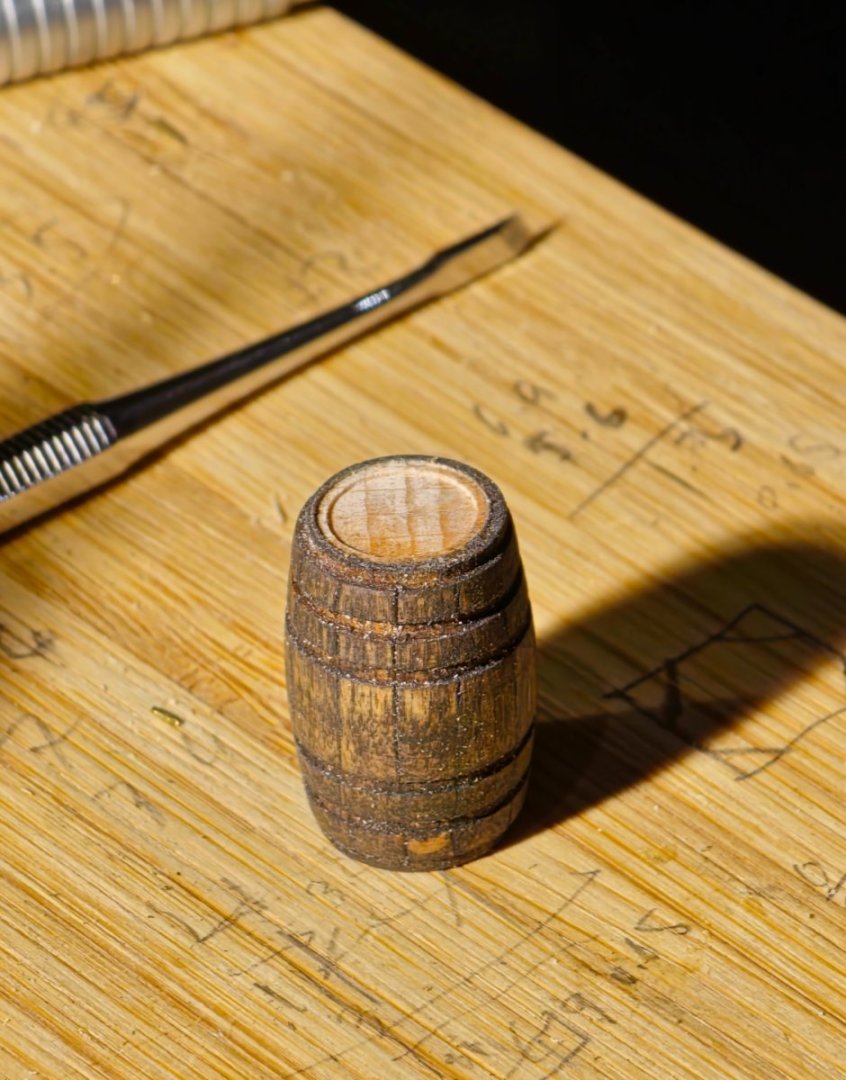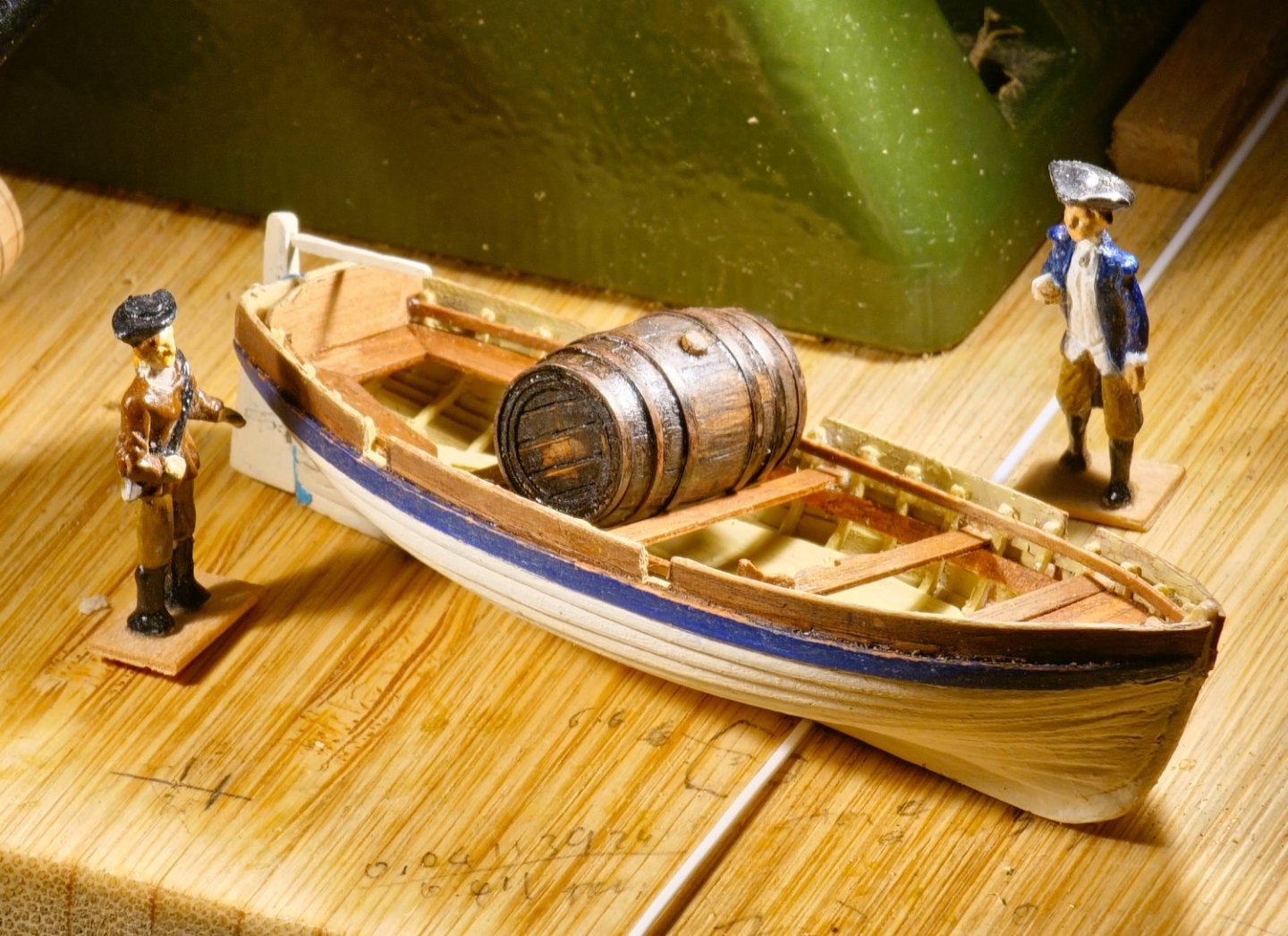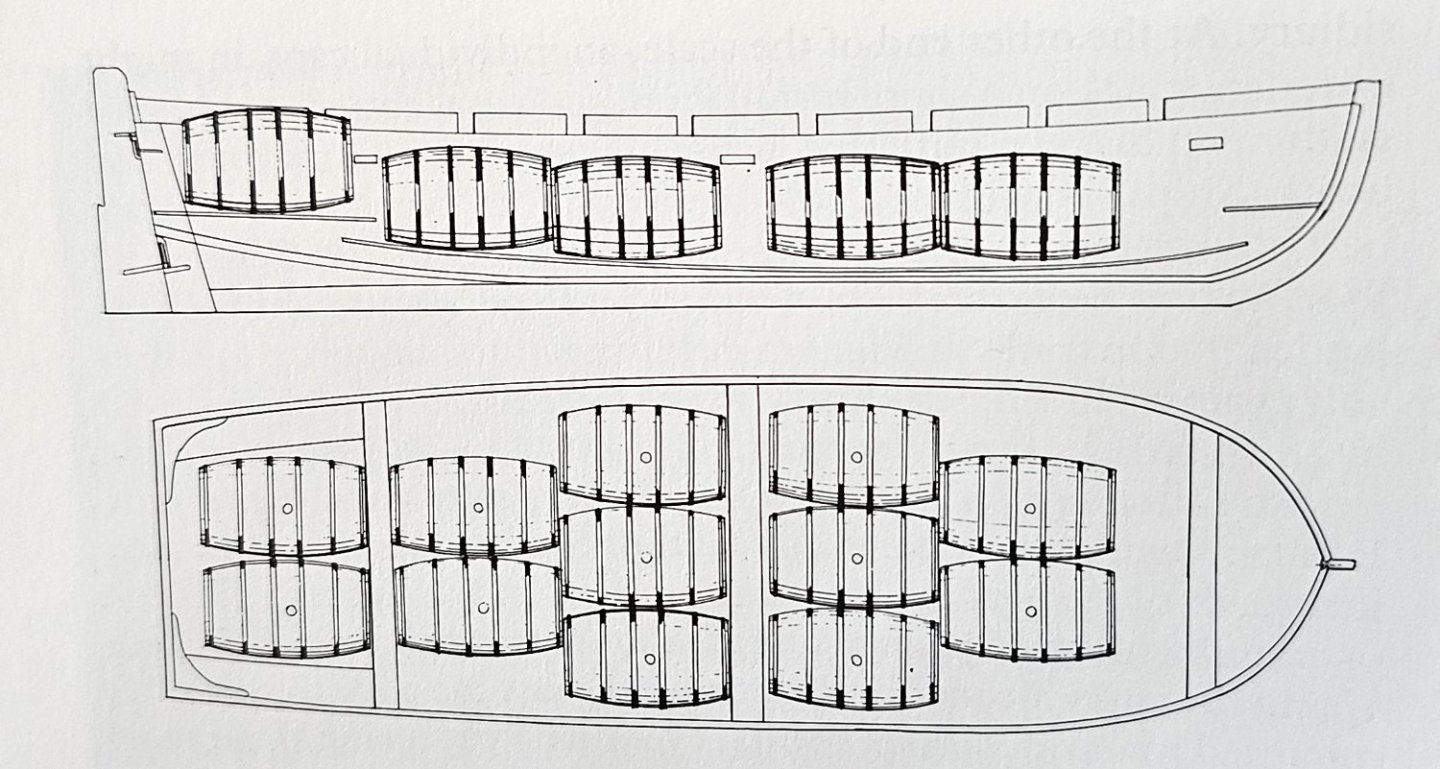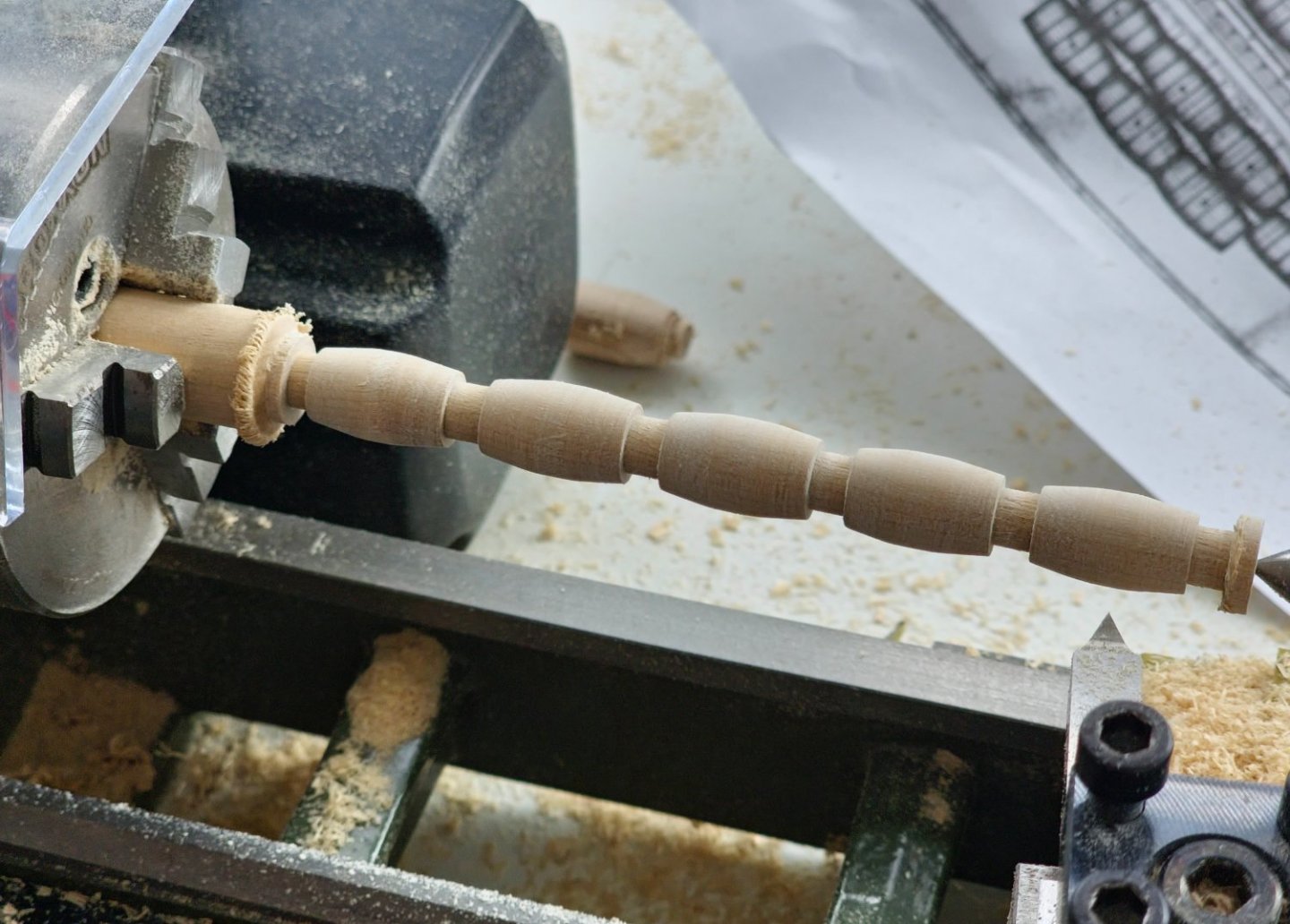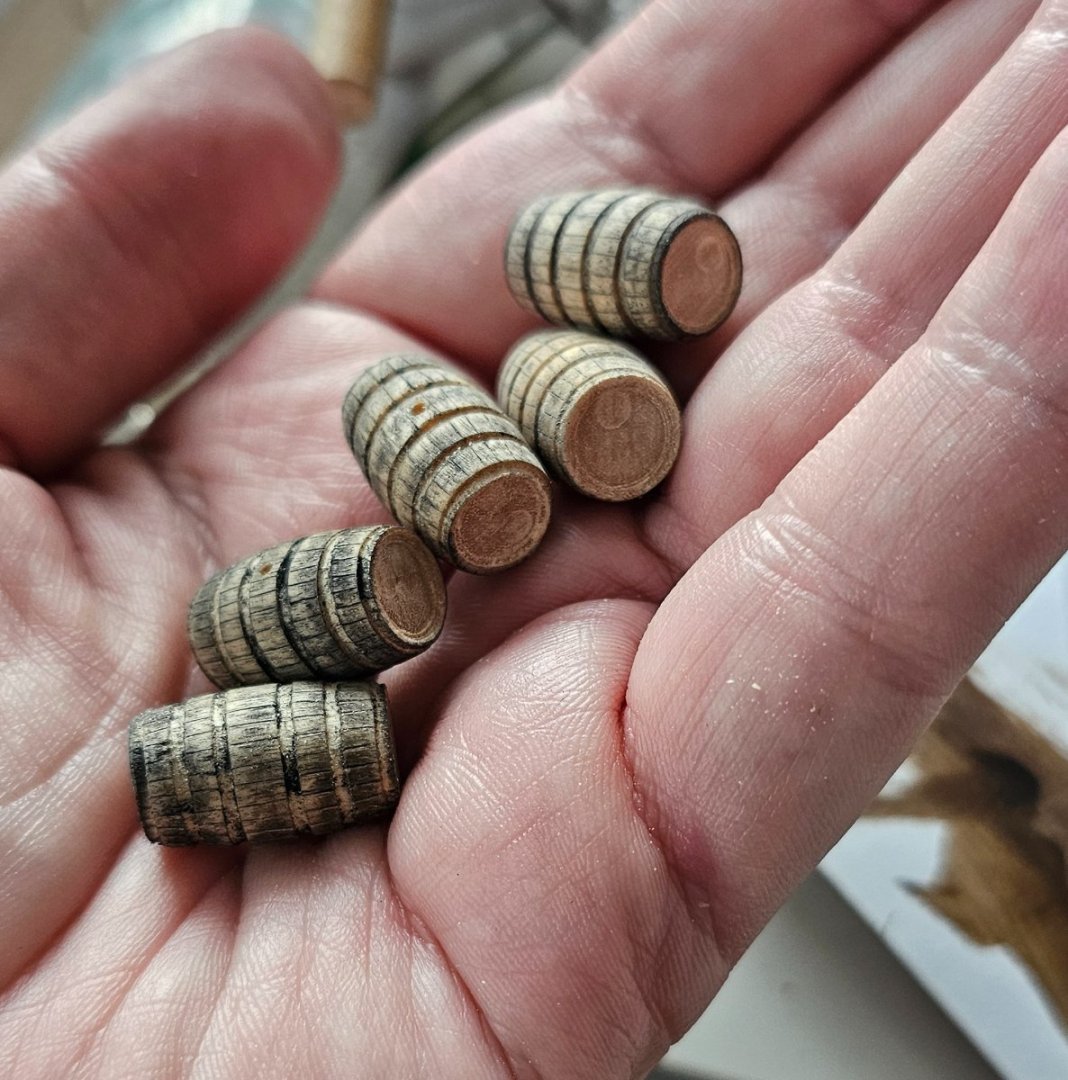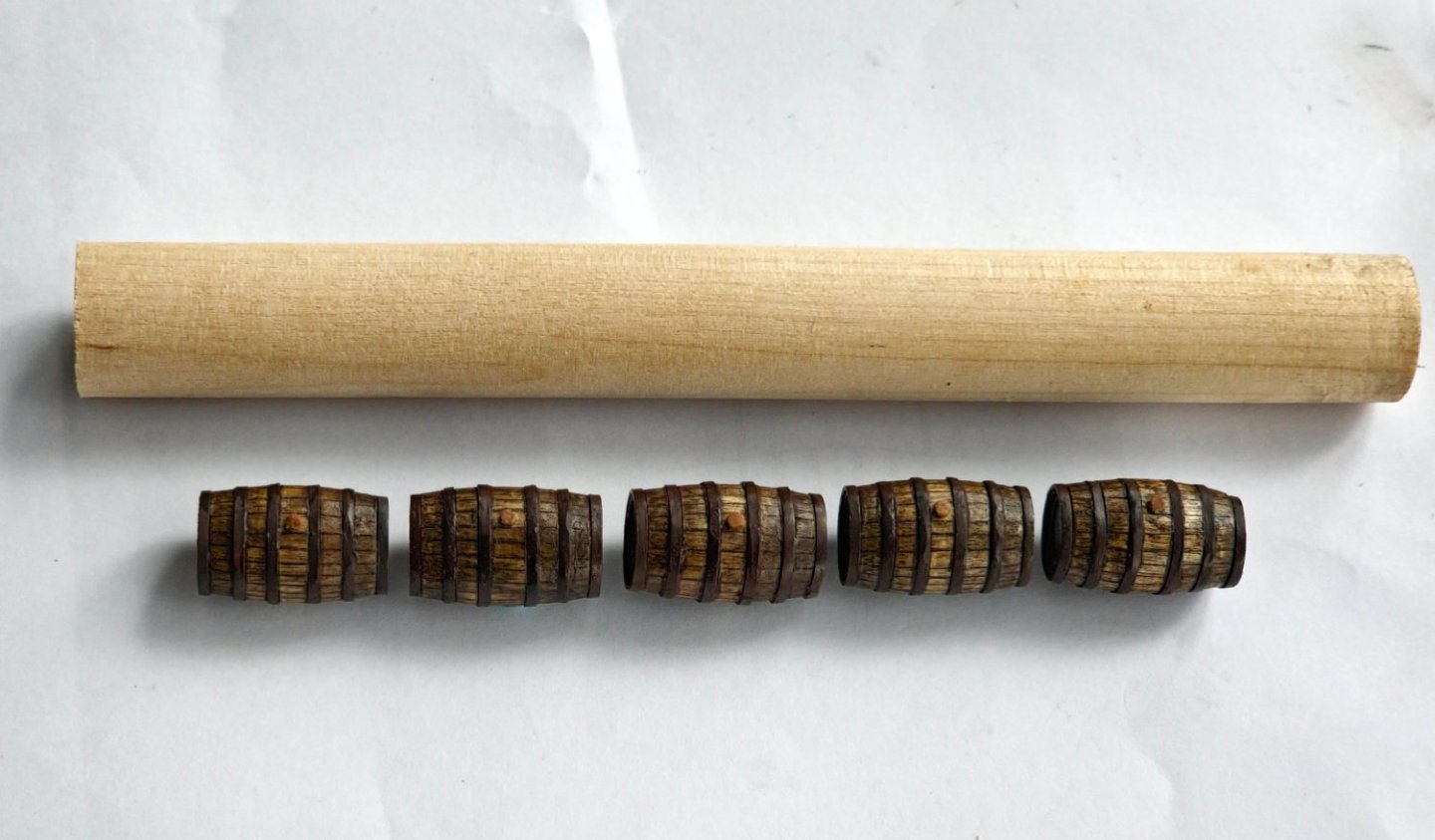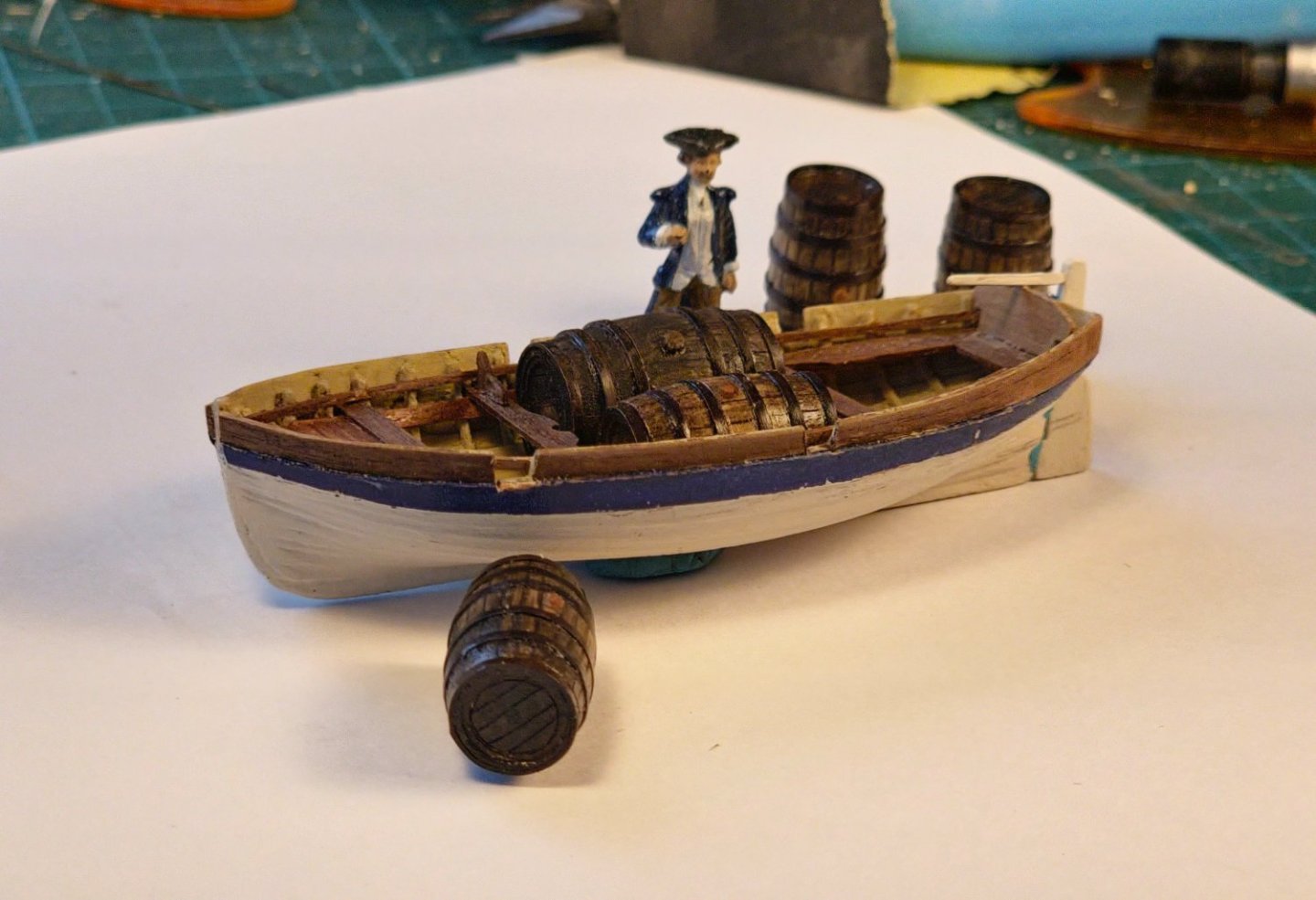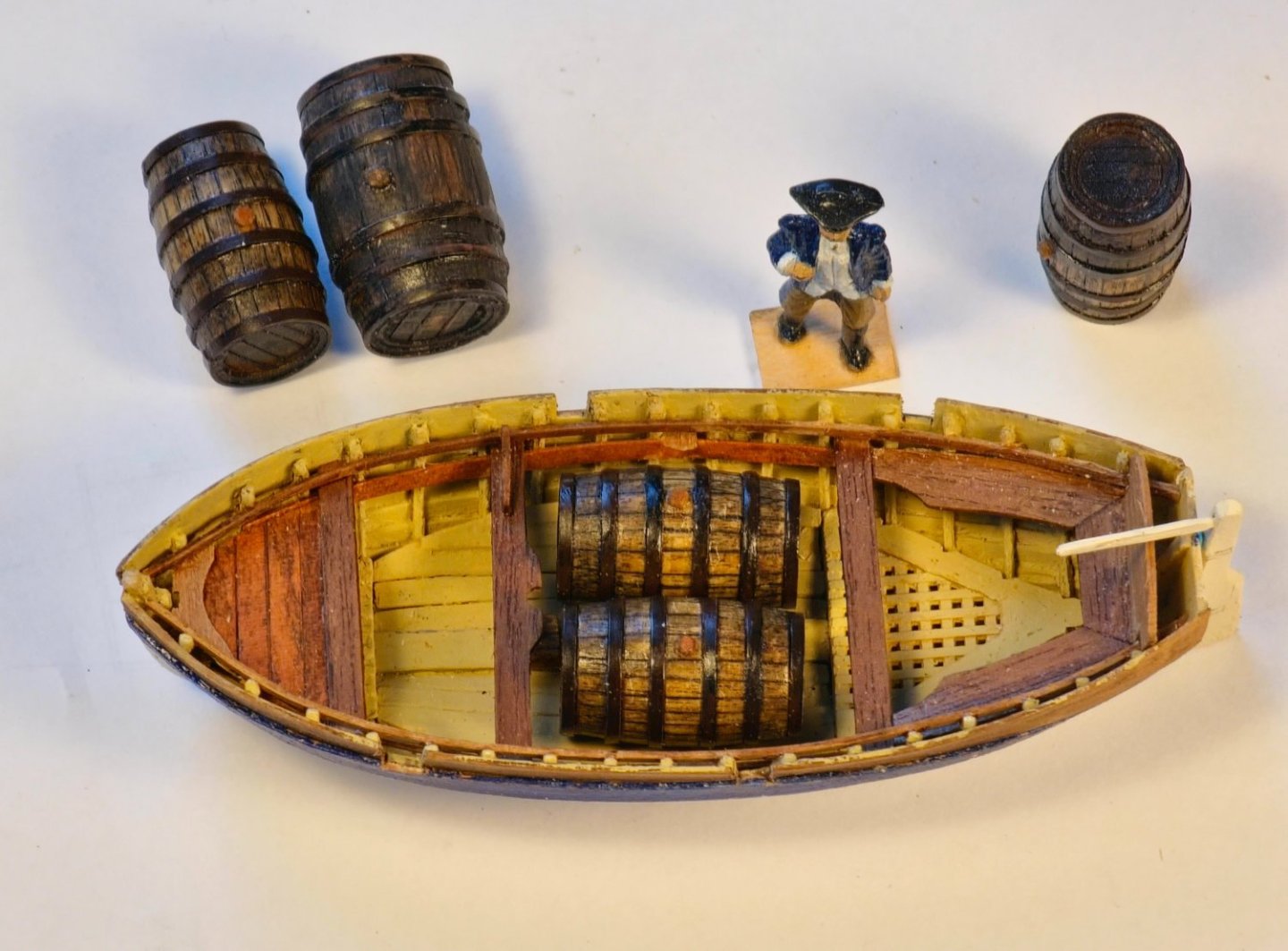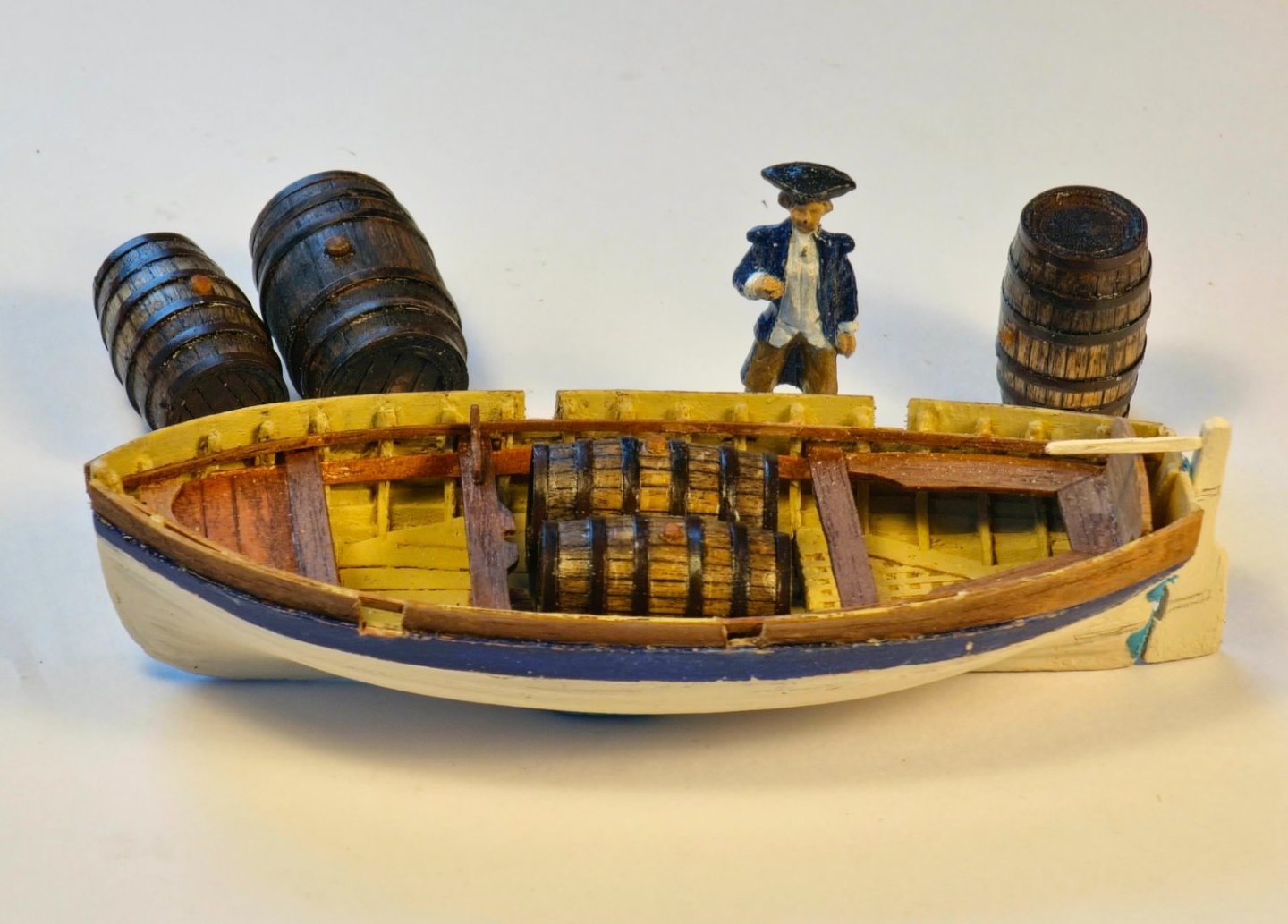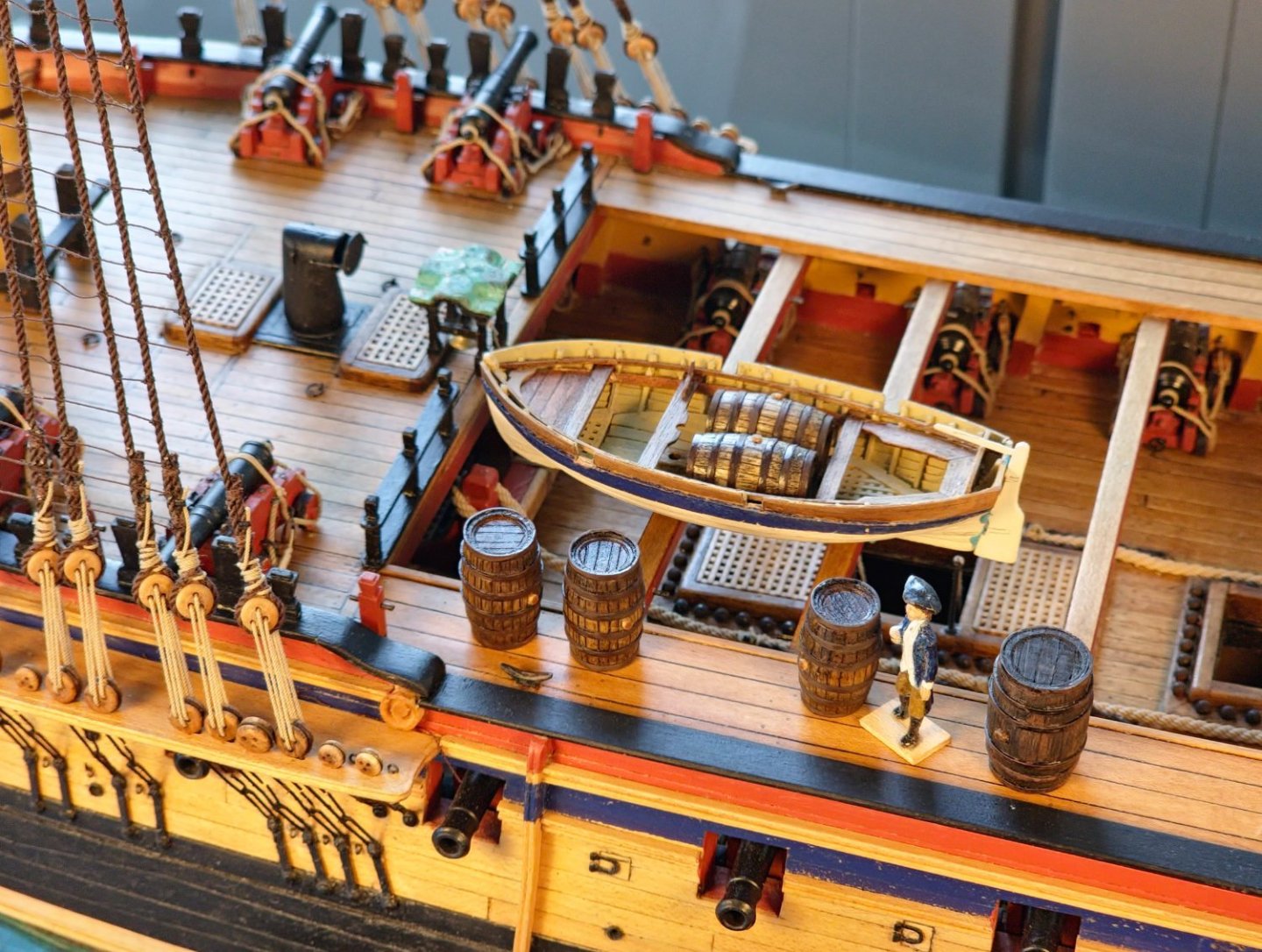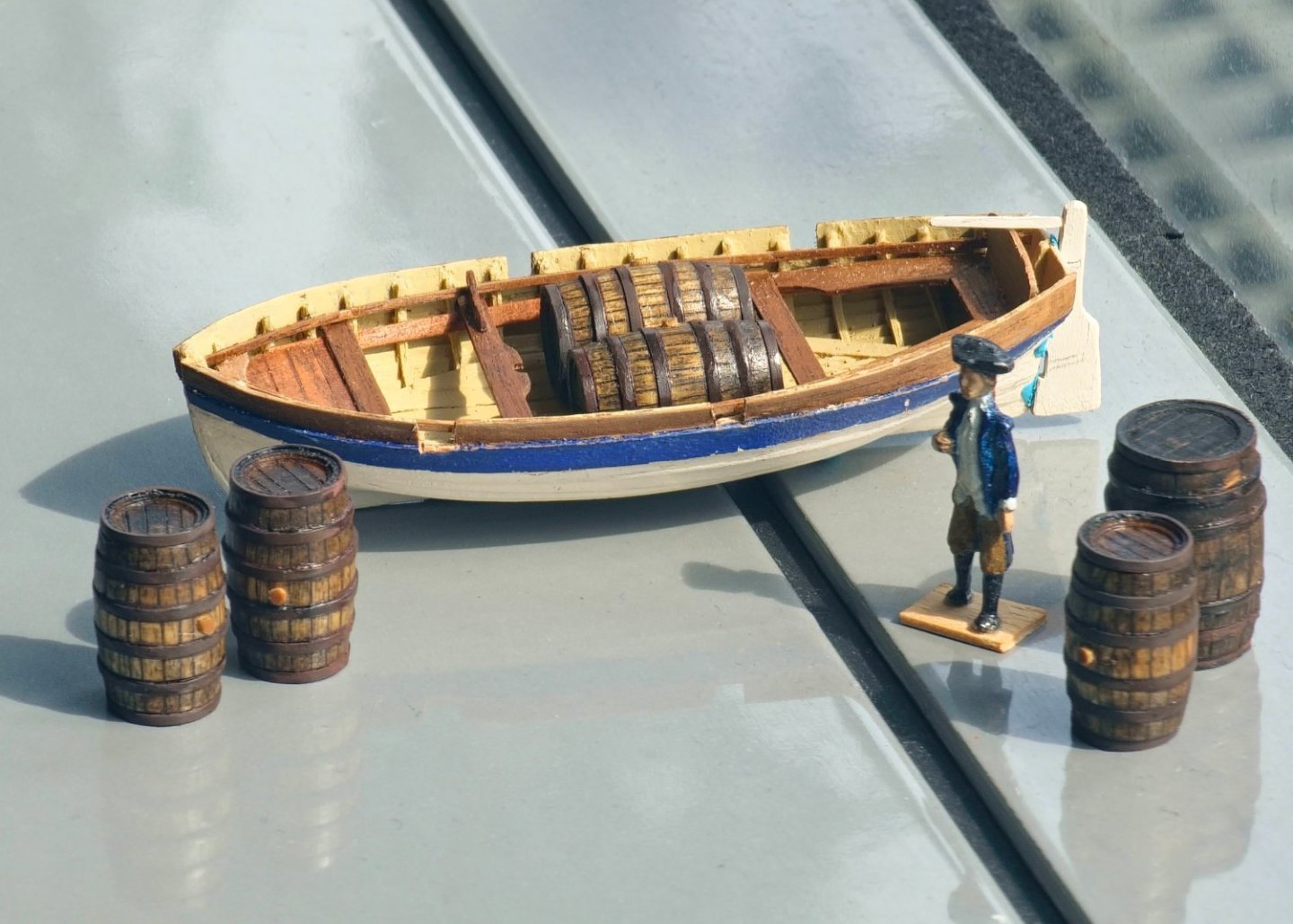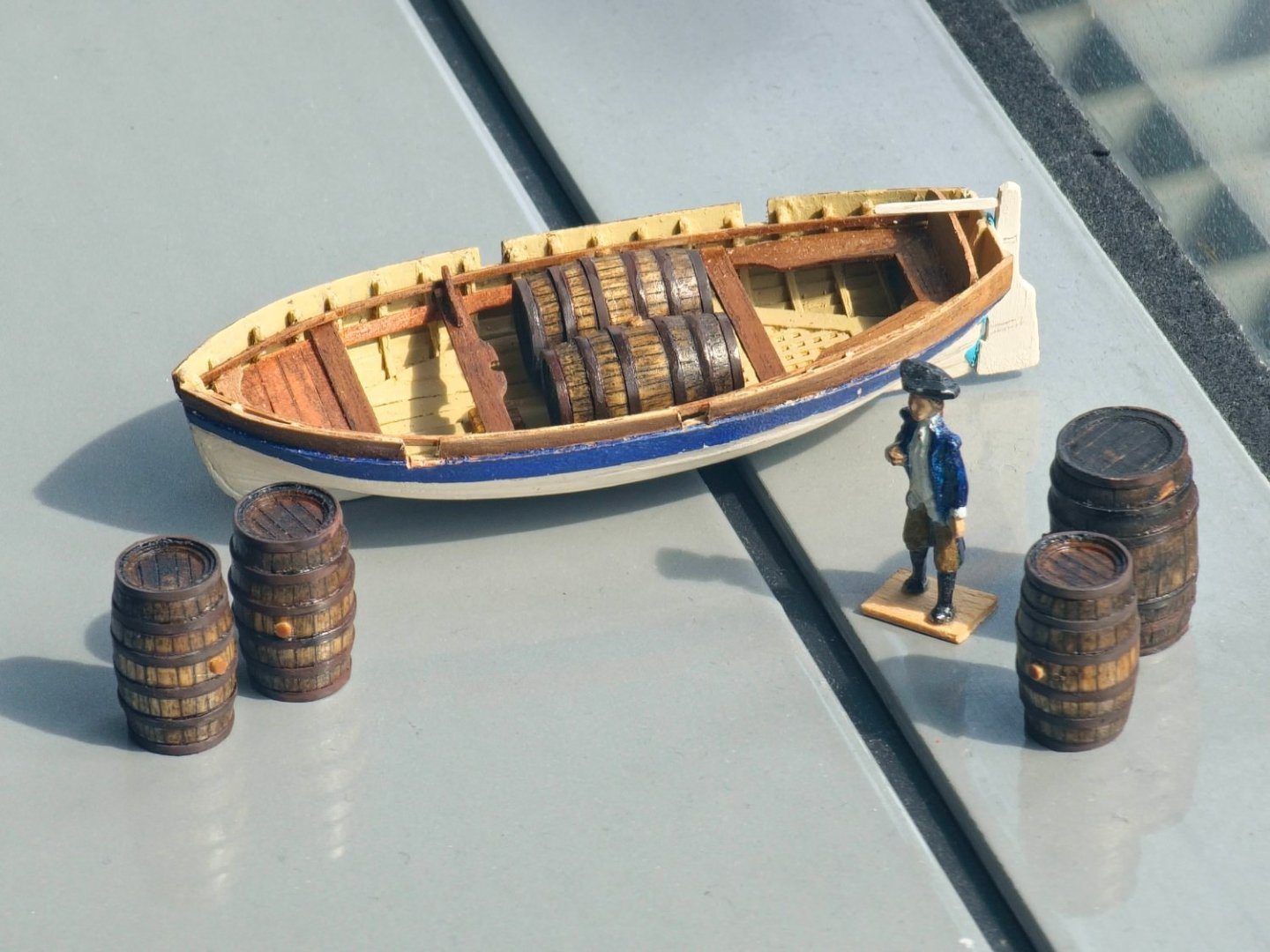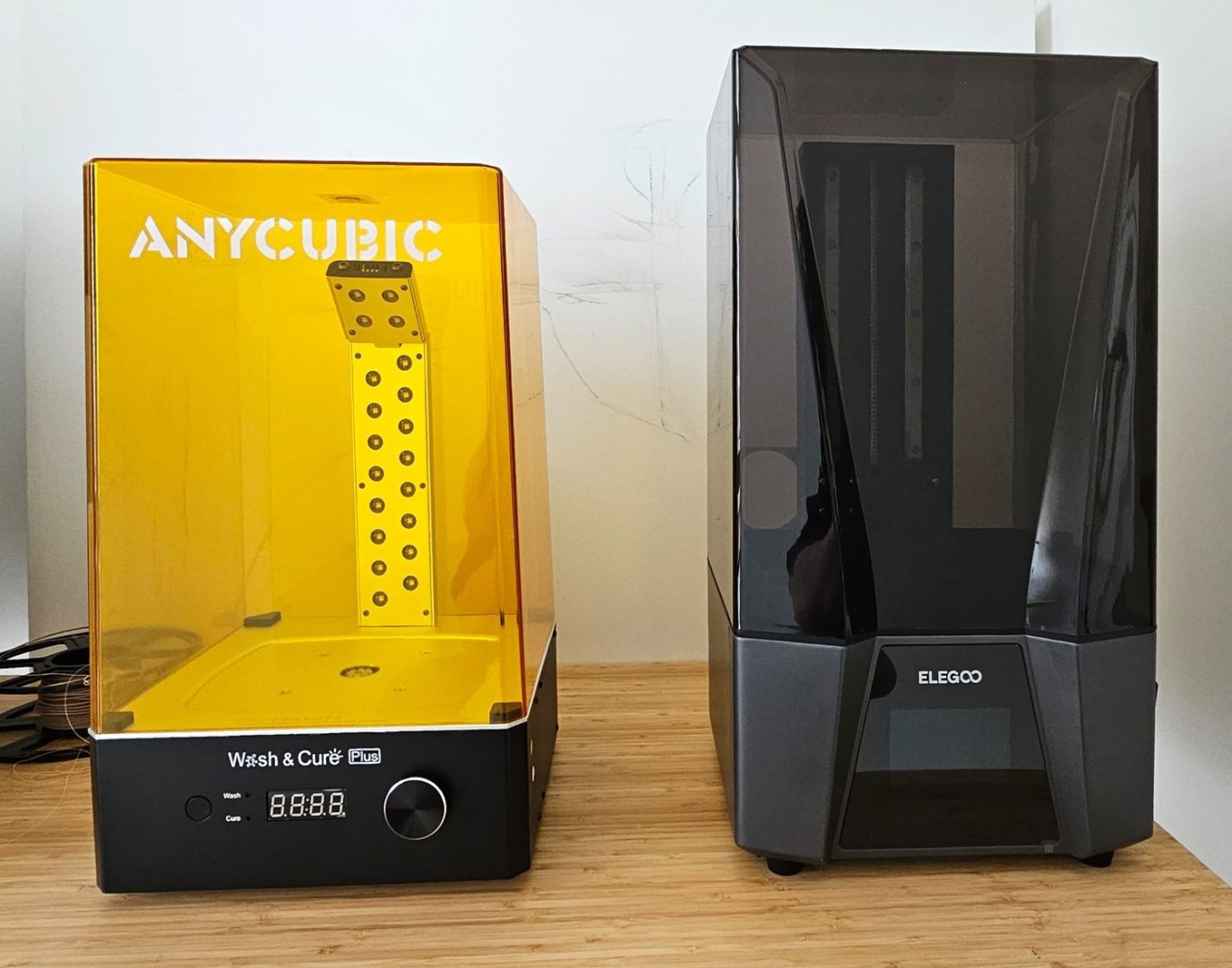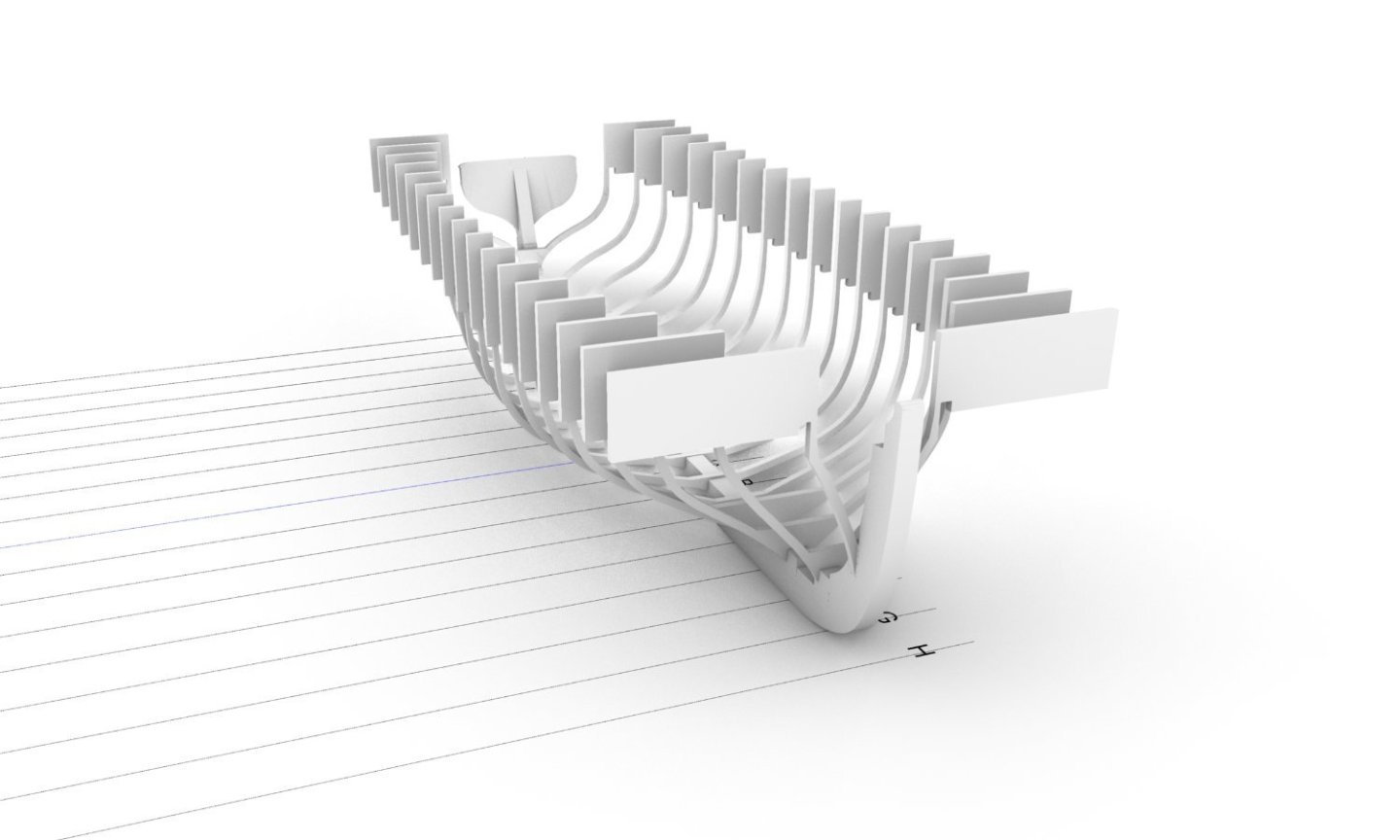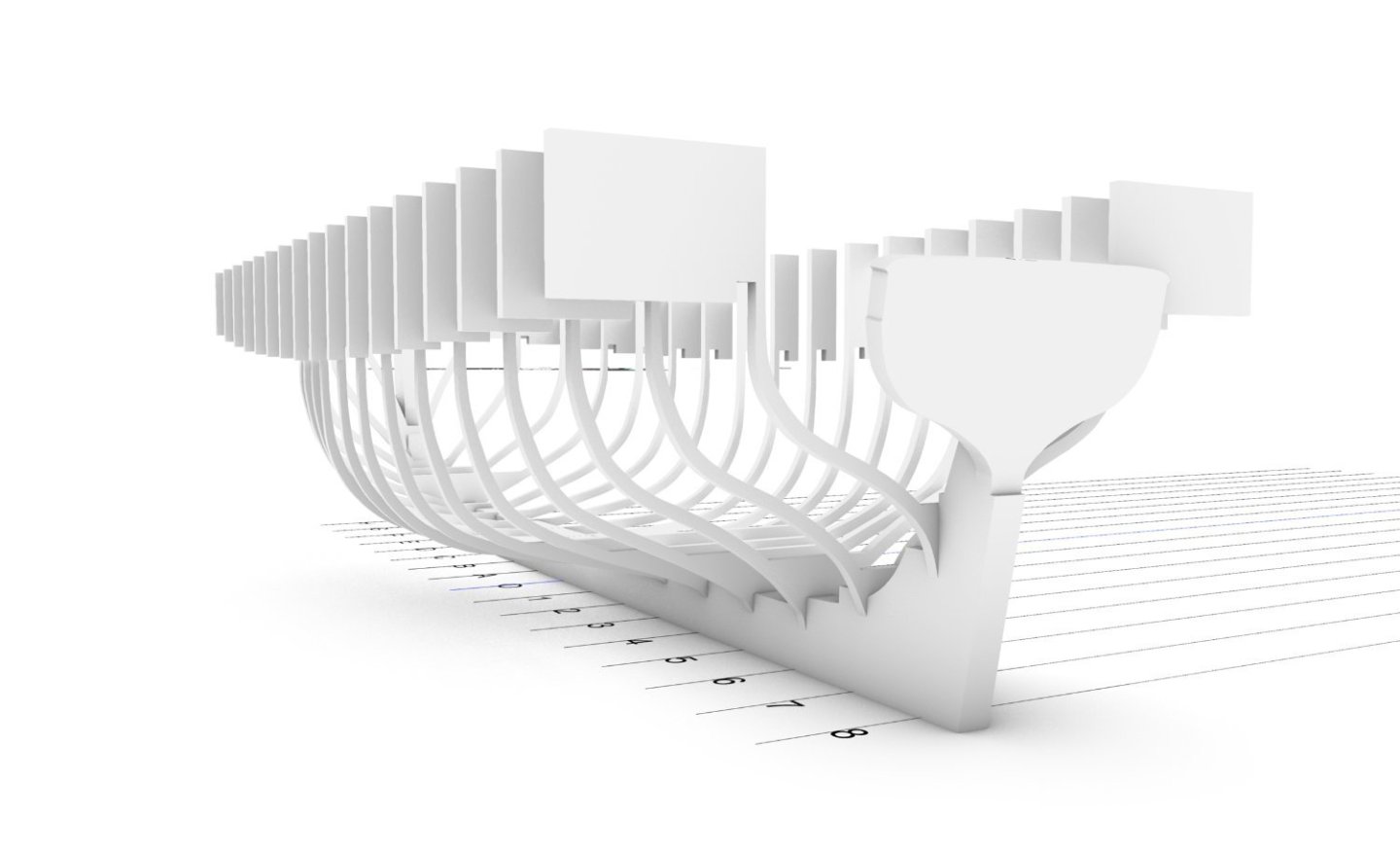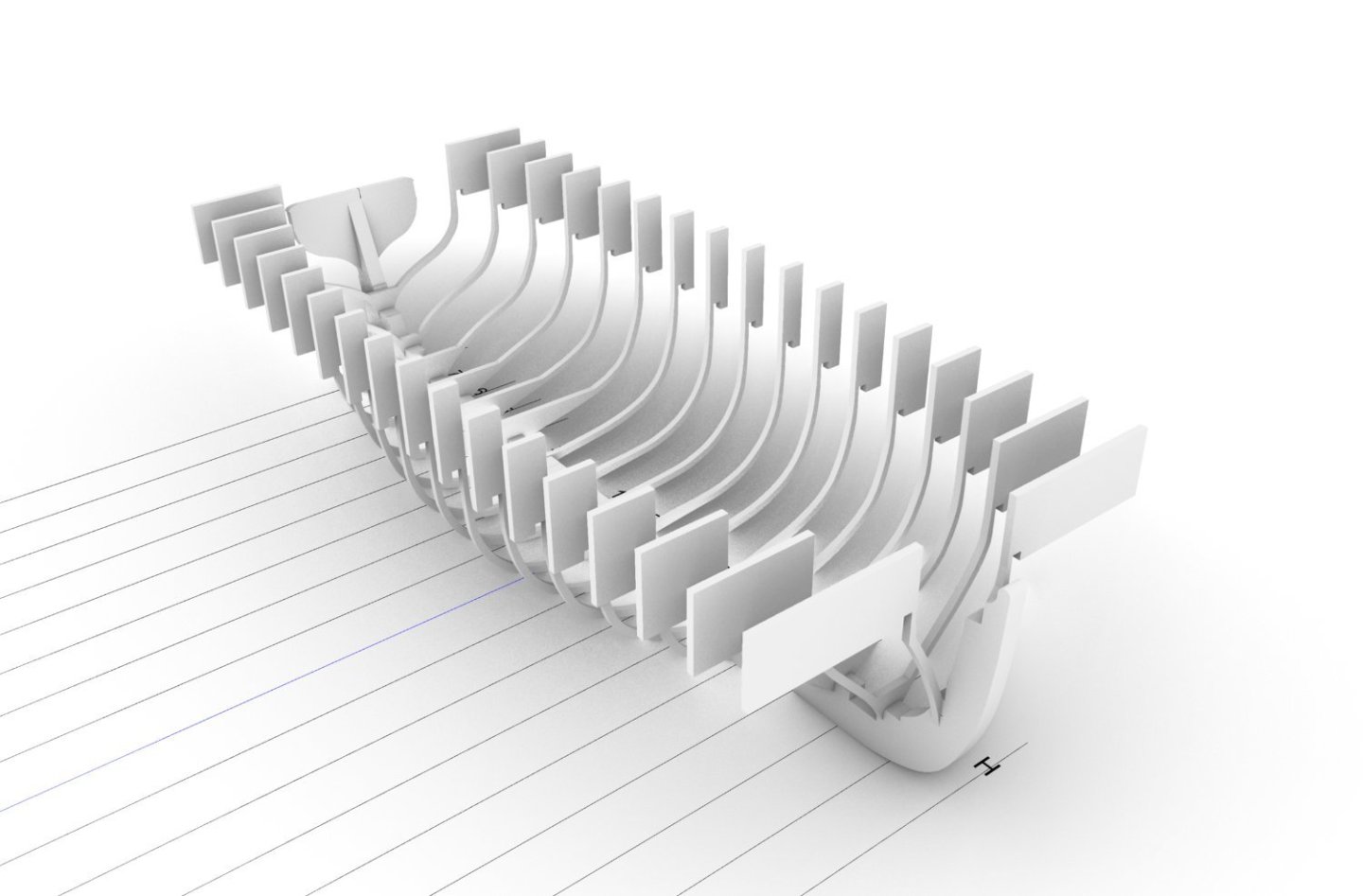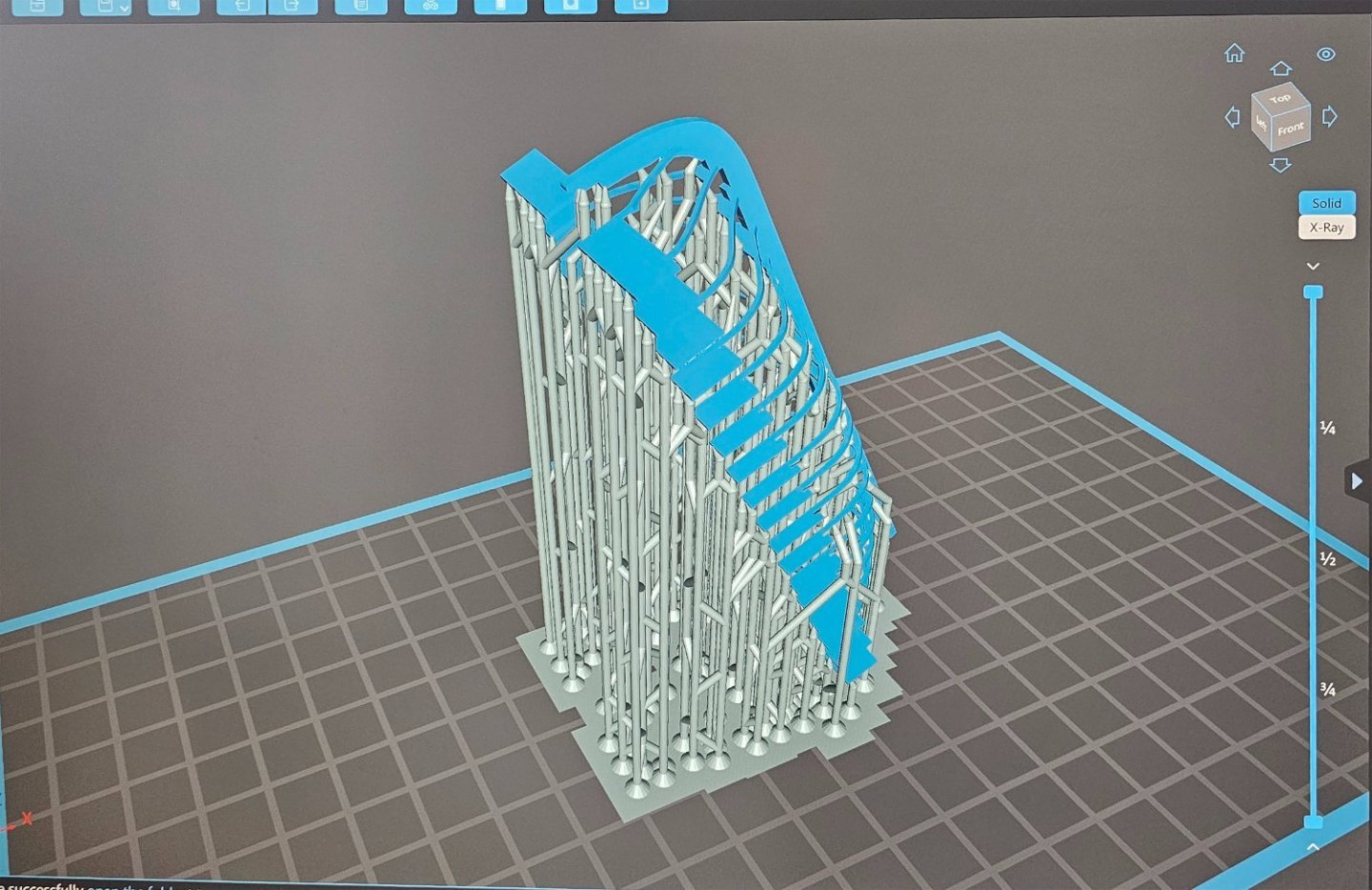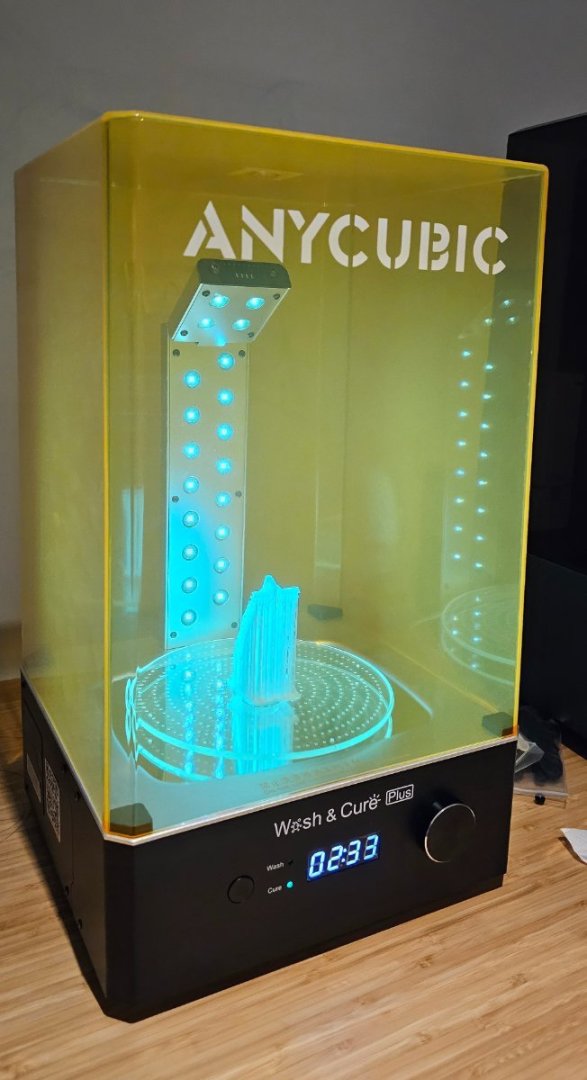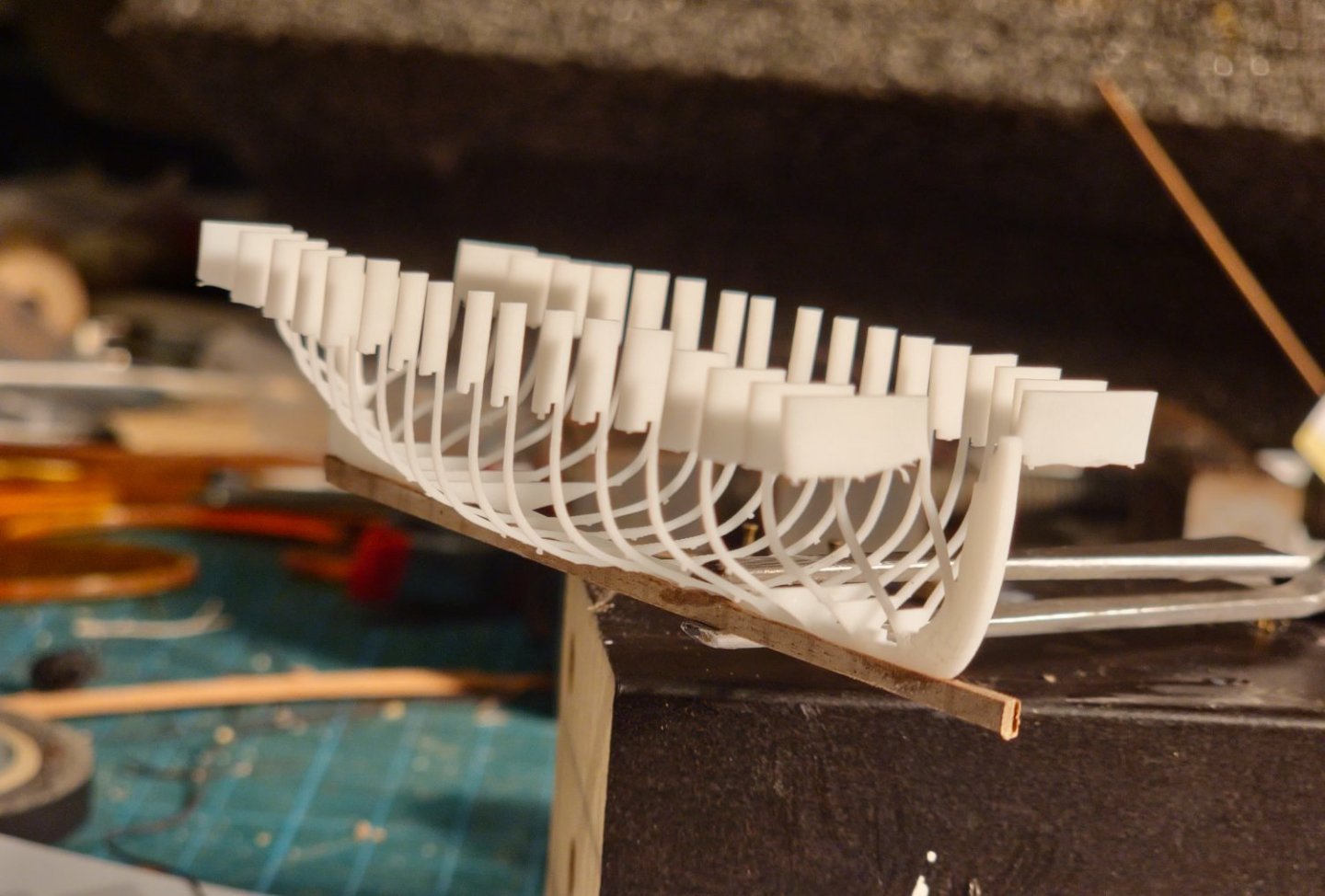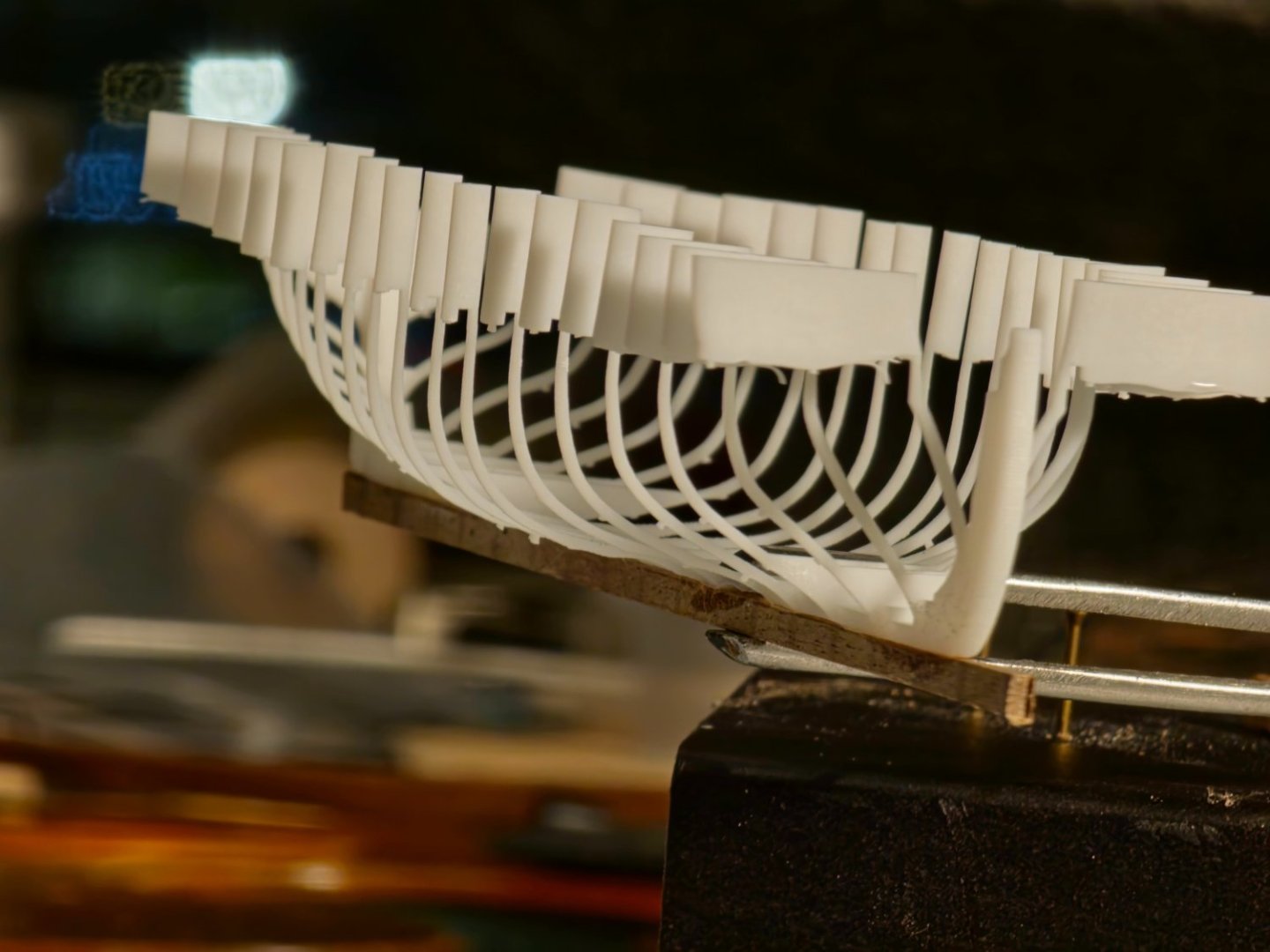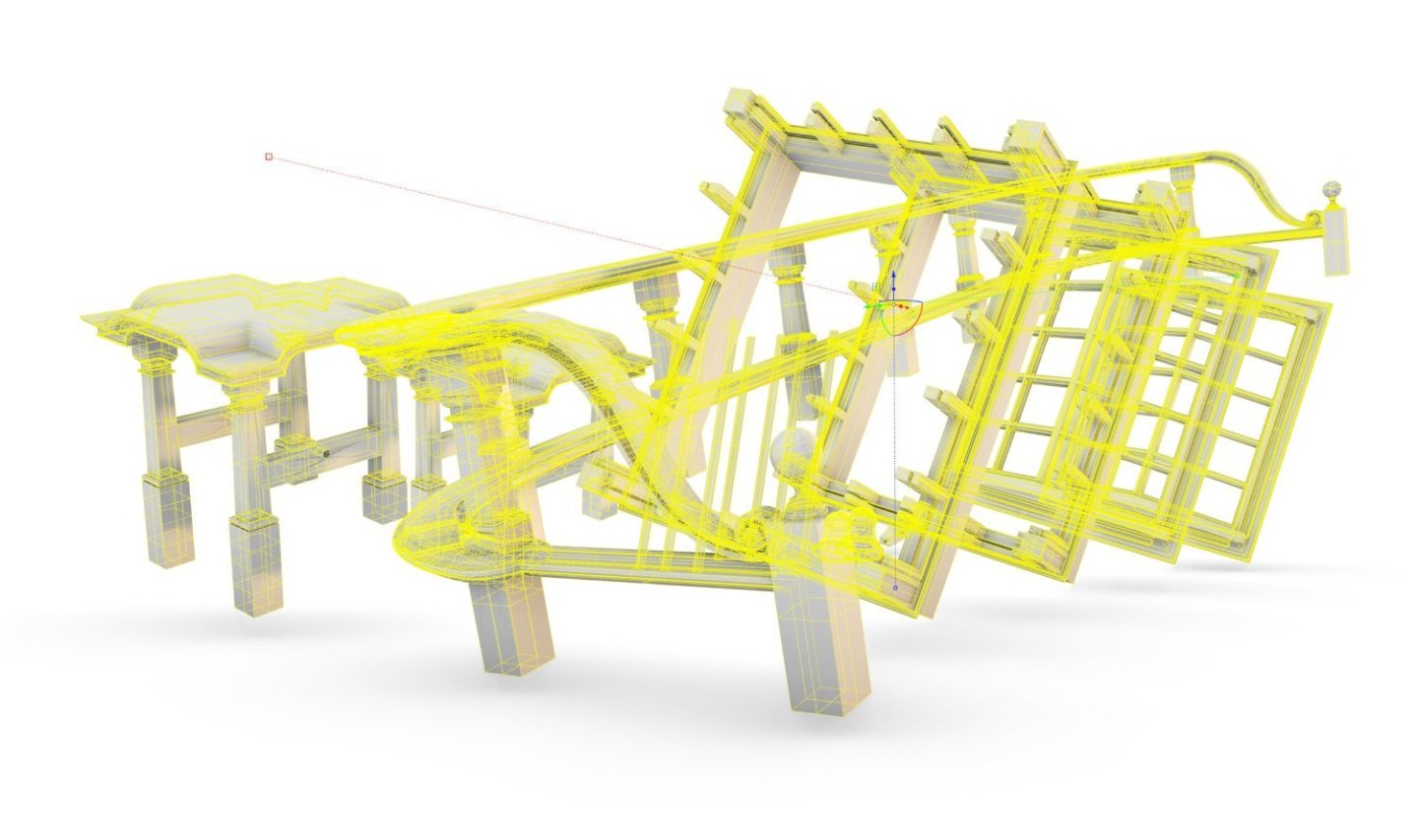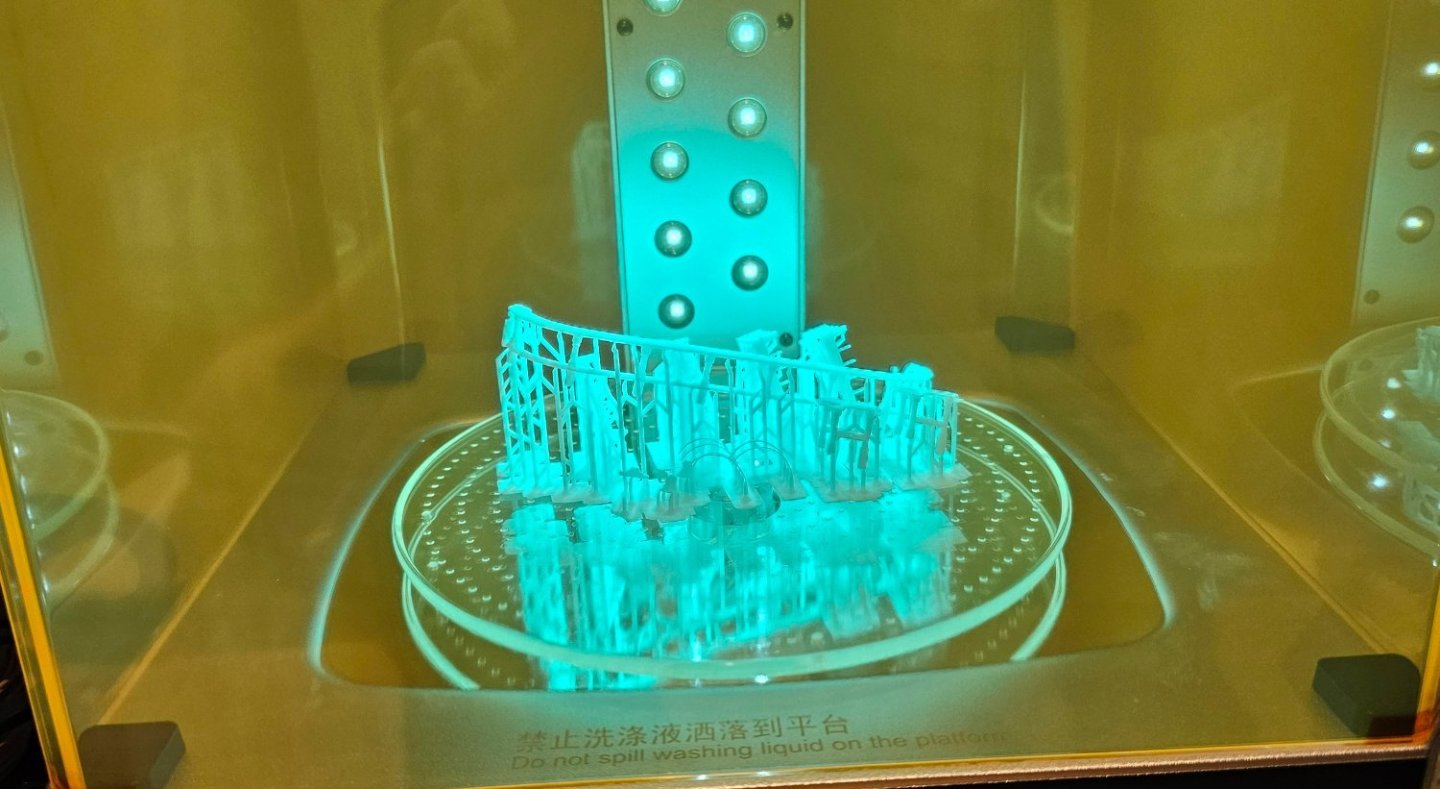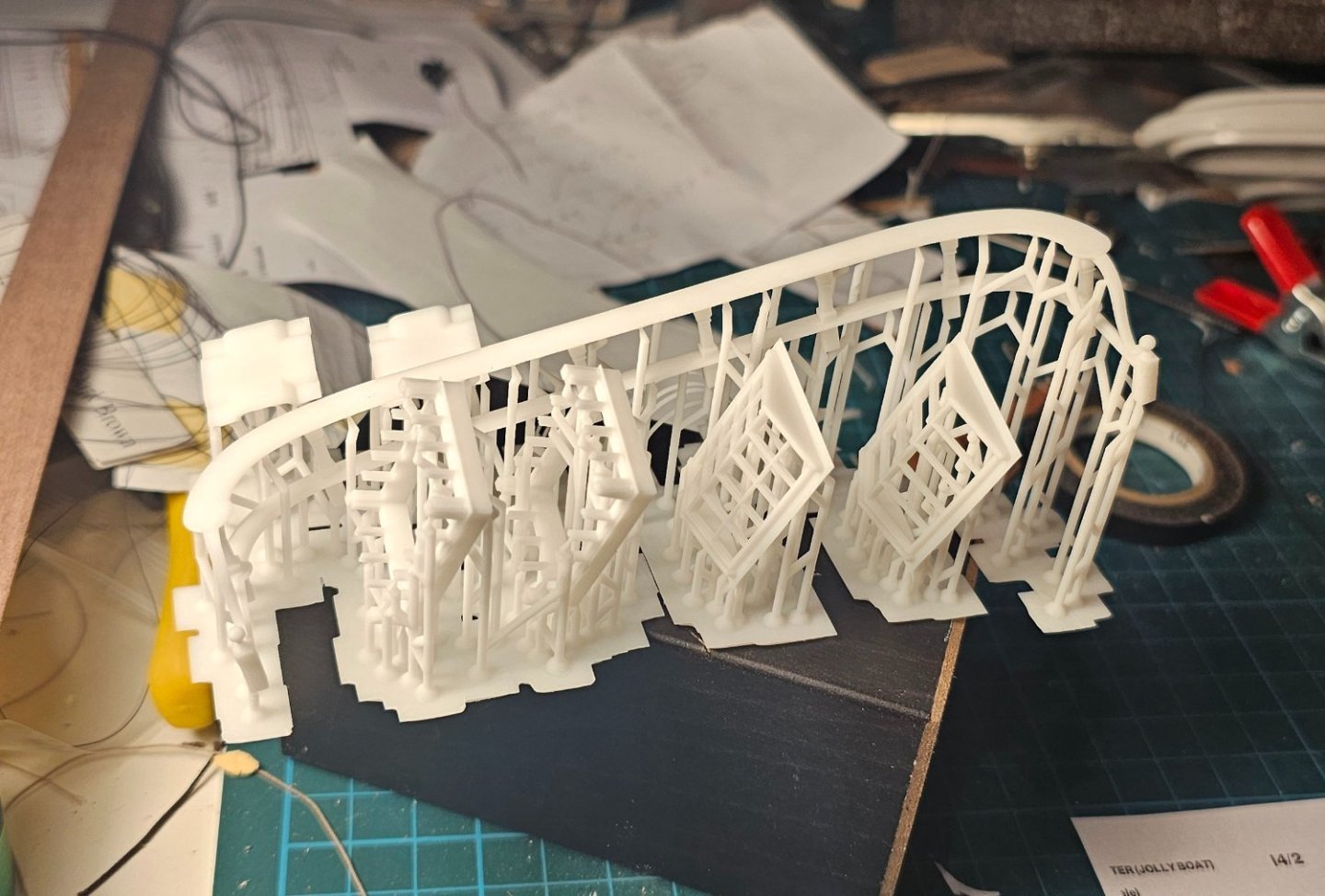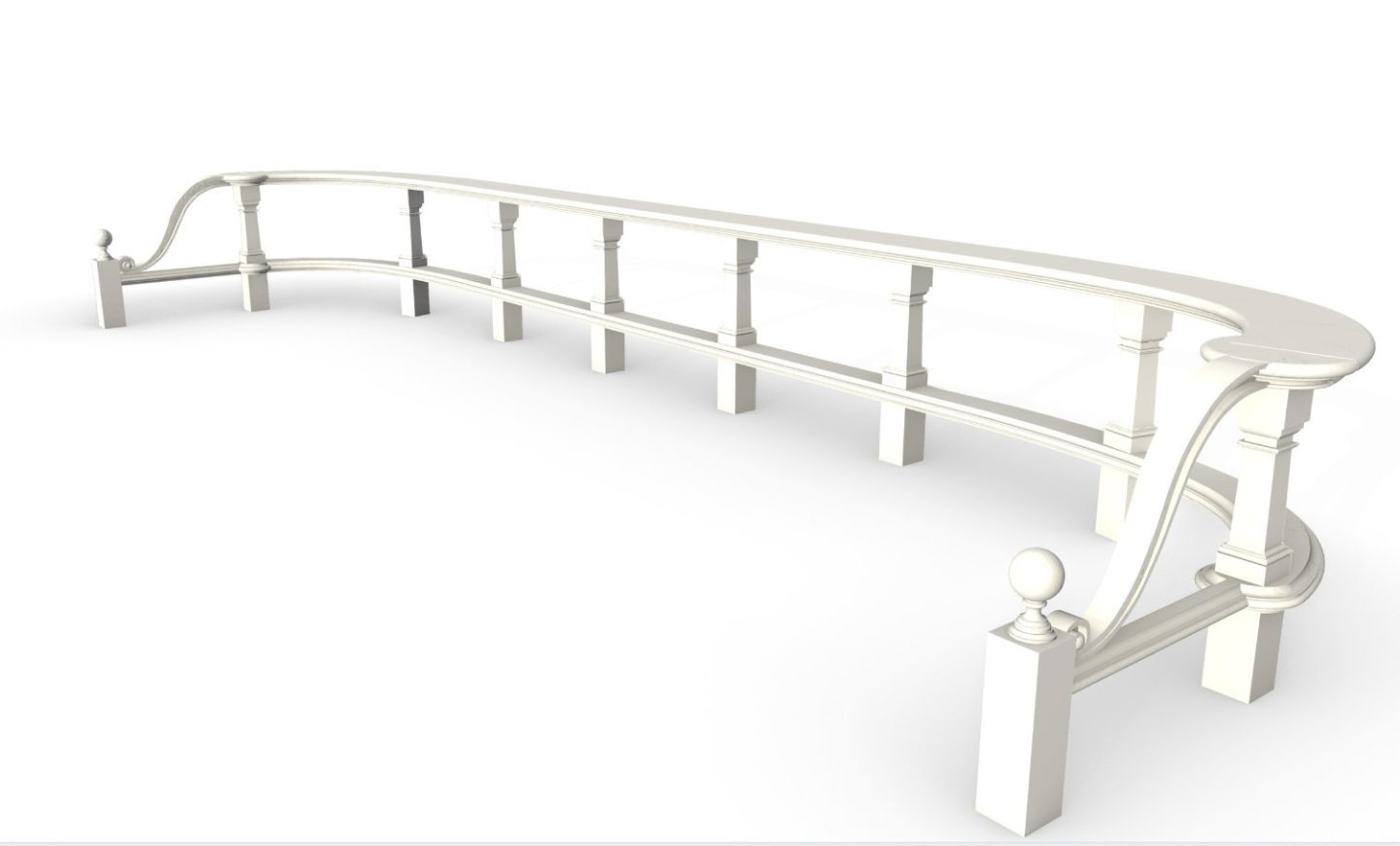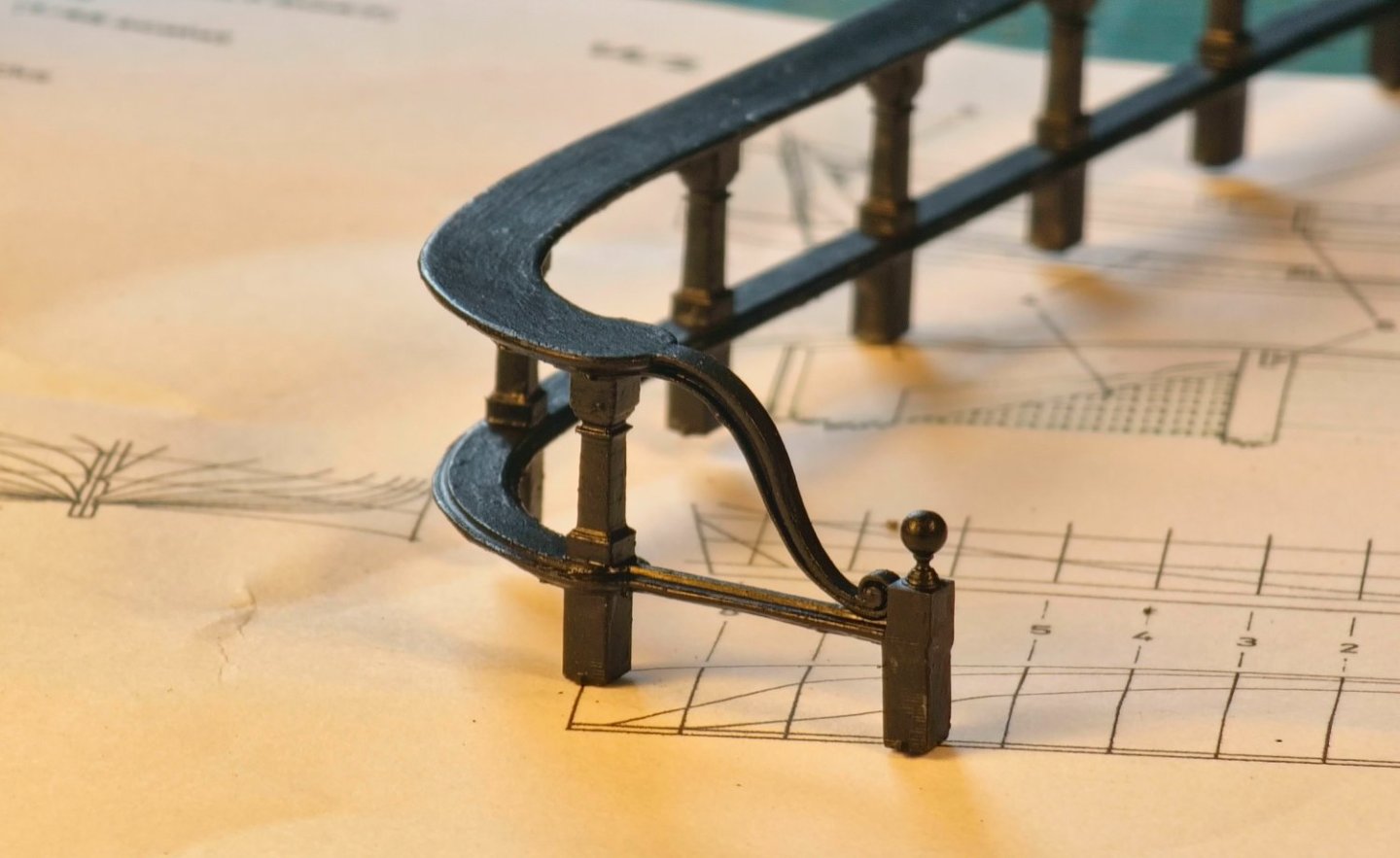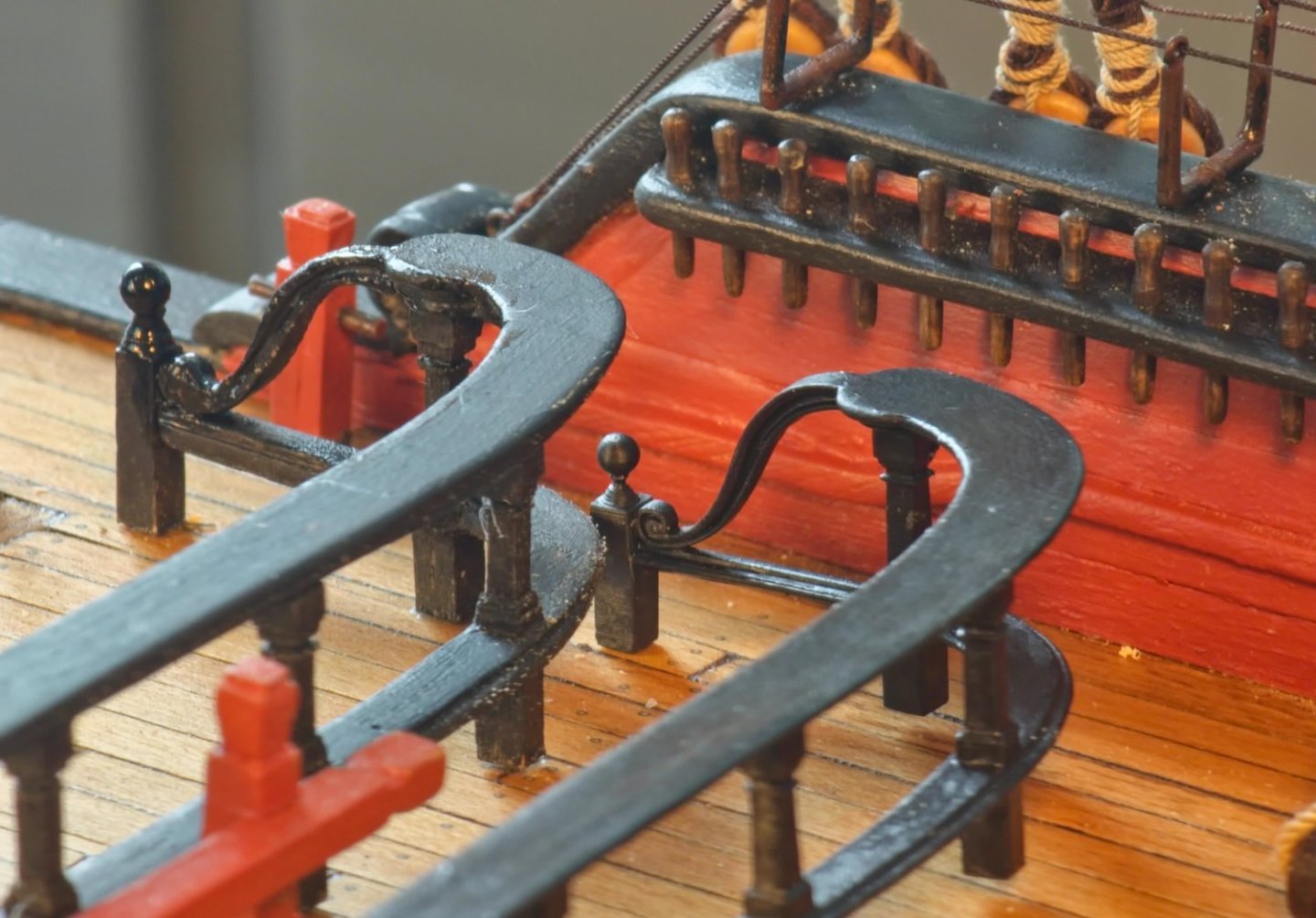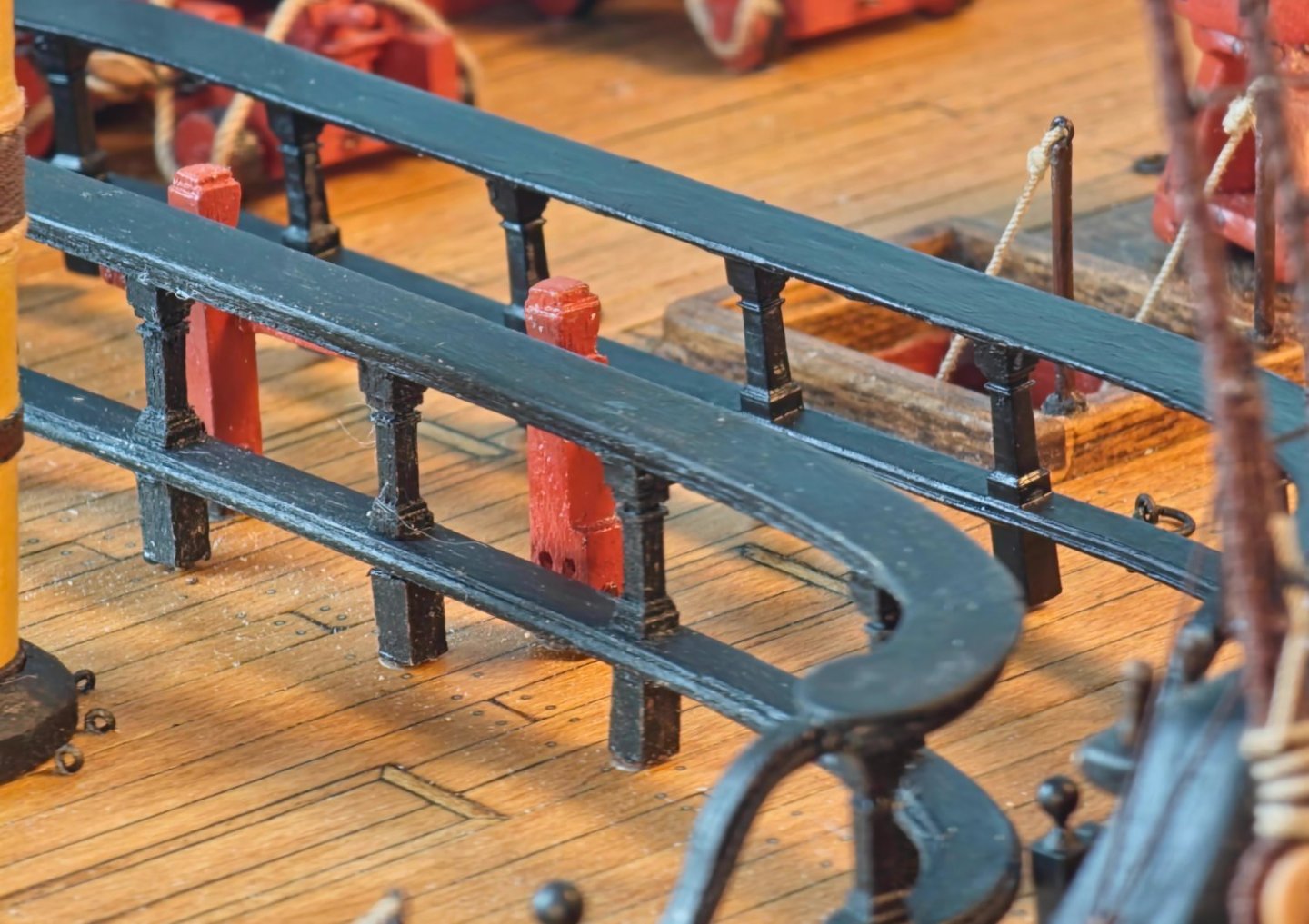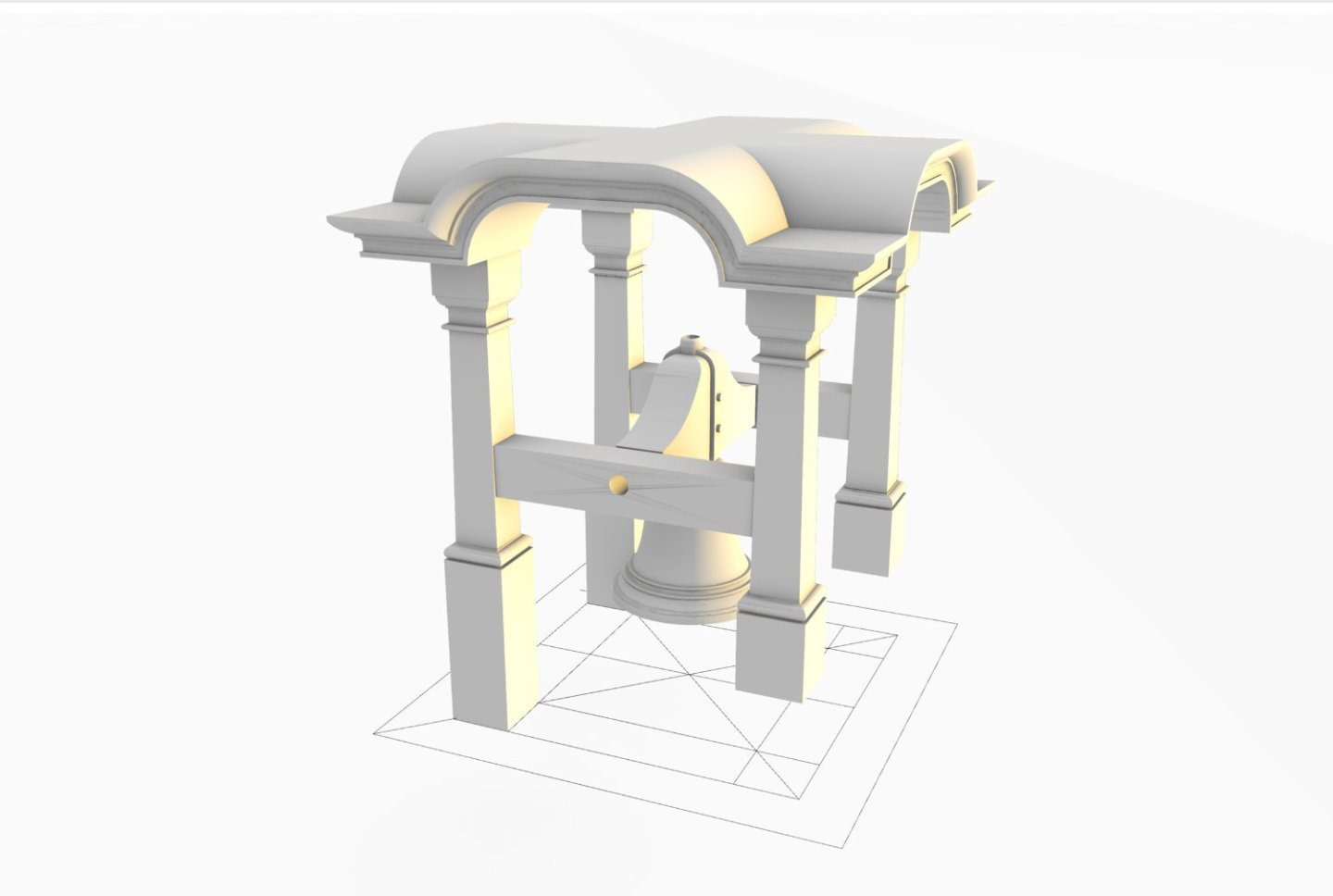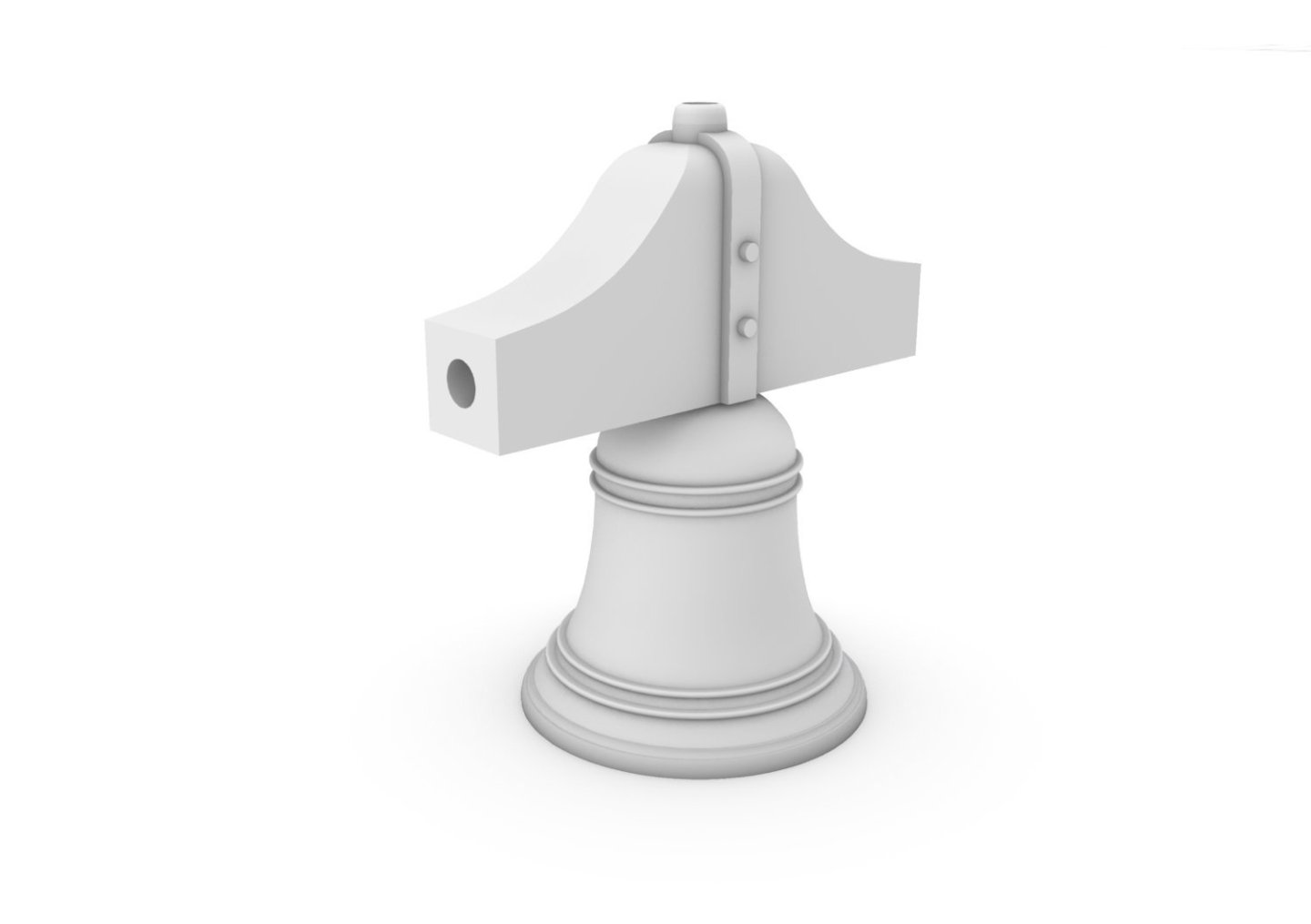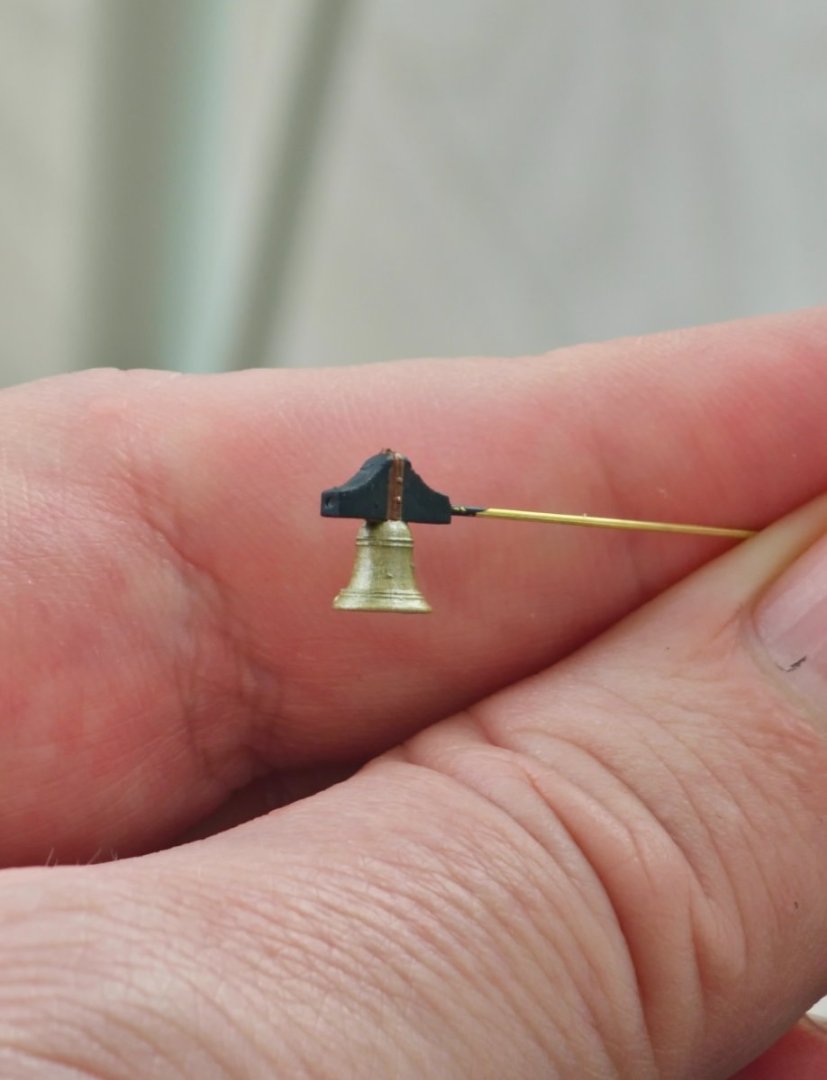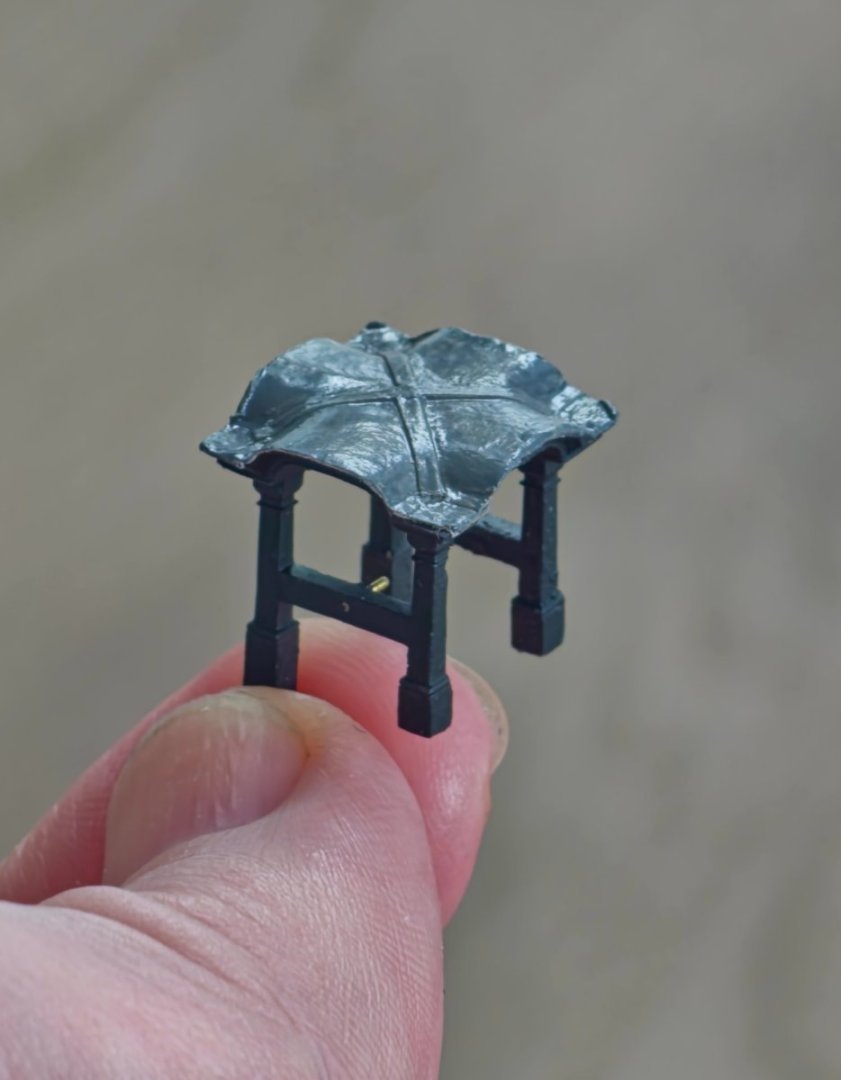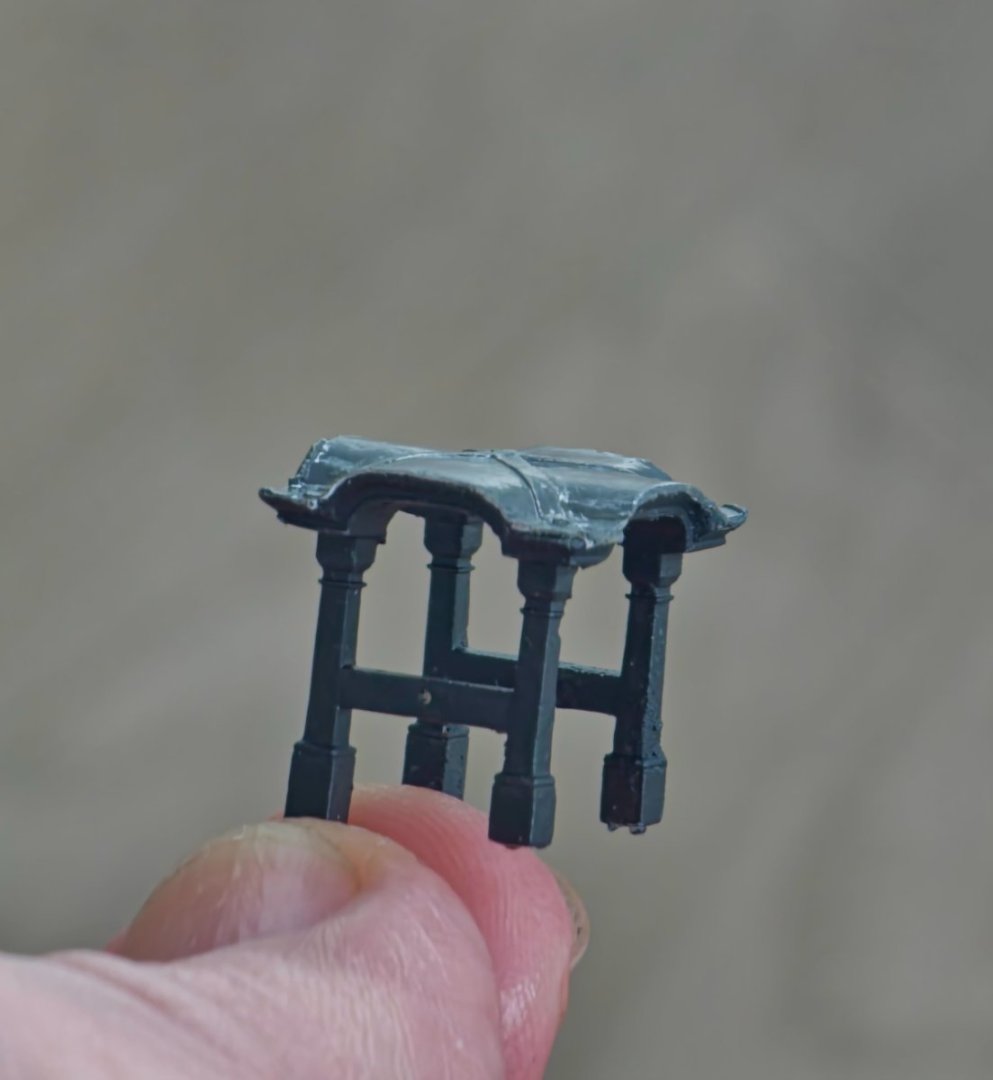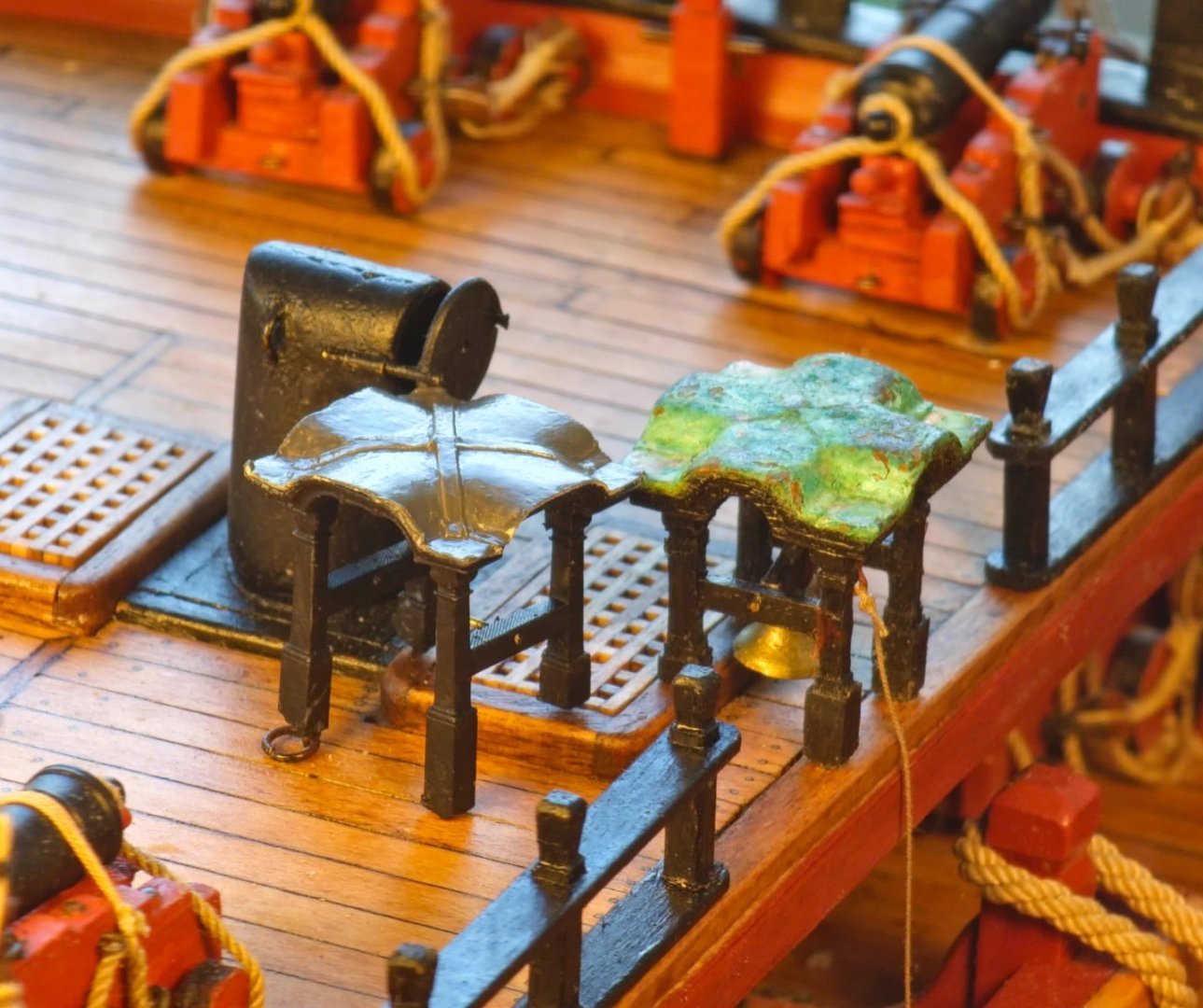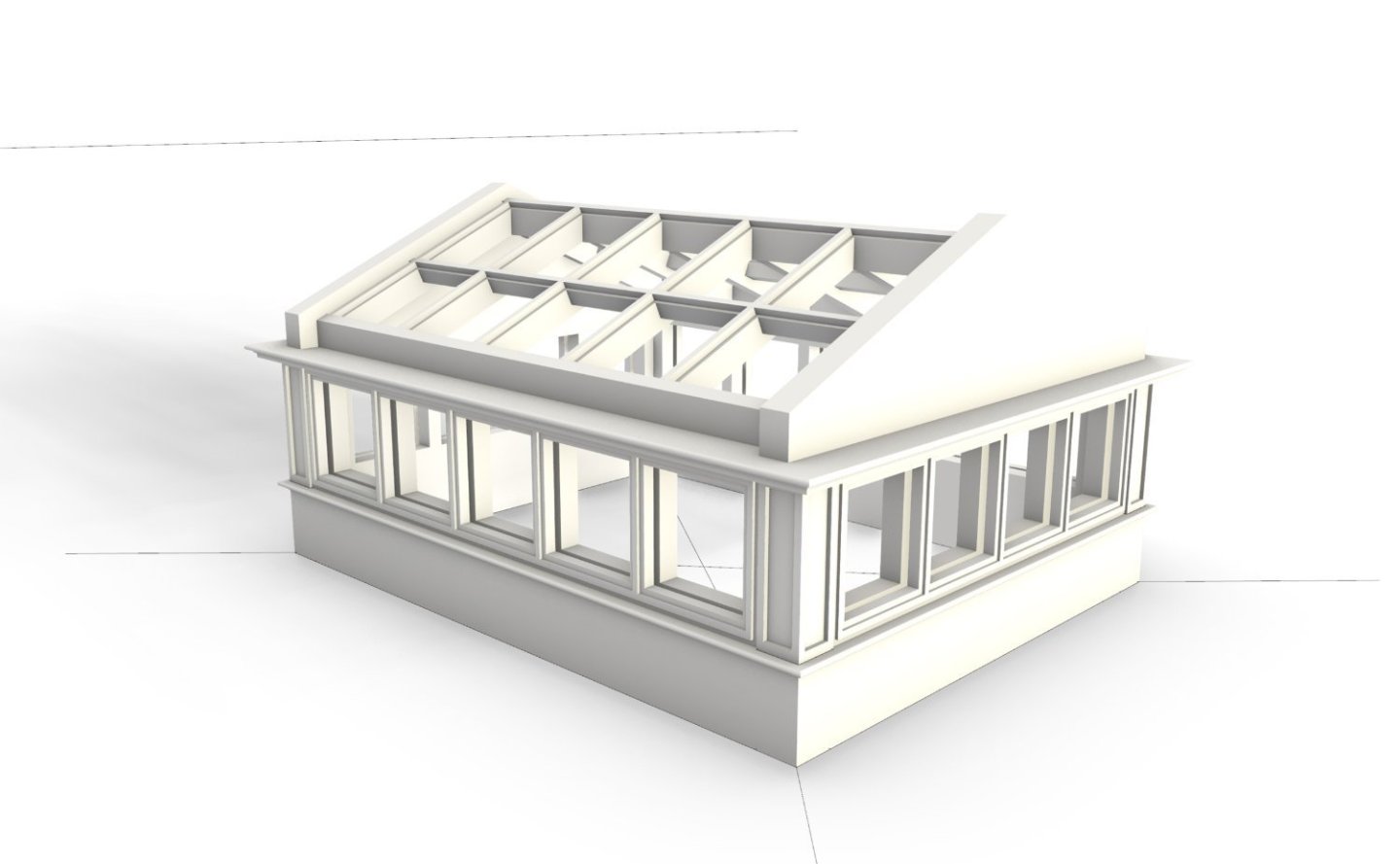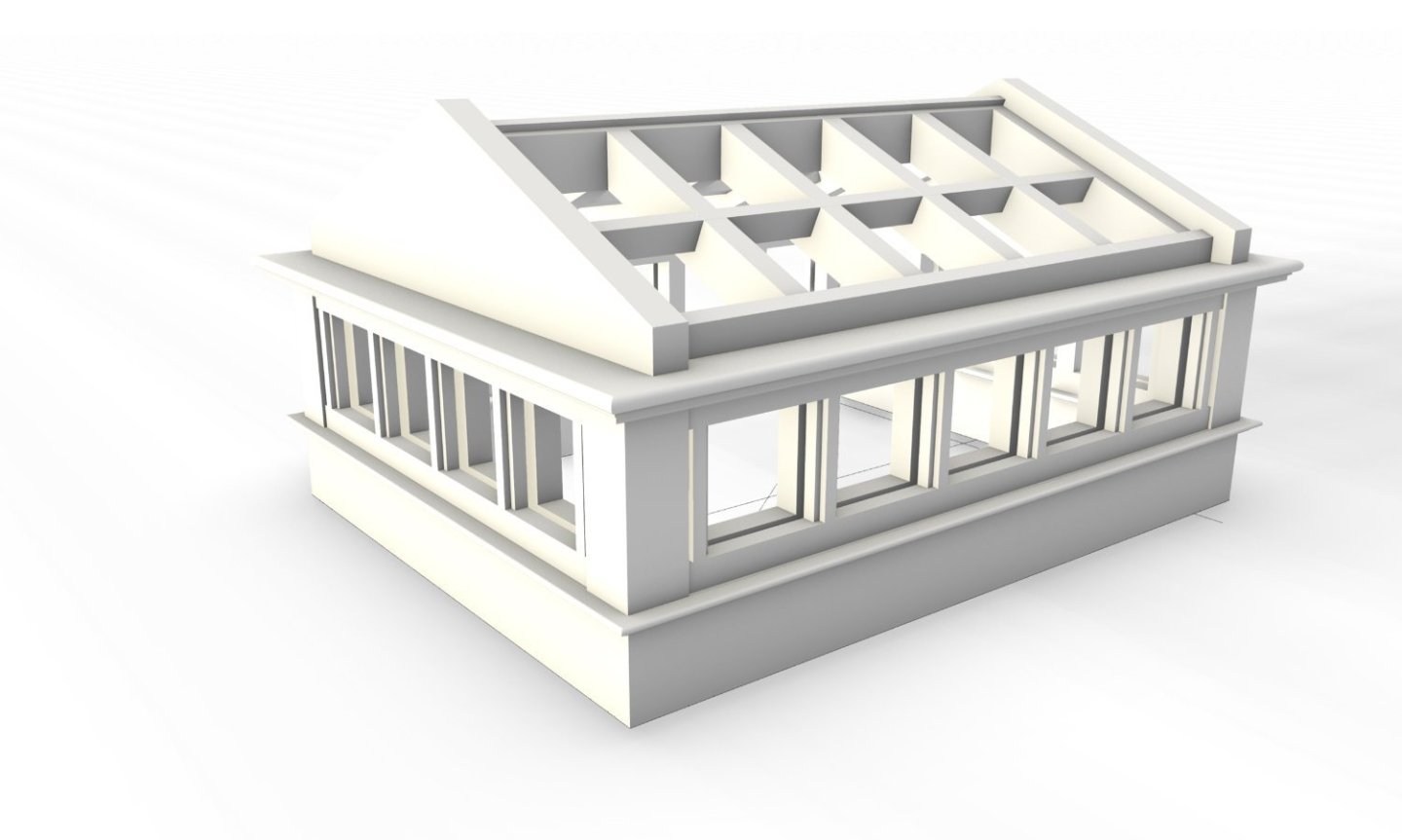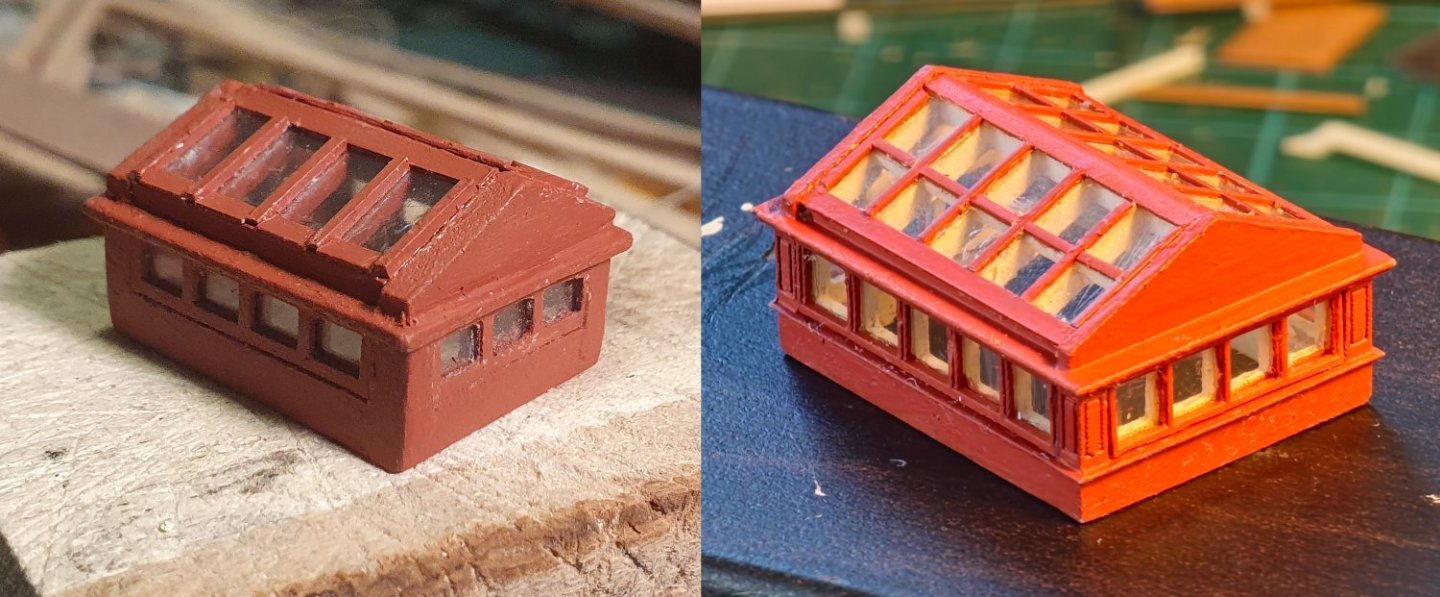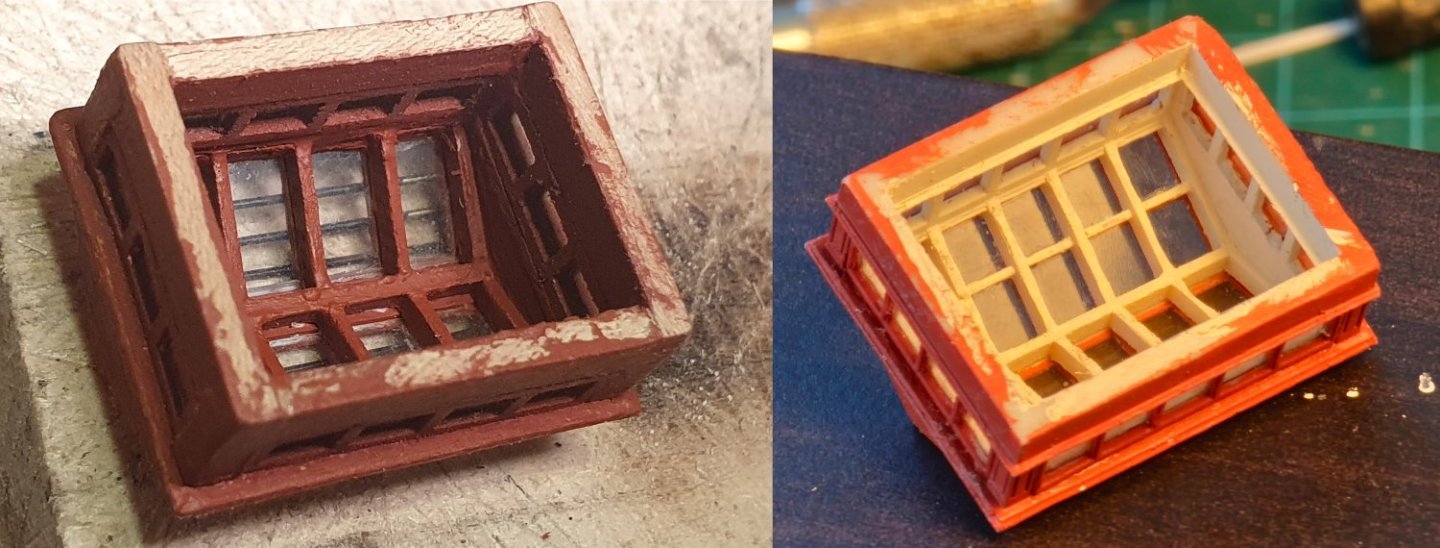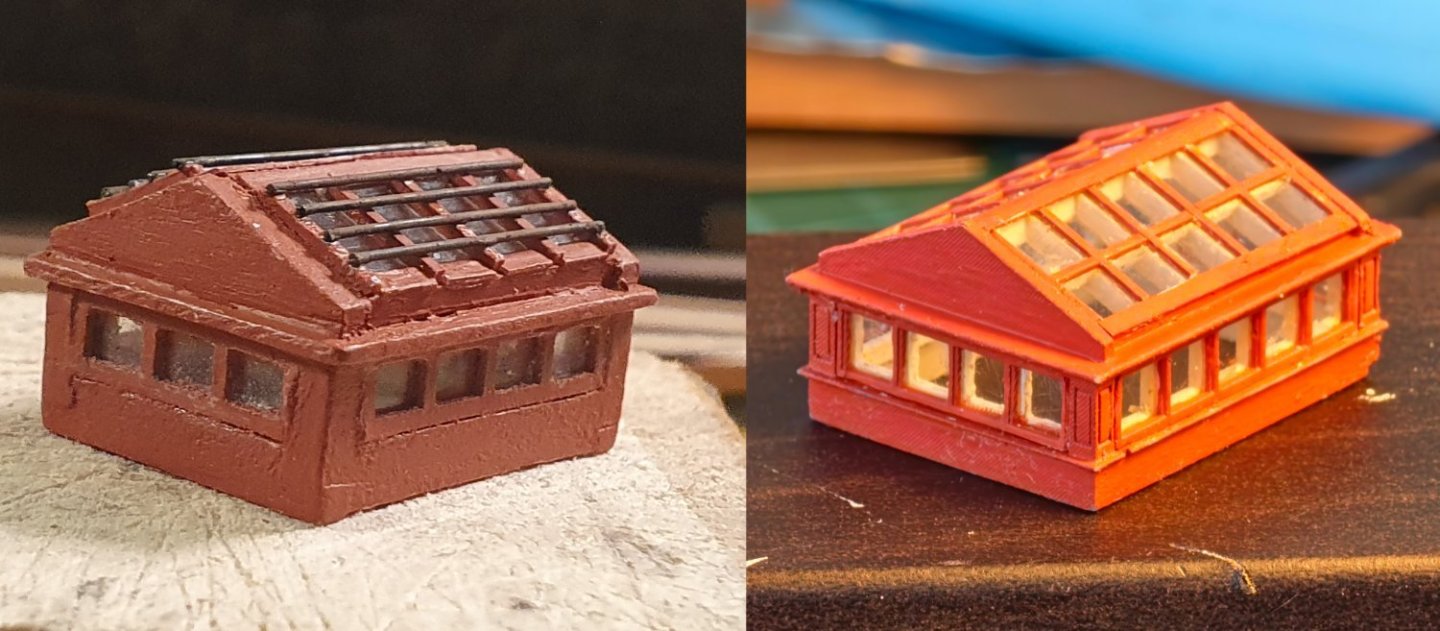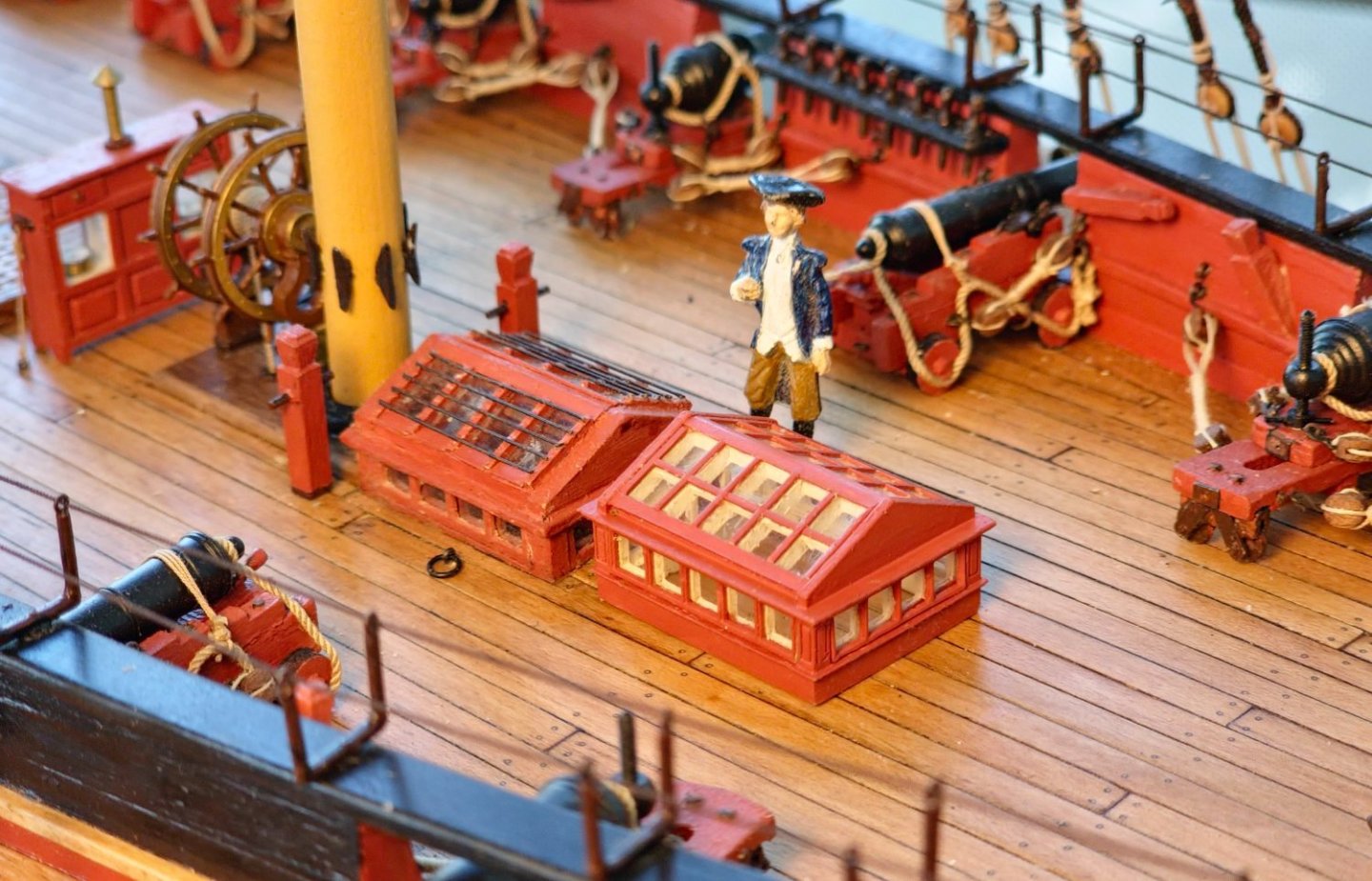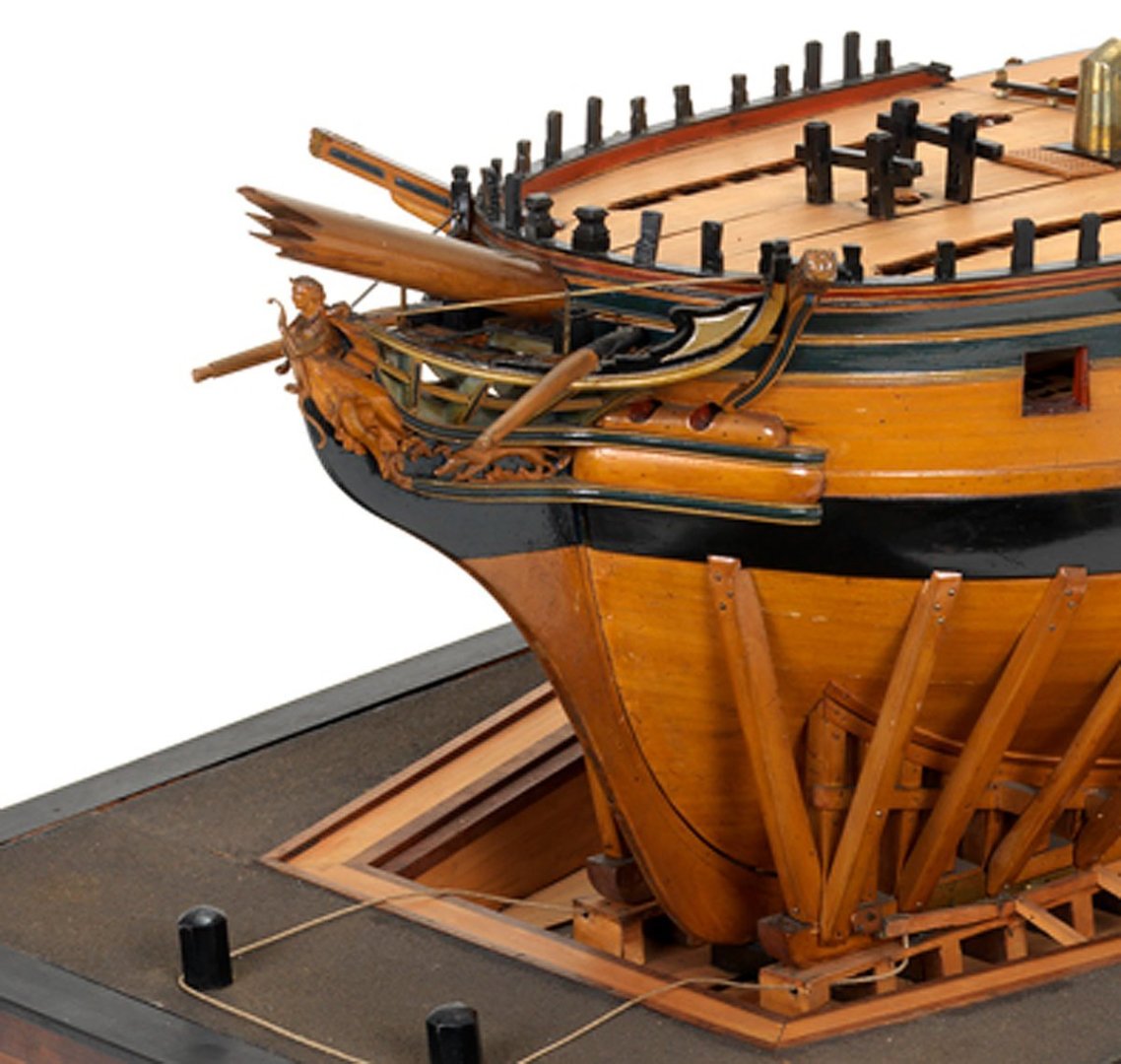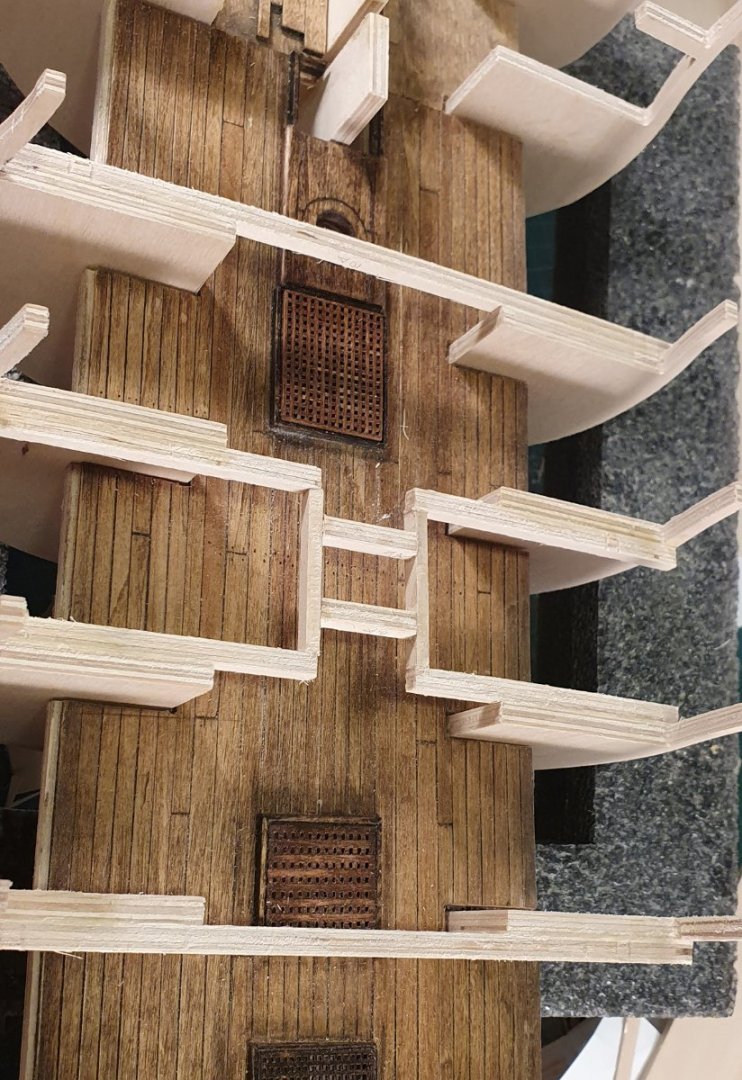
DavidEN
Members-
Posts
131 -
Joined
-
Last visited
Recent Profile Visitors
-
 DavidEN reacted to a post in a topic:
HMS Indefatigable 1794 by Blue Ensign - FINISHED - Vanguard Models - 1:64 scale
DavidEN reacted to a post in a topic:
HMS Indefatigable 1794 by Blue Ensign - FINISHED - Vanguard Models - 1:64 scale
-
 Beef Wellington reacted to a post in a topic:
HMS Jason by Beef Wellington - Caldercraft - 1:64 - Artois-class frigate modified from HMS Diana 1794
Beef Wellington reacted to a post in a topic:
HMS Jason by Beef Wellington - Caldercraft - 1:64 - Artois-class frigate modified from HMS Diana 1794
-
 DavidEN reacted to a post in a topic:
HMS Portland 1770 by scrubbyj427 - 1:48 - 4th rate 50 gun ship
DavidEN reacted to a post in a topic:
HMS Portland 1770 by scrubbyj427 - 1:48 - 4th rate 50 gun ship
-
 DavidEN reacted to a post in a topic:
HMS Indefatigable 1794 by Blue Ensign - FINISHED - Vanguard Models - 1:64 scale
DavidEN reacted to a post in a topic:
HMS Indefatigable 1794 by Blue Ensign - FINISHED - Vanguard Models - 1:64 scale
-
 DavidEN reacted to a post in a topic:
HM Cutter Alert by Thukydides - Vanguard Models - 1:64 - first build
DavidEN reacted to a post in a topic:
HM Cutter Alert by Thukydides - Vanguard Models - 1:64 - first build
-
 DavidEN reacted to a post in a topic:
HM Cutter Alert by Thukydides - Vanguard Models - 1:64 - first build
DavidEN reacted to a post in a topic:
HM Cutter Alert by Thukydides - Vanguard Models - 1:64 - first build
-
 DavidEN reacted to a post in a topic:
HMS Indefatigable 1794 by Blue Ensign - FINISHED - Vanguard Models - 1:64 scale
DavidEN reacted to a post in a topic:
HMS Indefatigable 1794 by Blue Ensign - FINISHED - Vanguard Models - 1:64 scale
-
 DavidEN reacted to a post in a topic:
HMS Indefatigable 1794 by Blue Ensign - FINISHED - Vanguard Models - 1:64 scale
DavidEN reacted to a post in a topic:
HMS Indefatigable 1794 by Blue Ensign - FINISHED - Vanguard Models - 1:64 scale
-
 DavidEN reacted to a post in a topic:
HMS Diana 1794 by DaveBaxt - Caldercraft - 1:64
DavidEN reacted to a post in a topic:
HMS Diana 1794 by DaveBaxt - Caldercraft - 1:64
-
 mtaylor reacted to a post in a topic:
HMS Jason by Beef Wellington - Caldercraft - 1:64 - Artois-class frigate modified from HMS Diana 1794
mtaylor reacted to a post in a topic:
HMS Jason by Beef Wellington - Caldercraft - 1:64 - Artois-class frigate modified from HMS Diana 1794
-
 Mr Whippy reacted to a post in a topic:
HMS Jason by Beef Wellington - Caldercraft - 1:64 - Artois-class frigate modified from HMS Diana 1794
Mr Whippy reacted to a post in a topic:
HMS Jason by Beef Wellington - Caldercraft - 1:64 - Artois-class frigate modified from HMS Diana 1794
-
 Alexander Bulimov reacted to a post in a topic:
HMS Diana by DavidEN - Caldercraft - 1:64
Alexander Bulimov reacted to a post in a topic:
HMS Diana by DavidEN - Caldercraft - 1:64
-
 DavidEN reacted to a post in a topic:
HMS Diana 1794 by DaveBaxt - Caldercraft - 1:64
DavidEN reacted to a post in a topic:
HMS Diana 1794 by DaveBaxt - Caldercraft - 1:64
-
 DavidEN reacted to a post in a topic:
HMS Diana 1794 by DaveBaxt - Caldercraft - 1:64
DavidEN reacted to a post in a topic:
HMS Diana 1794 by DaveBaxt - Caldercraft - 1:64
-
 Ian_Grant reacted to a post in a topic:
HMS Diana by DavidEN - Caldercraft - 1:64
Ian_Grant reacted to a post in a topic:
HMS Diana by DavidEN - Caldercraft - 1:64
-
 DonSangria reacted to a post in a topic:
HMS Diana by DavidEN - Caldercraft - 1:64
DonSangria reacted to a post in a topic:
HMS Diana by DavidEN - Caldercraft - 1:64
-
 DaveBaxt reacted to a post in a topic:
HMS Diana by DavidEN - Caldercraft - 1:64
DaveBaxt reacted to a post in a topic:
HMS Diana by DavidEN - Caldercraft - 1:64
-
 DaveBaxt reacted to a post in a topic:
HMS Diana by DavidEN - Caldercraft - 1:64
DaveBaxt reacted to a post in a topic:
HMS Diana by DavidEN - Caldercraft - 1:64
-
 DaveBaxt reacted to a post in a topic:
HMS Diana by DavidEN - Caldercraft - 1:64
DaveBaxt reacted to a post in a topic:
HMS Diana by DavidEN - Caldercraft - 1:64
-
 Thukydides reacted to a post in a topic:
HMS Diana by DavidEN - Caldercraft - 1:64
Thukydides reacted to a post in a topic:
HMS Diana by DavidEN - Caldercraft - 1:64
-
I foolishly stopped working on the model and I have had a real problem starting up again. This is the second time I have fallen into that trap. I should have learnt my lesson the first time. To get back into the swing of things I decided to have another stab at my nemesis, the 18ft cutter (jolly boat). I think that I am into double figures with my jolly boat attempts. I have picked up a thing or two from the previously discarded prototypes so I went back to the CAD model and made some modifications. I found that trying to insert the individual futtock heads into the formwork was a real pain so I joined them all together at the top with a sacrificial beam and then modified the formwork so that it could accept these beams which will allow the futtocks to line up with relative ease and they will hopefully remain evenly spaced. I went out and purchased some engineering grade resin to try and overcome the failure of the futtocks when releasing from the support structure. I found that it is advisable to put off the curing stage until later as this gives the material some additional flexibility and reduces the chance of sudden fracture. It is more of a faff to use as the model must be cleaned with alcohol rather than water. Once printed out I married the two components together and installed the wash strake first to overcome the futtock distortion problem I previously encountered. I then placed the rest of the keel, garboard stakes, and continued the rest of the planking in my usual haphazard manner. I start out with the best of intentions but soon lose my way. I had some real problems at the pointy end but I realise where the mistake lies and could modify the CAD model to mitigate this in future builds. I decided to just press on with this one as I could not face starting again. The good thing about the new sacrificial beam design is that I can remove the model from the formwork from time to time to see how it is looking from the inside. Not great to be sure mainly due to my munificence with the CA. Despite deploying the engineering grade resin, the dimensions of the futtocks give them the same structural integrity as the bones of a well boiled kipper and they snap off at the slightest touch. I had to replace some parts by organ harvesting from previous model prototypes but I am hoping that a thick layer of paint will keep everything intact. I gave the exterior of the hull a few coats of acrylic paint. I have fallen into the trap of going for a too white paint but I used something called parchment this time. I think I could probably go for one more shade shabbier, which was linen, as it still looks quite bright to my eye but that will hopefully dull over time as it picks up dust and grime from constant handling. I continued my tradition of the admiralty blue identification stripe and added a rubbing strake picked out in white to give it a racy feel. I kept the washboards in a natural walnut finish rather than carrying on with the blue just for some visual interest. For the interior I started off by laying down a few coats of light ochre colour. I found this in the model figure painting section of the hobby shop and it is apparently the colour of the bones of some mythical beast but it had a nice utilitarian look although I was rather taken with the light blue that BlueEnsign used in his pinnace on his Indefatigable build. I was not happy with the grating that I had 3d printed as the perimeter timbers were too wide. The geometry is quite complicated as it needs to fit snugly in the as-built space but I bit the bullet and redrew these to come up with something that was closer to the drawings shown in the AOTSD. I used maple for the keelsom and footwalling. I left this a natural colour with a golden oak stain to highlight the complicated planking layout that took me a while to achieve although the joints are messy and the shape somehow got distorted. This position of the footwalling was the whole reason for embarking on the jolly boat journey as it was sitting too high in the kit supplied version with no way of lowering it. Thwarts, knees, sternsheets, risings, gunwales and decking were all made from the golden oak stained maple to match the rest of the interior timber work. This also ties into the deck colour of the ship so it hopefully does not stick out like a sore thumb. I slightly bumped up the thickness of the thwarts over the dimensions shown in May as the scaling down of this element caused it to appear too insubstantial. I added ringbolts and other bits and pieces. I 3D printed the mast clamp as it is a very delicate piece. I even had to exaggerate some of the dimensions as the dimensionally accurate one was so fragile that it tended to crumble to dust in my fingers. I 3D printed some oars with a view to making them out of timber but once I had them in my hand, I realised that they are too delicate and would therefore be too frustrating to construct from any of the timber in my stock. For fiddly pieces that need to be produced in multiples, the 3D printing process is so much easier. I used the dimensions from Steel based on the 6ft breadth of boat but the length of the oar at 19ft turned out to be longer than the boat which was not what I expected. Further investigation revealed that the oar size can be in a range of 2.5 to 3.5 times the breadth of the boat. I noticed in May that he states the oar length for an 18ft cutter should be 14ft. This is however for a 19th century boat. I knocked out some a few 15ft examples for comparison, as they do not take that long to draw, and I am much happier with the proportions. I made the looms round as Steel notes these were often made round for the ship’s boats. Along with the oars there are other bits and bobs scattered about the boat. One of these is the anchor. Quite a while ago I had purchased the smallest grapnel anchor that I could find on the CMB website. This was a 20mm long version. I had to rummage around before I managed to locate it in the back of a drawer. I glued it together and tossed it into the boat and found out that it was much too large. I drew something up on the computer loosely based on the drawings and dimensions in Steel. I went with the four flukes rather than the five fluker he has drawn (and he does note both are acceptable). Even the slimmed down version was probably too big for the jolly boat and more suited to the pinnace. I scaled the original down in two stages based on what I thought might survive the printing process and came up with three different sizes. Steel notes that the weight for these anchors ranges between 112lbs to 30lbs. An advantage of working in CAD means that I could get the volume of the model and thus calculate the scaled-up weight. The three versions I produced theoretically weigh 106bs, 78lbs and 54lbs which puts them right in the ballpark. For the jolly boat I plan to use the smallest of the three. While this is not down to the 30lb weight, the anchor is so insubstantial that when I had an ant infestation in my workshop the other day and I was worried that they might carry it off to decorate their burrow and I would never see it again. According to Steel the anchor rope is just under an inch in diameter and 40 fathoms of long. This scales to about 0.37mm in diameter and over a metre in length. In an attack of frugality, I decided to only equip my jolly boat with 20 fathoms of anchor rope, which still looks like a lot. I just need to practice making a convincing looking rope coil that stays in place which is a skill that I have yet to master. I repurposed the rudder from version X and. I guess the rudder should be stowed in the boat until it is deployed so I may not fix it in place. I have yet to decide on which route to go which will determine how I construct the rudder fixings so I will leave that for now and stick it in place using blu-tak for the time being. The finished boat is the best one of my prototypes to date. There is still room for improvement but I am going to call it a day on the jolly boat odyssey as I have, more or less, achieved the goal of producing something that is a bit of an improvement on the kit supplied item. It is high time that I returned to the ship itself. I have made a real botch in the rigging department and will have to get busy with some dismantling work.
-
Thanks Ian. When I was buying the printer, I noticed that they had some laser cutters on display and I was sorely tempted however I do not need one to finish this model and to be fair I have also run out of counter space for equipment. I am going to have to redesign my workshop layout before buying one. Regards, David
-
Not much of an update but after idling my time away playing with the printer and then doing nothing for a month, I felt in need of building something using tools. Nothing too ambitious mind you which ruled out the yards. I had a notion to display one of the ships boats being hoisted aloft in the rigging as though it was being launched. If I did, I thought I should include some cargo for added interest. A few barrels sprung to mind as the ship’s boats were often used to ferry barrels ashore to be replenished with fresh water. Lavery notes that the ships were provisioned with 6 month’s worth of food but only 3 months of water meaning the captain would have to stop off near some handy water source to fill up his barrels. May has a copy of a contemporary drawing showing a 33ft launch filled with 14 leaguers. These are the largest standard barrel carried and have a capacity of 150 gallons. I have often wondered why only some thwarts have knees and it seems that those without are removable to allow the loading of cargo. The whole arrangement looks somewhat like a theoretical maximum as I cannot imagine it would be all that easy to pilot that boat through heavy seas with that amount of cargo. At least it gave me a dimension for the barrel which was a start. Lavery has a handy contemporary drawing showing the placement of casks in the hold of the frigate Artois, sister ship to the Diana. This shows that it did indeed carry leaguers and confirmed the dimensions shown in May. Given the leaguers dimensions of 4ft. 6in. height and a diameter of 3ft. round the middle I started off with a 15mm diameter beech dowel. This was inserted in the lathe and then reduced to a 14.2mm diameter and divided up into five 21.4mm sections in the hope that I would get at least one barrel out of the five. I then bevelled the ends at 7.85 degrees. This was the first failure as the markings on the lathe that I thought were degrees turned out not to be. Angle corrected I proceeded with the rest. These sharp angles were then softened into a barrel shape with sandpaper. I scored lines along the length of the barrel using a scalpel to imitate the staves. There should be upward of 30 staves to a barrel but as the beech was quite hard, I only included 15 as it was tricky to accomplish and you are guaranteed to jab the scalpel into your palm every 12 or so staves. I milled out grooves to countersink the metal hoops which I made from styrene strip painted black. A recess was milled in the top and bottom to simulate the lid and I rubbed charcoal dust into the stave grooves to give them more prominence. I gave the barrel a stain of walnut and stuck in a cut off toothpick for the bung. Once it was placed into the Jolly boat prototype the crew were heard to comment that they needed a bigger boat. There is a drawing in Lavery that shows a layout of a launch carrying 12 of the smaller butts which are only 108 gallons. They note that a first rate launch can carry 14 butts but a third rate only 12. I decided that perhaps butts were the way to go. I found a table in Steel where he gives the overall dimensions of the various types of casks stored on a ship so I used these for the smaller barrel which turned out to be 20.6mm in length and 12.9mm diameter around the middle. As the beech dowel was quite hard to work with, I used a different wood for the butts. I found it in a drawer so I do not know what the timber was but it was a lot softer. Probably too soft. It was easier to score the grooves for the staves though so I increased the number to 24. The barrel was made pretty much the same way as the leaguer but I used a smaller styrene strip for the metal hoops. I really needed something a bit smaller and thinner but they do not seem to make strip of the dimensions I required and cutting them out of larger sheets proved to be too frustrating and inconsistent. The end result was a bit shaky but sat more comfortably in the Jolly boat so should be even better in the launch if I ever get round to building it. I do not think that twelve casks would be all that practical though and a rough measure with the scale rule would seem to suggest that six is crowded enough.
-
Well done David. It is an impressive addition to the room. I like the way you have incorporated your reference books into the display. Your build log has proved very to me as it has to others I am sure. Regards, David
- 302 replies
-
- Diana
- Caldercraft
-
(and 1 more)
Tagged with:
-
Still dithering about with the Jolly Boat. I eventually bit the bullet and splashed out on a new resin 3D printer. I got the Elegoo Saturn 3 Ultra 12k and the Anycubic Wash and Cure. Not a great amount of research went into this as it was the only one that was available in the store at the time. I think that it is a fairly good machine though and should be more than good enough for my needs. I am now feeling like one of those old dogs that is forced to learn some new tricks as I try to work out how to produce an acceptable print. You know you are in for a whole lot of pain when all the articles you read start off with the phrase that resin printing is more art than science. The first foray into the resin world was not a great success. I thought that I should have a stab at the Jolly Boat as it was this that caused me to buy the set-up in the first place. I thought I should take some advantage of the new capabilities and try to print the entire set of futtocks and keel at the same time thereby saving myself a few assembly steps. I had to revisit the CAD model and put it together virtually so that it was a complete structure rather than an assemblage of parts. I also took this opportunity to thin the futtocks down from the chunkier versions that were necessitated by my previous printer. I modified the detail around the sacrificial tabs so that I could snugly fit the wash strake from the get go and hopefully prevent the futtock non adherence issue I encountered in my previous prototype. The finished model was exported and imported into the new slicer program. I then had to try and orient the model to ensure a successful print and achieve the optimum print quality and support location. I suspect that this stage along with the myriad of settings is where the art lies. Once all that was out of the way I transferred the file over to the printer, loaded resin, pressed start, and went out for a beer as this is not like a paper printer where the result shoots out in seconds. Several hours later I went back and it looked like a mess of spaghetti but I could discern a model amongst the support structure. Then it was over to the wash station and after that was finished it got a quick blow dry using the airbrush and I then had it rotating in the cure station like a midnight kebab. After removing the supports and giving it a cleanup, it was ready for comparison with the previous version. The resin print is a lot sharper and the ability to produce results on a much finer scale is commendable. I wish I had access to this a couple of years ago. I would have improved the resolution of a lot of the details where I had to compromise due to the limitations I was labouring under. Unfortunately, the futtocks are so delicate and, while the material has some flex, it is very brittle. I snapped off a whole lot while trying to free the frame from the support structure. I have subsequently found out that I would have had a better chance if I had removed these supports before curing but I need an alternative method as the futtocks are too small to be glued back on and just one failure would set me back. I also noticed the keel does not possess the required stiffness a keel should possess which may result in some unwanted distortion. I replaced the lower section with some walnut which solved that issue. I did some googling and found out that there are other resins available that have different structural properties. I have sourced one that is for engineering purposes and seems to have better performance specifications although I think that the cross-sectional area of the futtocks is too small to be completely resistant to sudden fracture but it should give me a fighting chance until the planks are in place. Before heading out to the shop for new resin I thought that I might try and hone my skills by printing out various other bits and pieces of deck furniture that I have already constructed namely the barricade, belfry, and skylight. This will give me an idea of what is and is not possible and how much detail I can include before it becomes invisible at the scale I am working with. As these are structures that I have already completed I will have something available for comparative purposes. I had a go at drawing these up and then running them through the printer. The speed of the print is determined by the vertical travel distance so I can cram in a whole lot into the horizontal footprint of the print bed without affecting the print time. The pre-print drawing does look like a tornado travelling through an antique shop though. The first element that I attempted was the quarterdeck barricade. I had already built a CAD model of this but I needed to do some work on this to make it printable. It came out OK with fine a lot of fine detail preserved. I am not sure if I will swap this out as I have grown fond of the crude homemade workmanship of the original. Another piece that seemed to be suited to the printing technique was the belfry. This led to more CAD work based on a combination of the drawings in the AOTSD, details from the NMM plans, photographs of the HMS Victory belfry and my own interpretation. I could have printed this all out in one model but I decided to split out the bell beam and the bell so that I could introduce a more natural joint. I drew up two versions of the Bell. One as per the AOTSD and the other with more exaggerated articulation as I did not think that the original detailing would show up at the 1:64 scale which turned out to be true. I should have also increased the wall thickness of the bell as the printed version was so thin to cause it to collapse under its own weight. The first print of the belfry was not bad in terms of the detail included but the roof looked a bit flat so I exaggerated the proportions slightly for the second go around. I had used copper sheathing on the roof of my original timber attempt but I was never happy with the scale of the patina that I ended up with. For this version I decided to go with a lead sheathing. While the current HMS Victory belfry appears to have copper, I suspect that they would not have been that extravagant back in the day and lead would have been the go-to material. Not having access to suitably thin lead I tried to mimic it using stainless steel sheet but that was hard work so I resorted to plain photocopy paper that I painted grey to try and look like lead. I cannot show a photo of the bell in place as I shattered the bell beam trying to force the brass supporting rods into holes that were slightly too small. The material does not have the forgiving flex of styrene. The other piece that I was never happy with was the skylight on the quarterdeck. My first effort was quite clumsy as I could not get the members fine enough. I have not been able to find any detailed drawings of an 18th century skylight so I had to rely on descriptions in Lavery as well as what can be seen on HMS Victory and HMS Trincomalee. I used a lot of artistic licence and treated it as a bit of a test bed by introducing some articulation. This was to make it look more like a joinery item and to see how small I could go before the details become invisible to the naked eye. The first prints did not work as the gap that I had left for the glazing closed up during the printing and the mullions were too thin to maintain structural integrity. I redrew this using thicker sections and a new method for incorporating the glazing by printing the entire frame assembly in two separate pieces with the glass sandwiched in between. The new chunkier sections are not a million miles from the sizes I used in the existing model. The 3D printed version has a lot more detail than the original and has a bigger glazed area so that it might be possible to get merest of glimpses to the deck below so I may go ahead and swap this out. There are visible details at 0.2mm which is finer than I can manage using traditional techniques. I seemed to have lost a lot more time while faffing about with my new toy so I should really get back to working on the model as it has been stalled these past few weeks.
-
Head Rails
DavidEN replied to DaveBaxt's topic in Building, Framing, Planking and plating a ships hull and deck
Hi Dave, It is present on two of the contemporary models of the Diana. I carved mine out of a block of timber but it was quite a tricky piece and it took a coupe of goes before I ended up with something that I could just about live with. Beef Wellington's is the one to aspire to. Regards, David -
The beams are offset from the frames as they are glued to the sides of the bulkhead rather than on top as shown in the photo below. It is how they are meant to be installed as per the instructions so it should not be a problem. I did modify my beams though so that they did not run through the hatch openings but that would be hard to achieve in your case with the deck already installed. Regards, David
About us
Modelshipworld - Advancing Ship Modeling through Research
SSL Secured
Your security is important for us so this Website is SSL-Secured
NRG Mailing Address
Nautical Research Guild
237 South Lincoln Street
Westmont IL, 60559-1917
Model Ship World ® and the MSW logo are Registered Trademarks, and belong to the Nautical Research Guild (United States Patent and Trademark Office: No. 6,929,264 & No. 6,929,274, registered Dec. 20, 2022)
Helpful Links
About the NRG
If you enjoy building ship models that are historically accurate as well as beautiful, then The Nautical Research Guild (NRG) is just right for you.
The Guild is a non-profit educational organization whose mission is to “Advance Ship Modeling Through Research”. We provide support to our members in their efforts to raise the quality of their model ships.
The Nautical Research Guild has published our world-renowned quarterly magazine, The Nautical Research Journal, since 1955. The pages of the Journal are full of articles by accomplished ship modelers who show you how they create those exquisite details on their models, and by maritime historians who show you the correct details to build. The Journal is available in both print and digital editions. Go to the NRG web site (www.thenrg.org) to download a complimentary digital copy of the Journal. The NRG also publishes plan sets, books and compilations of back issues of the Journal and the former Ships in Scale and Model Ship Builder magazines.

